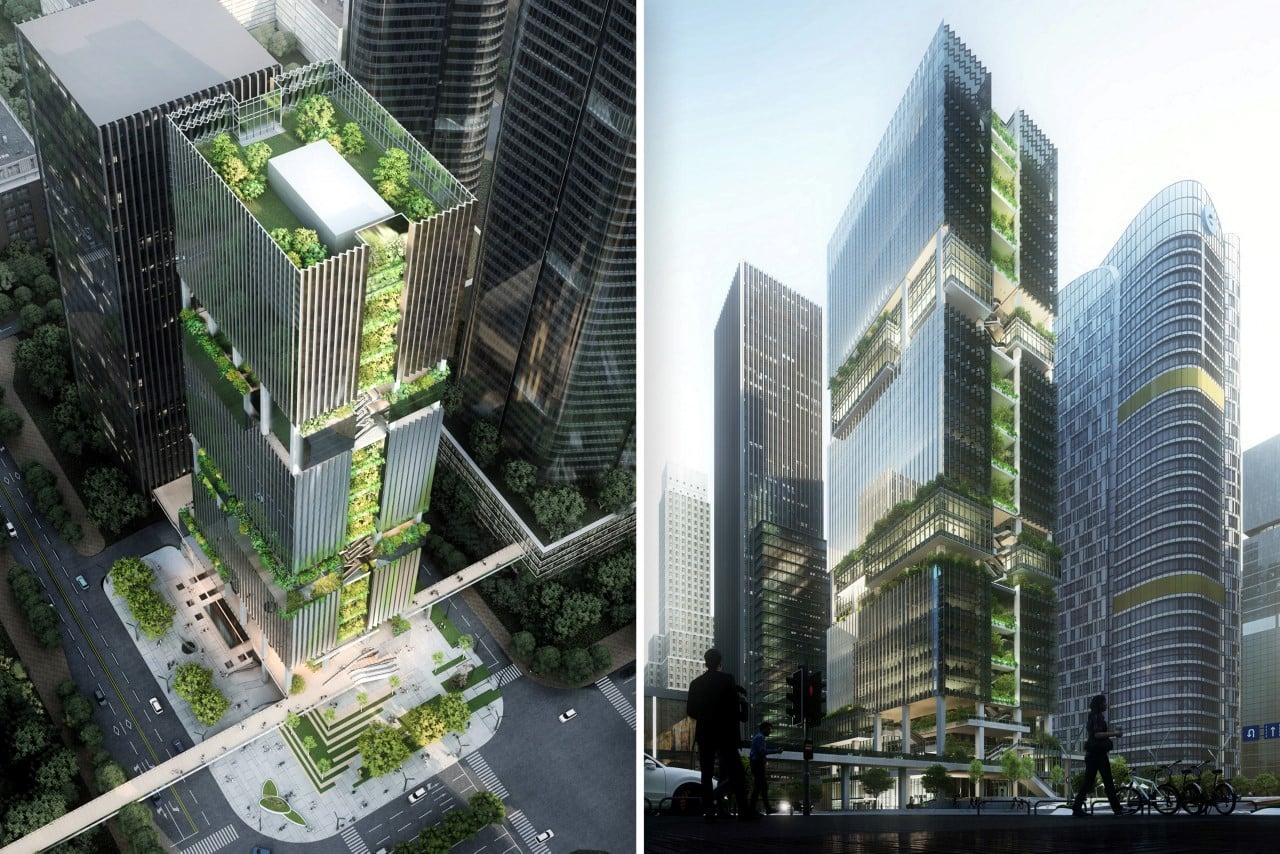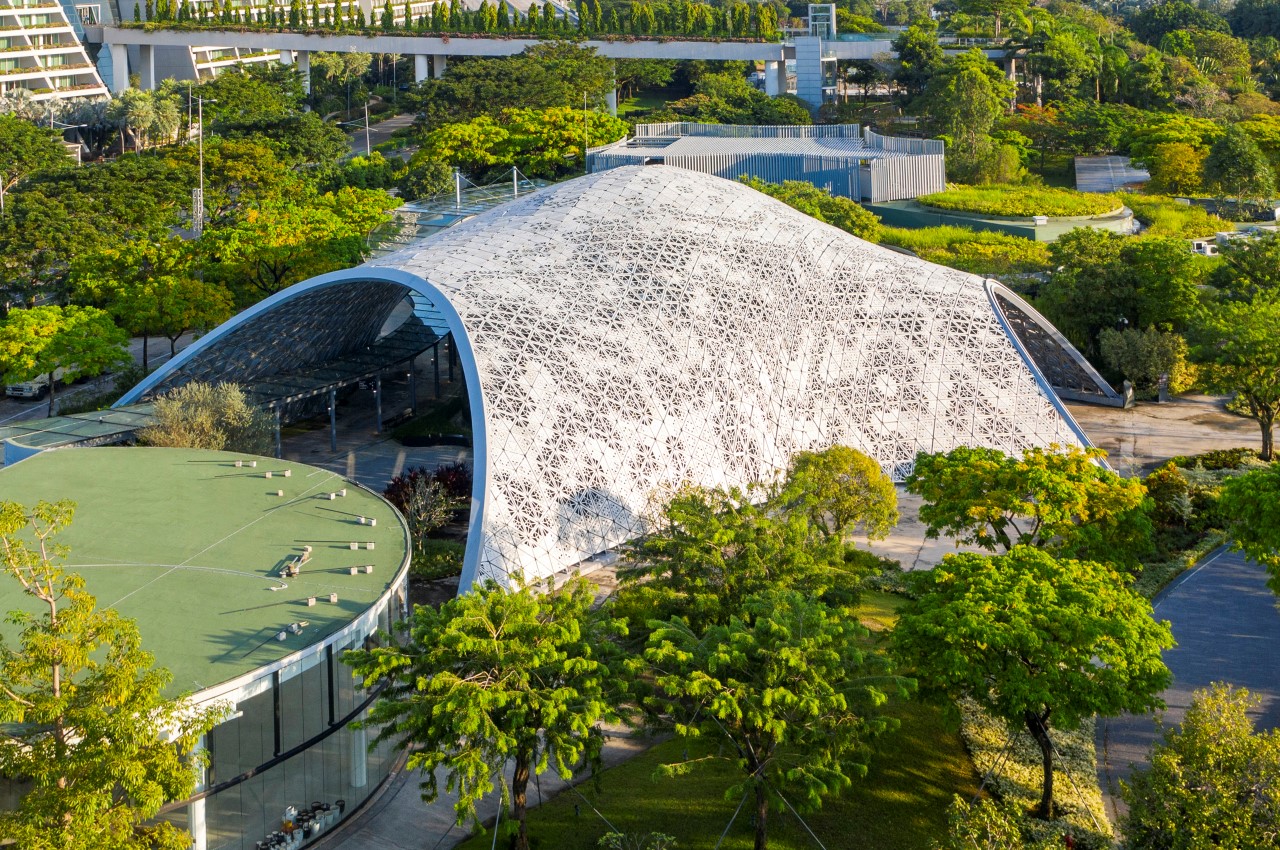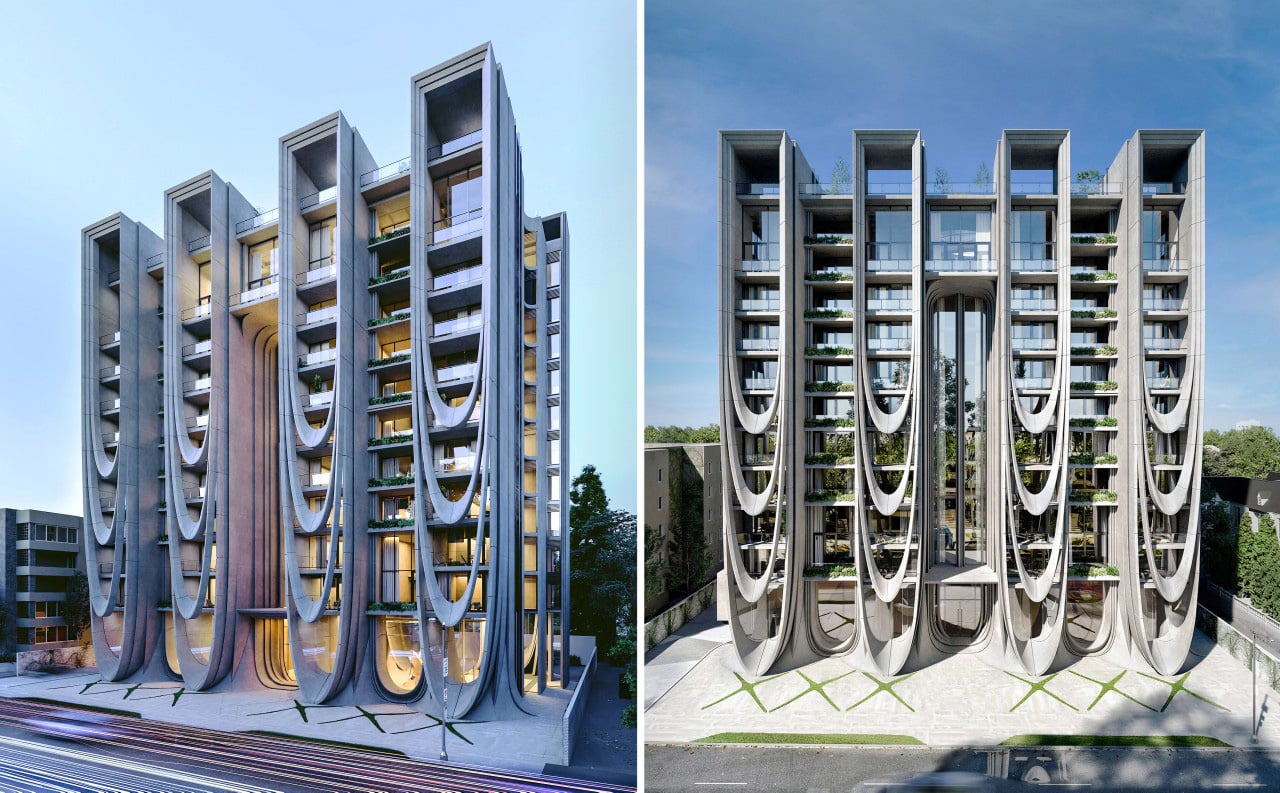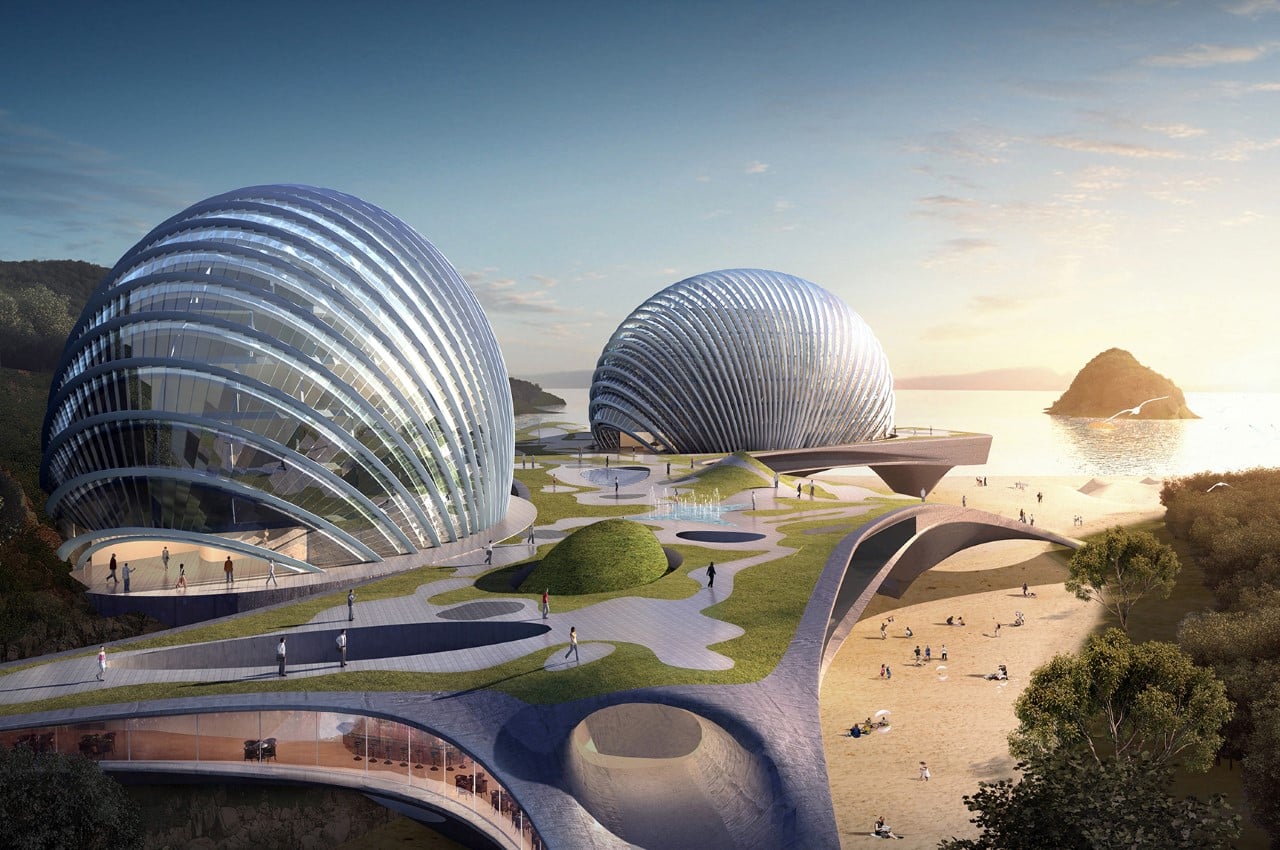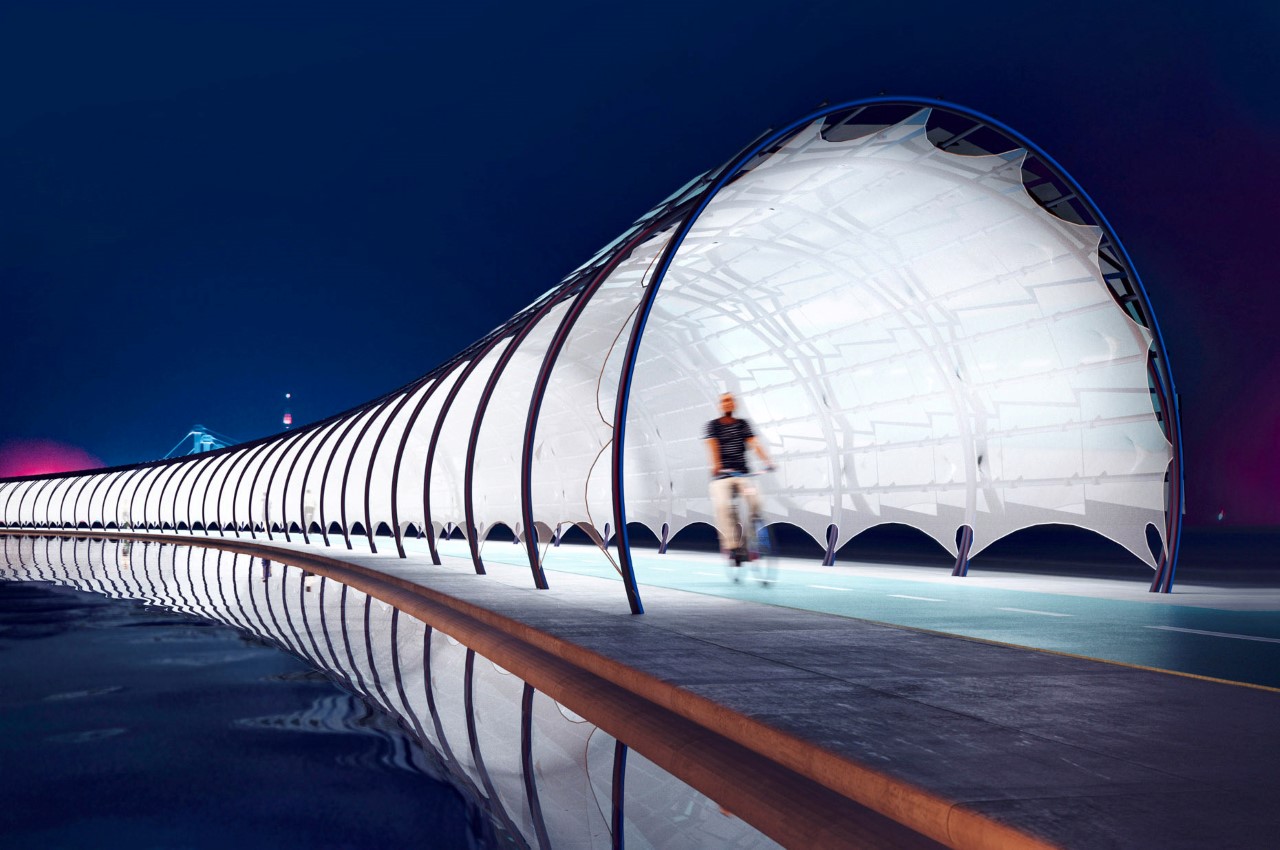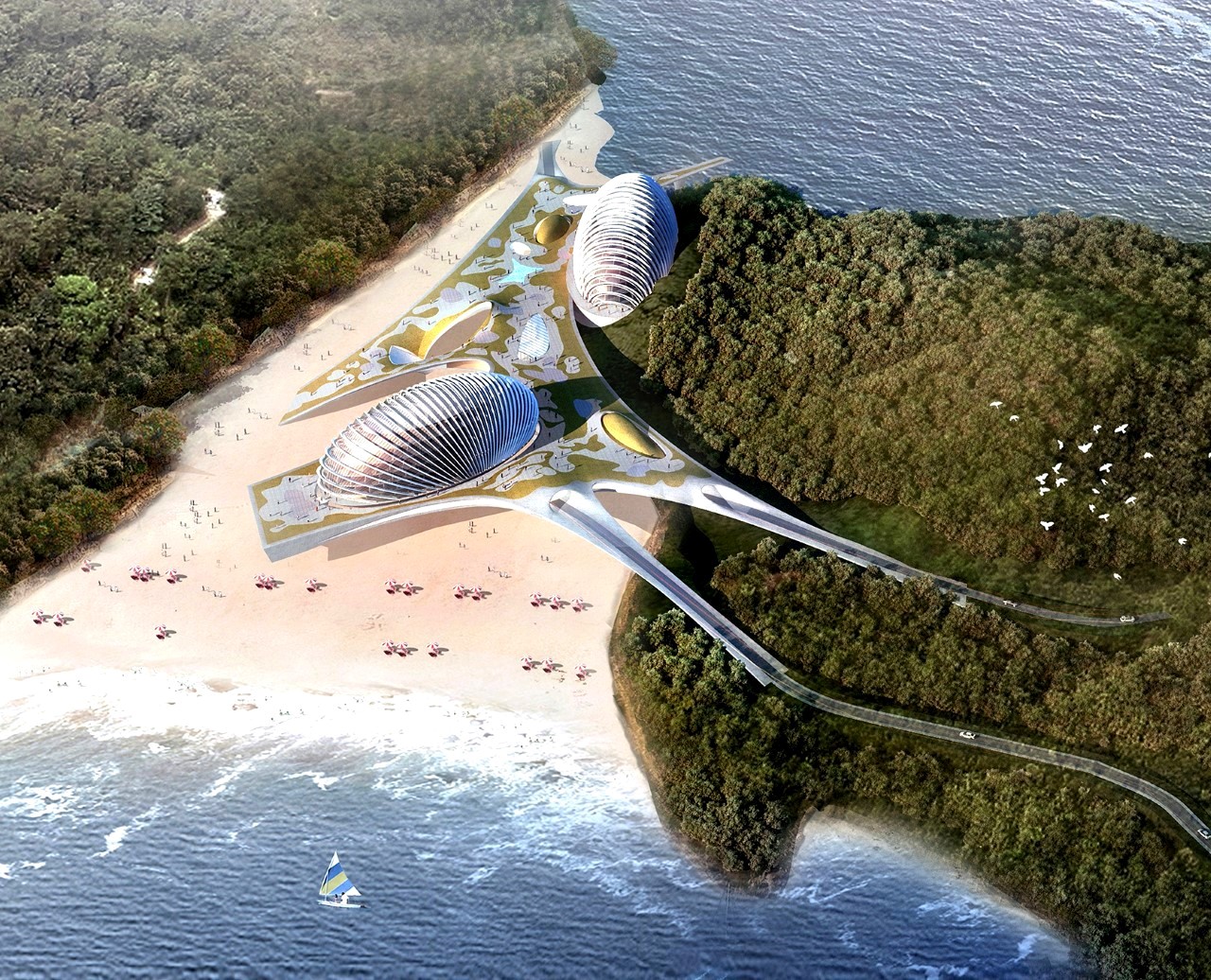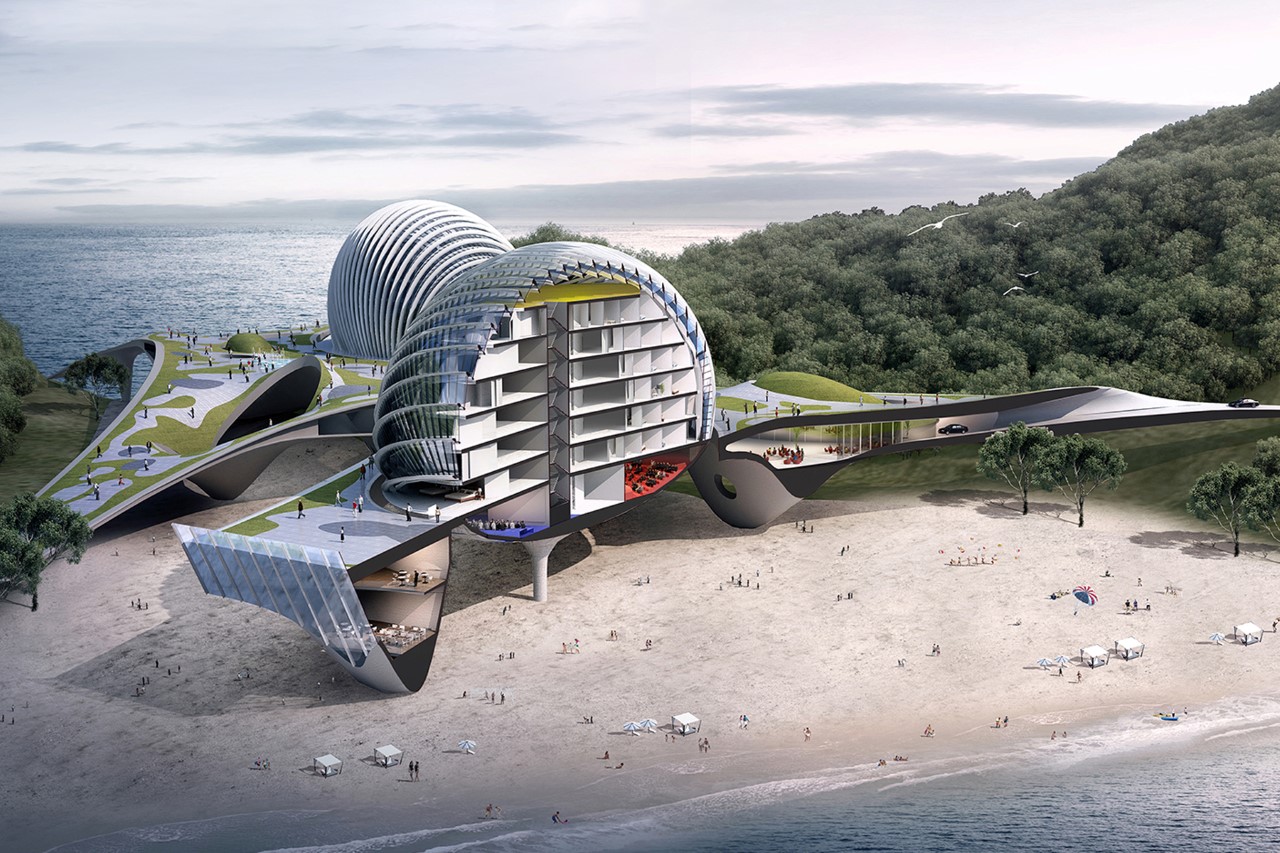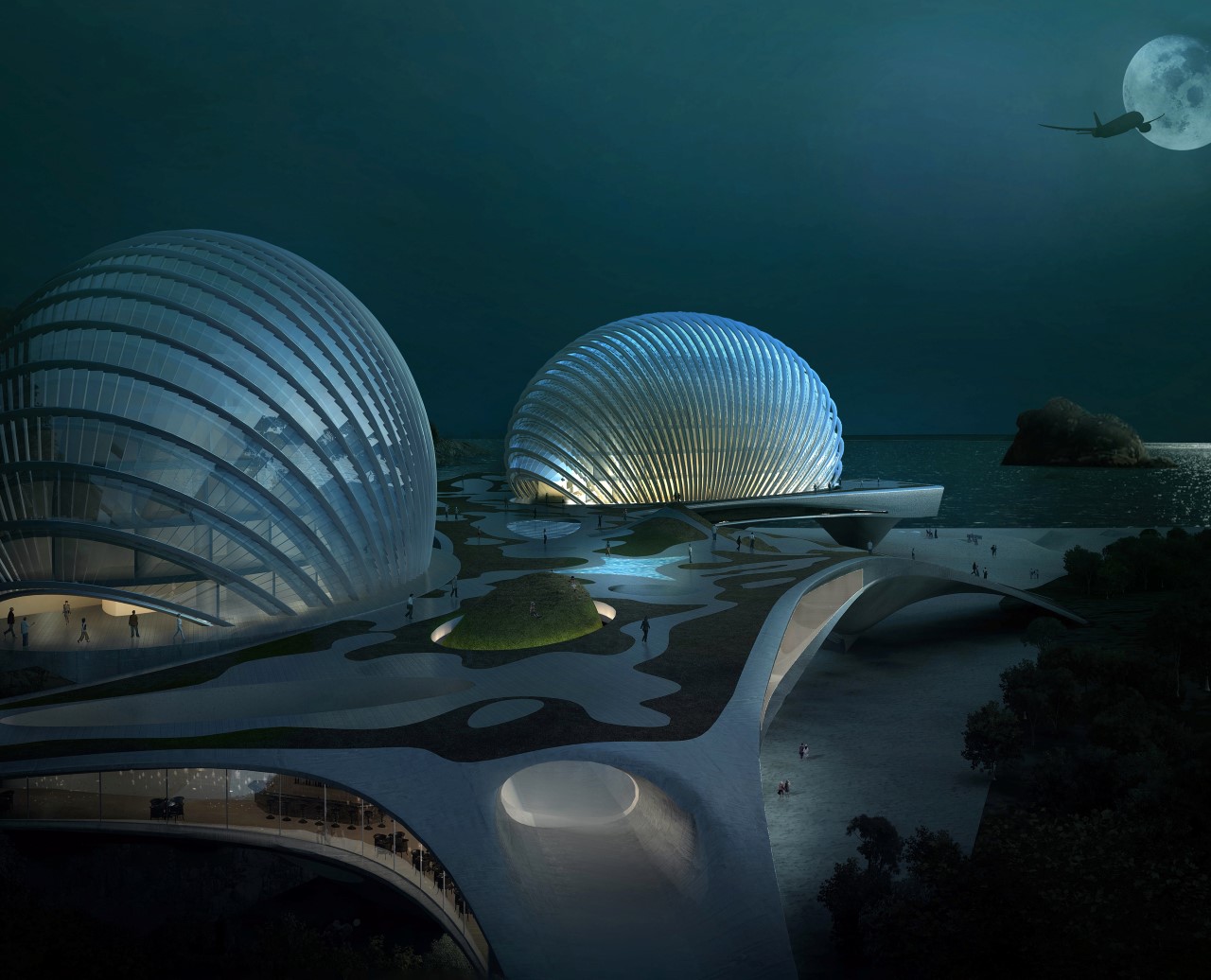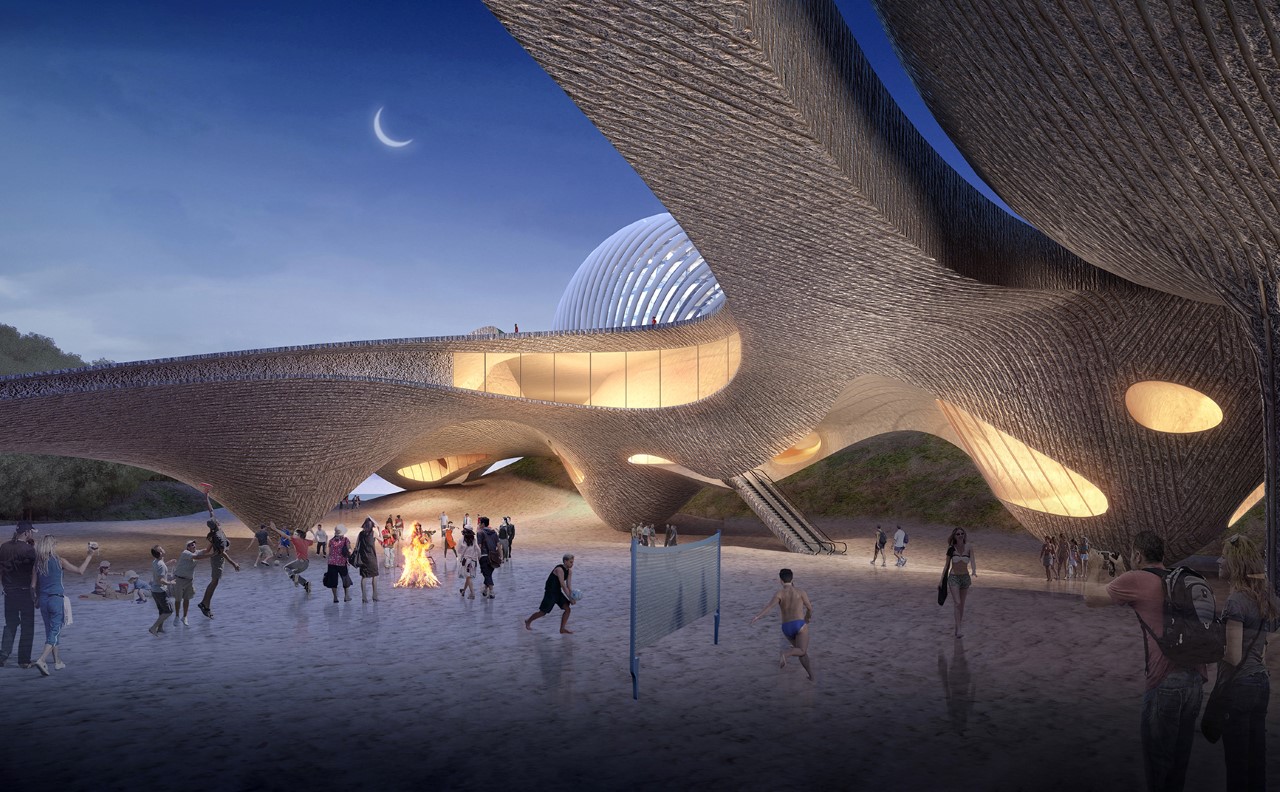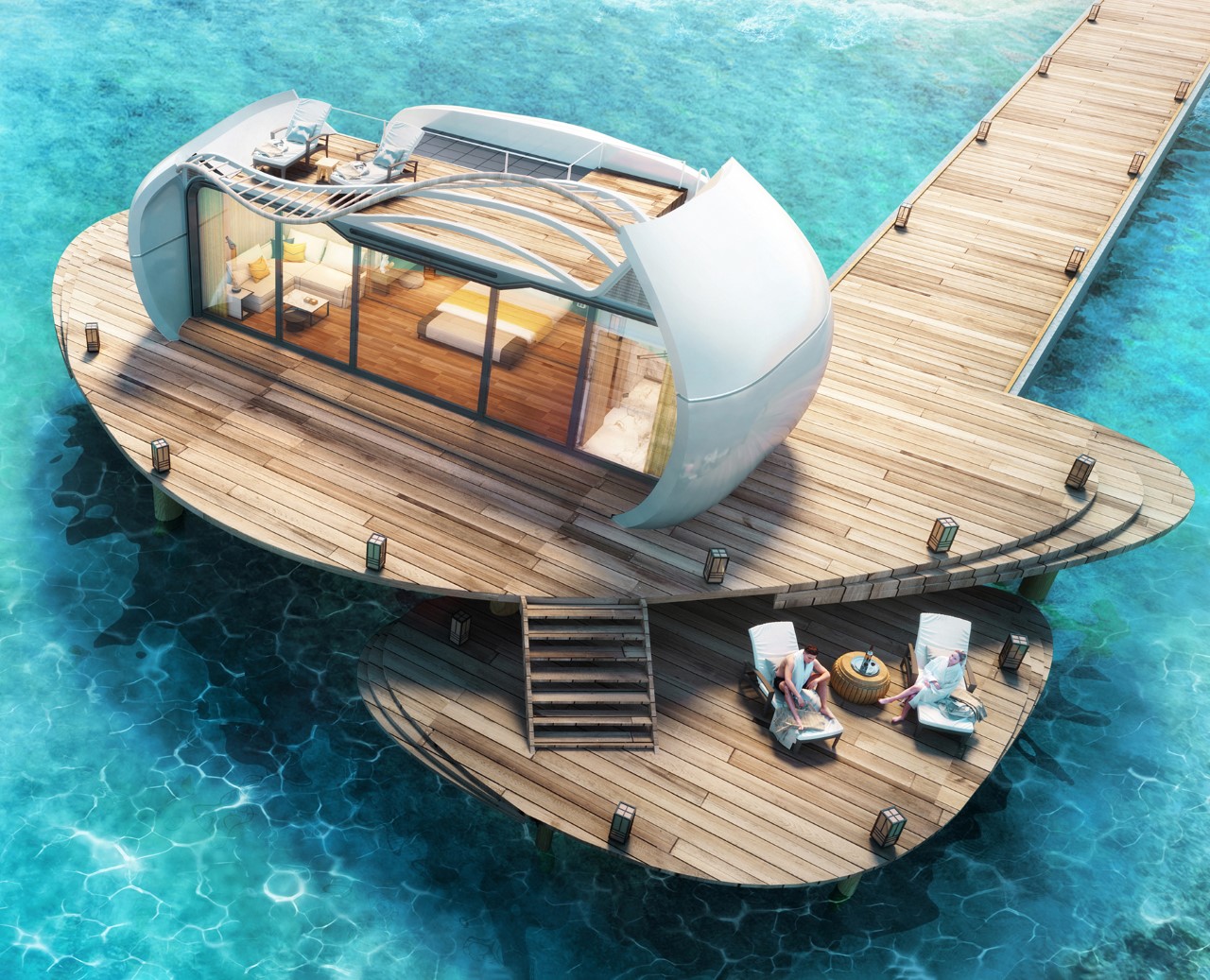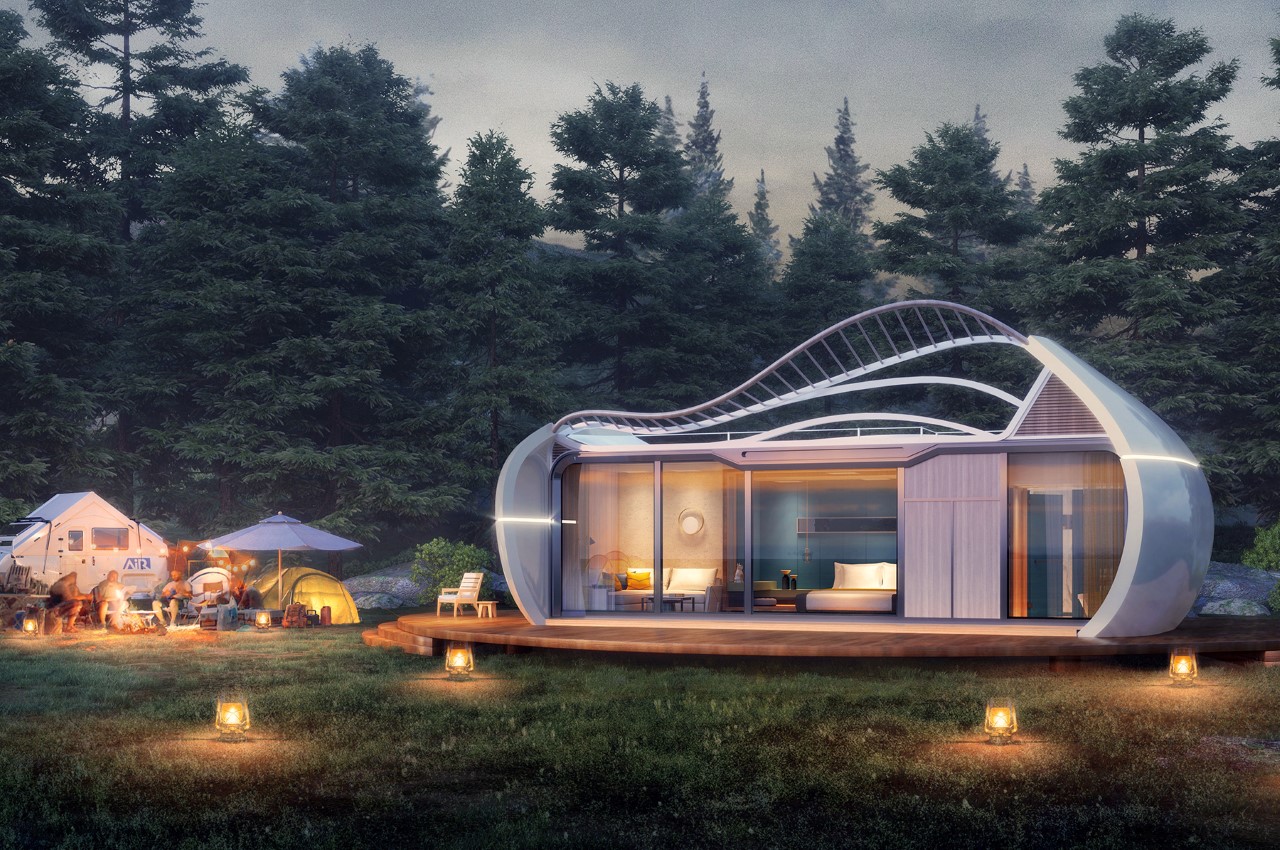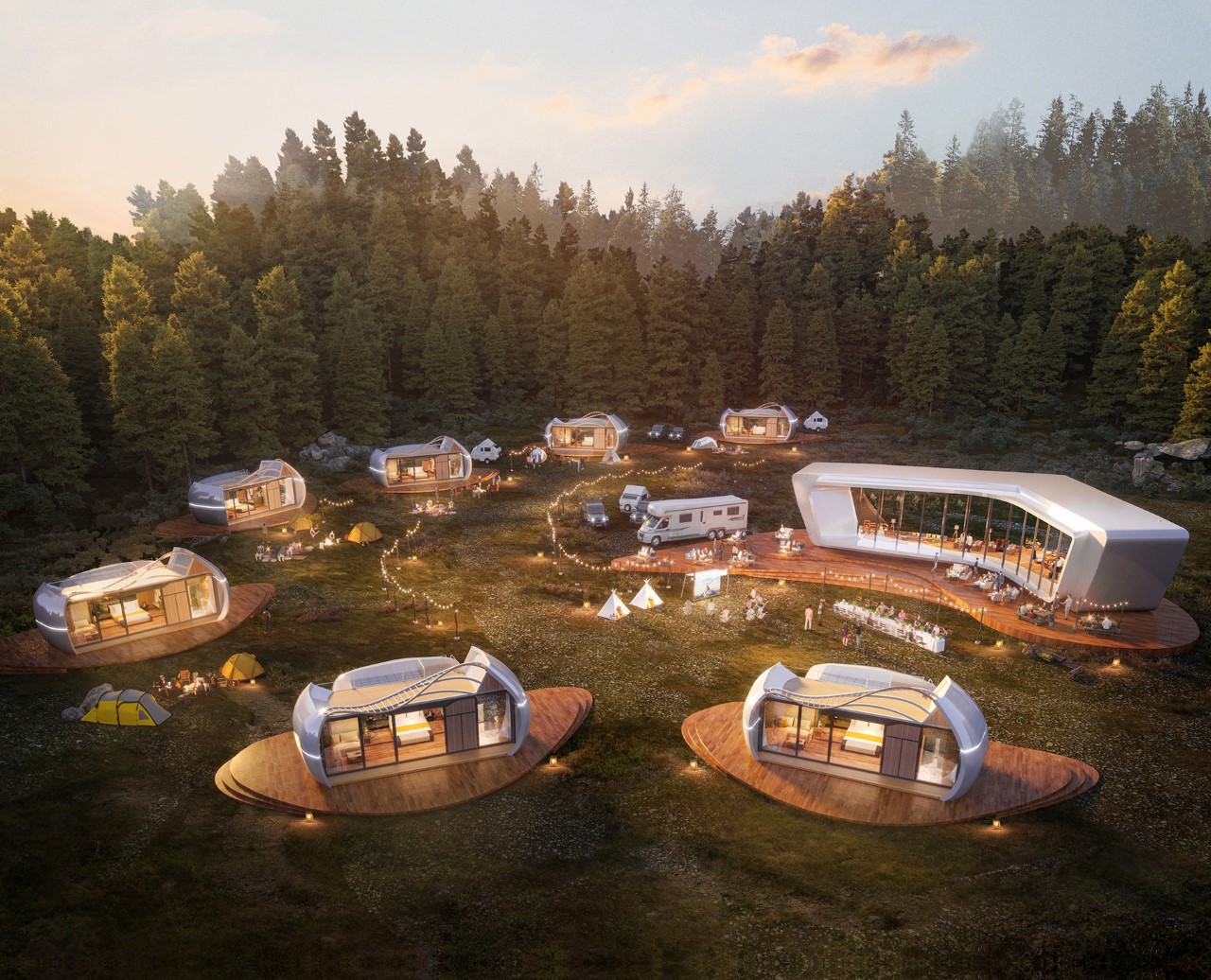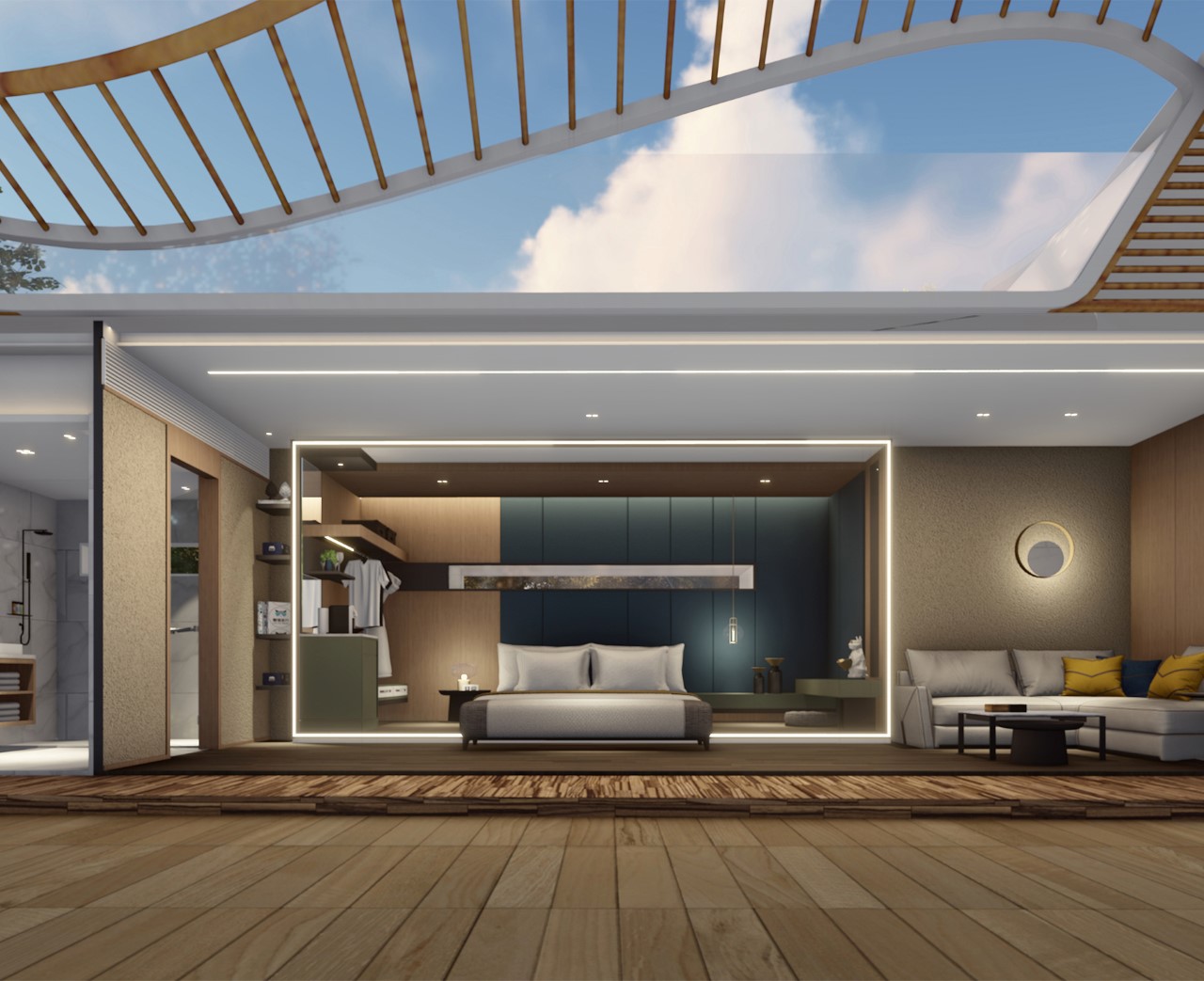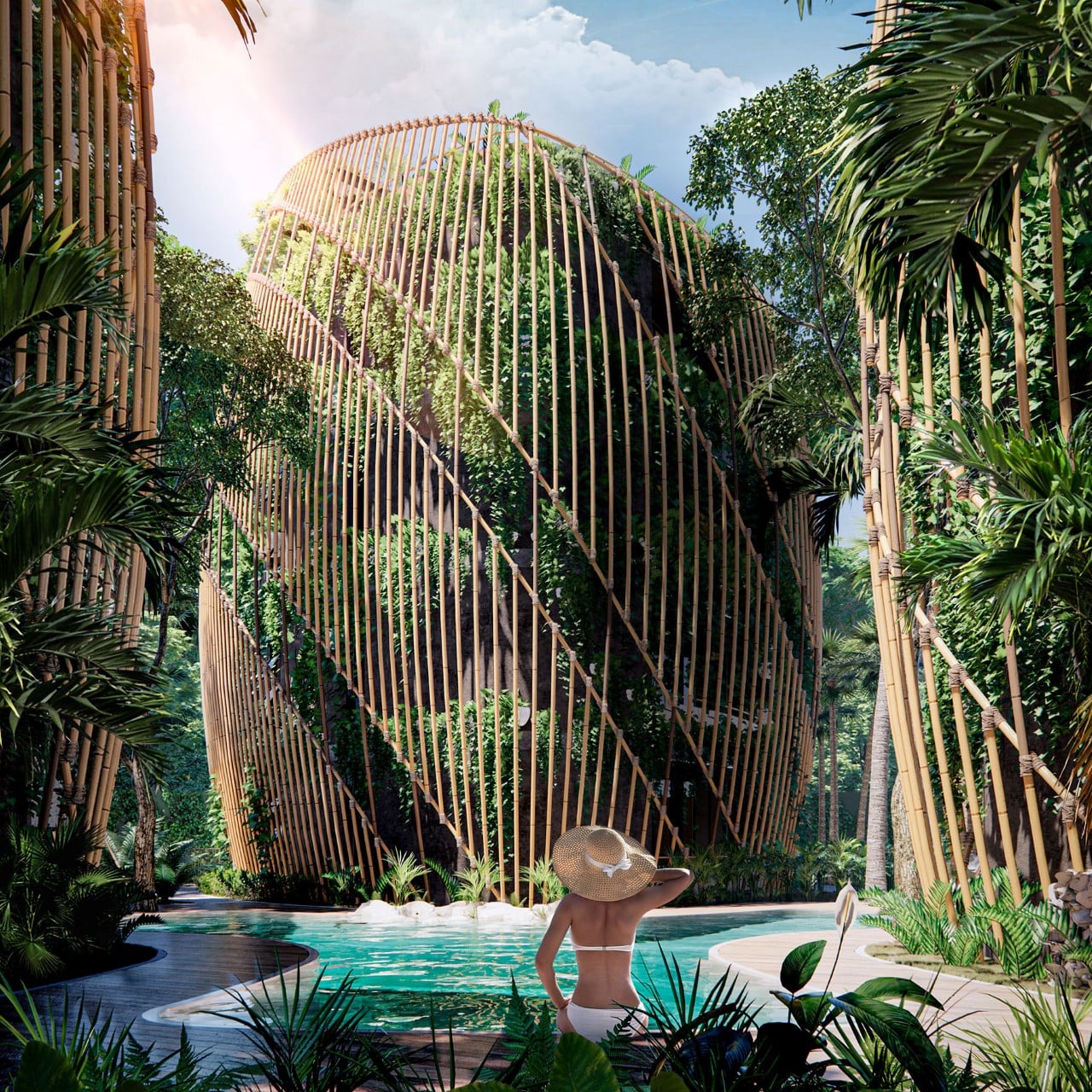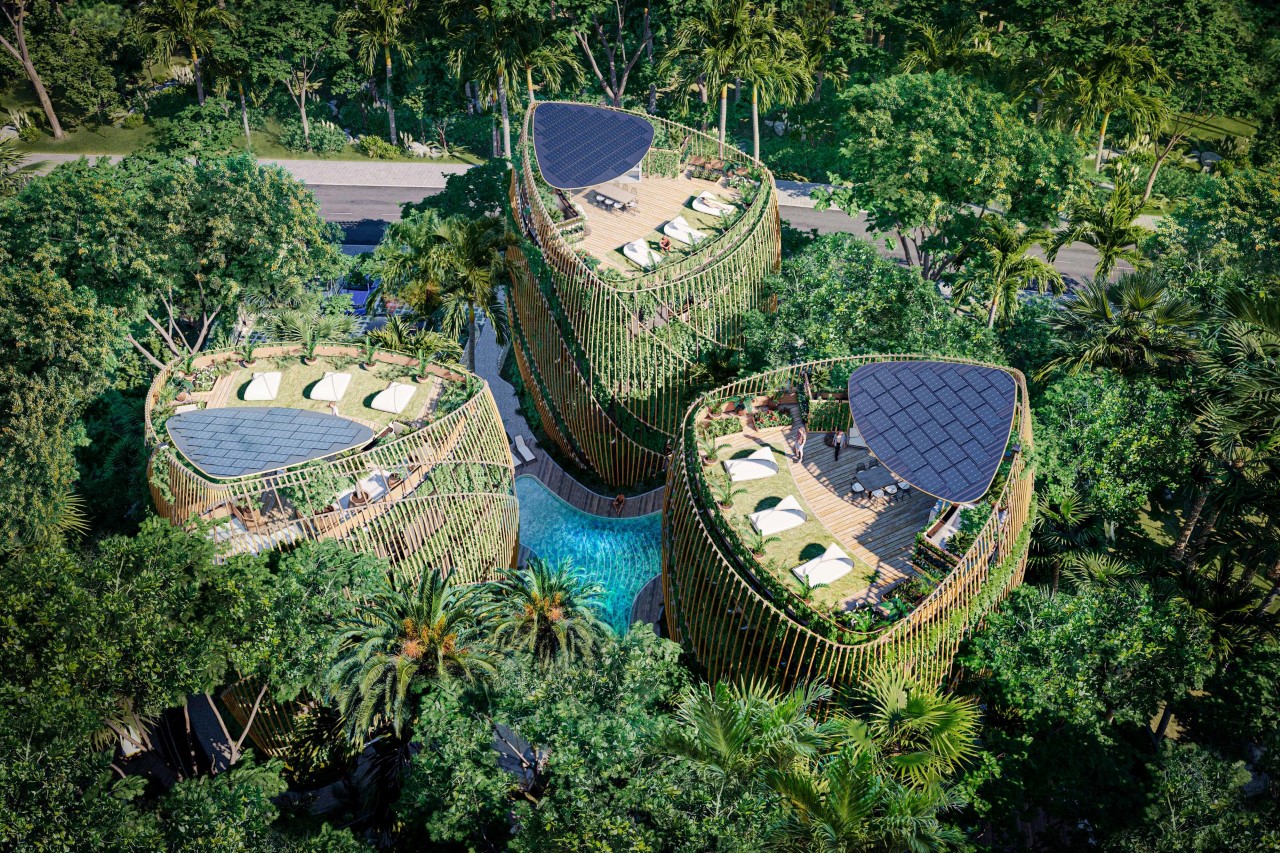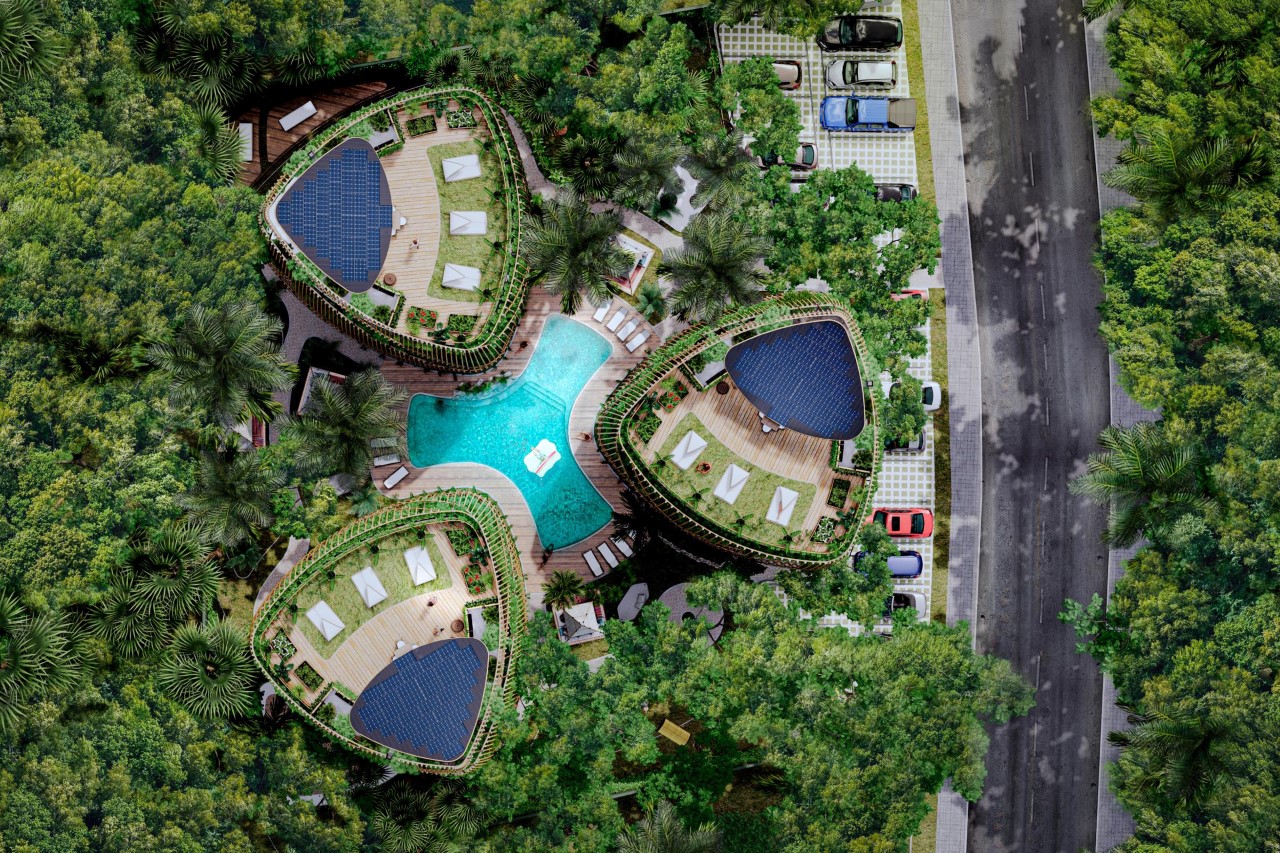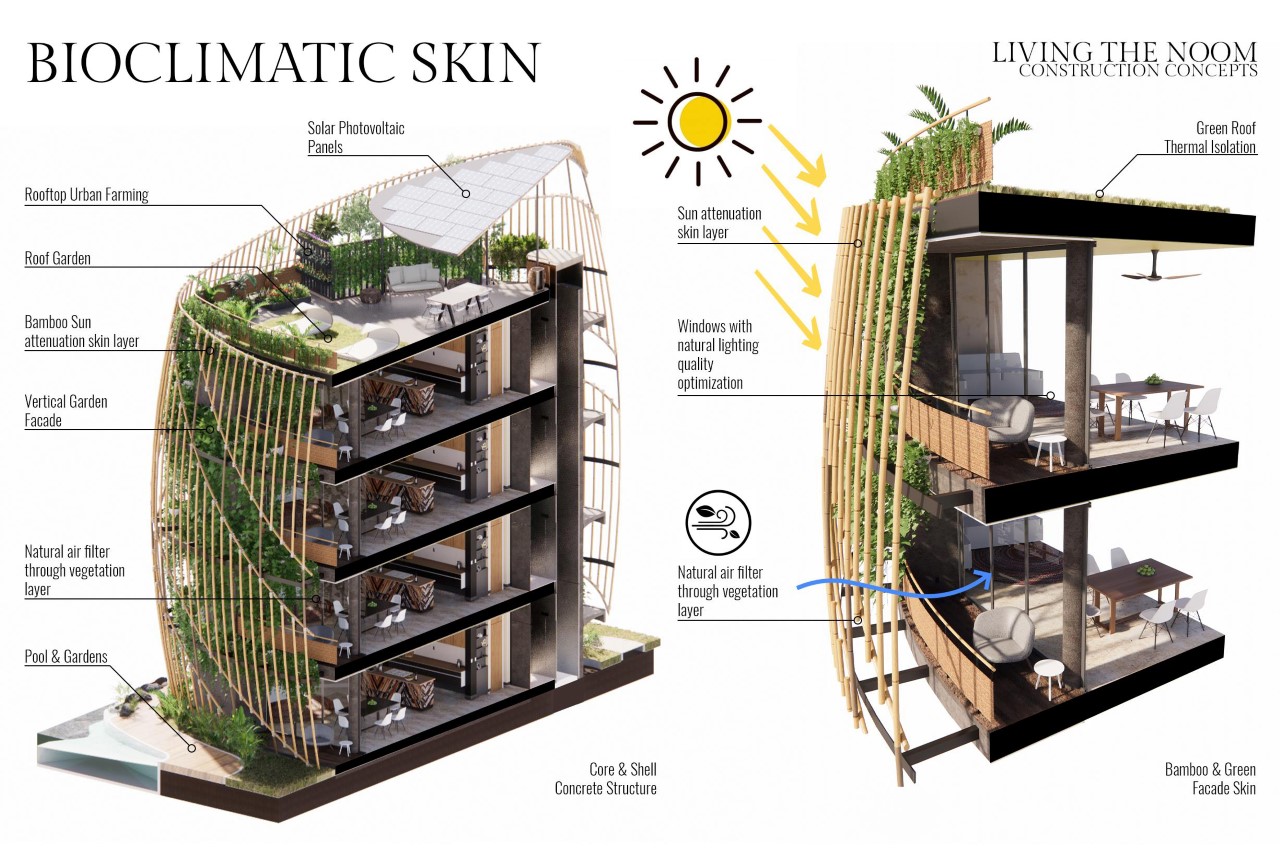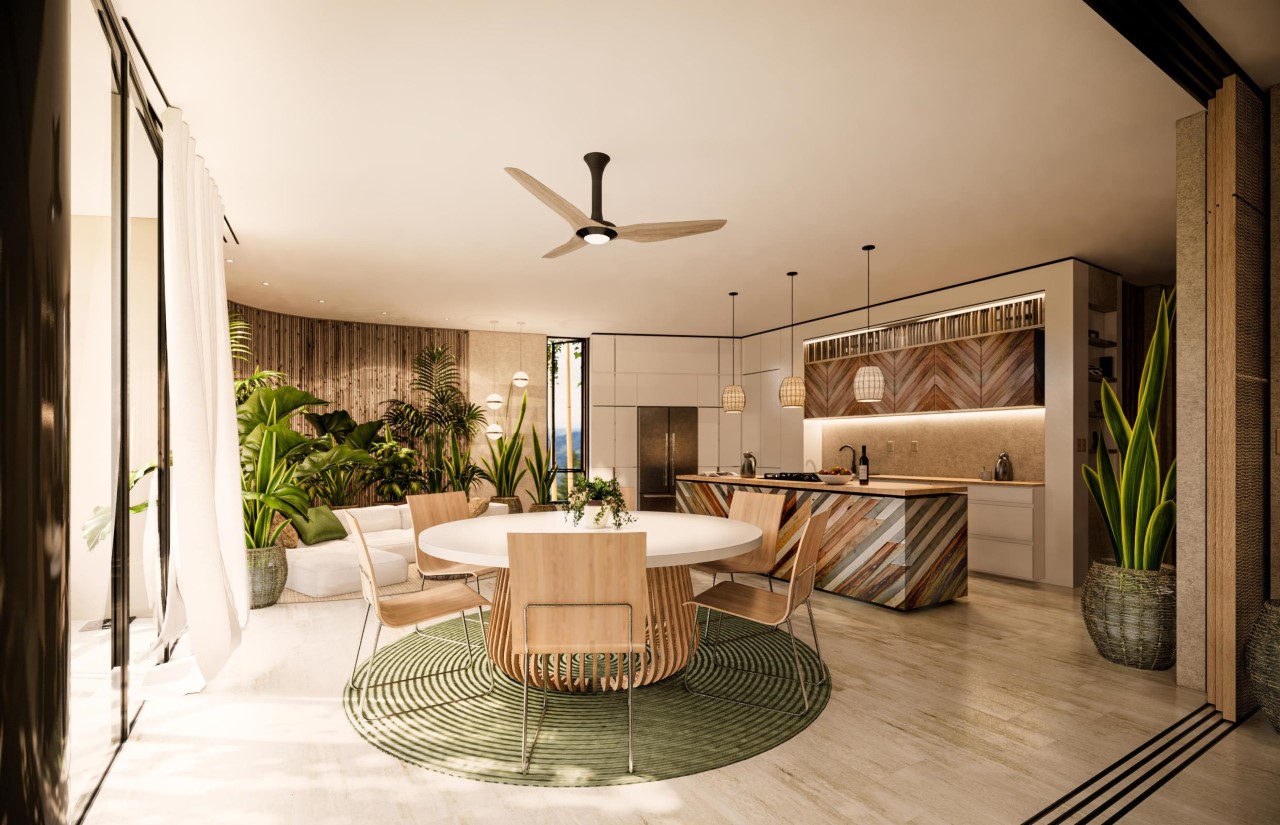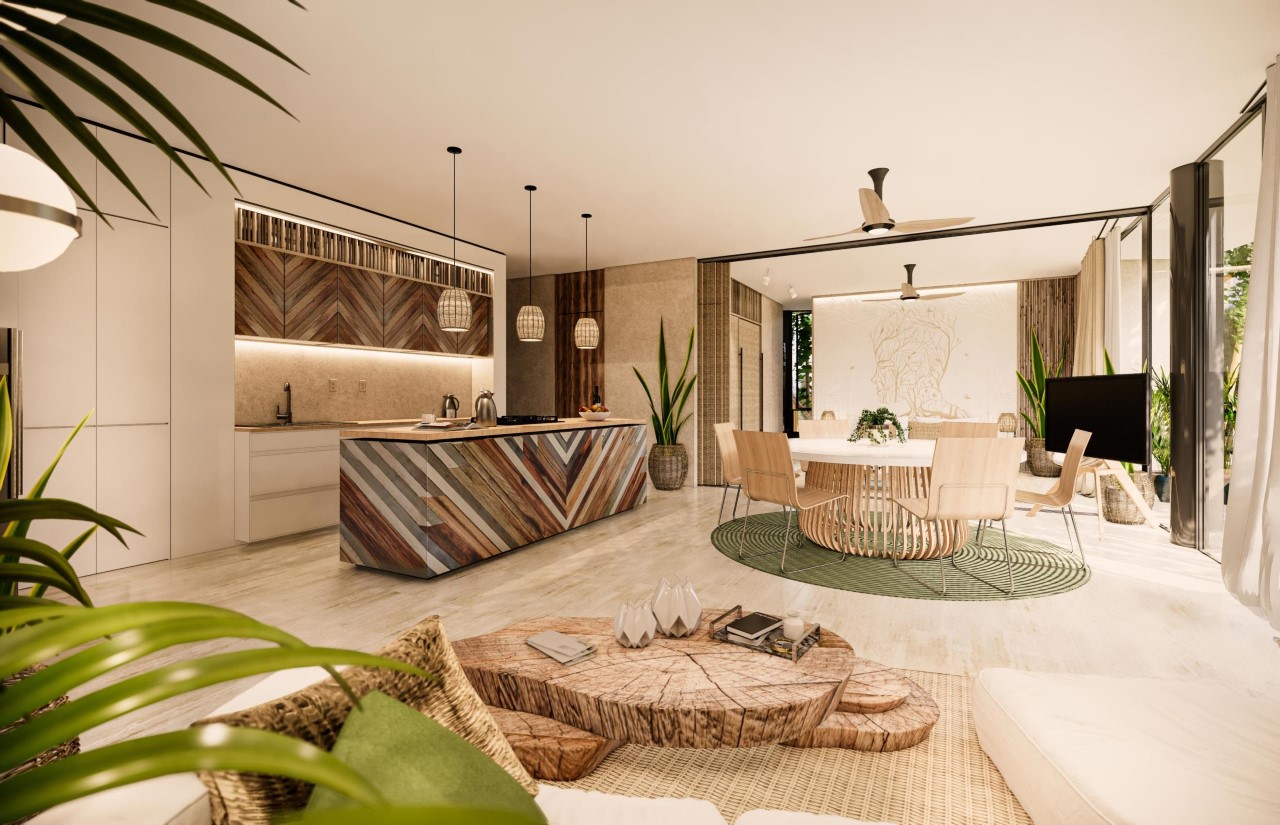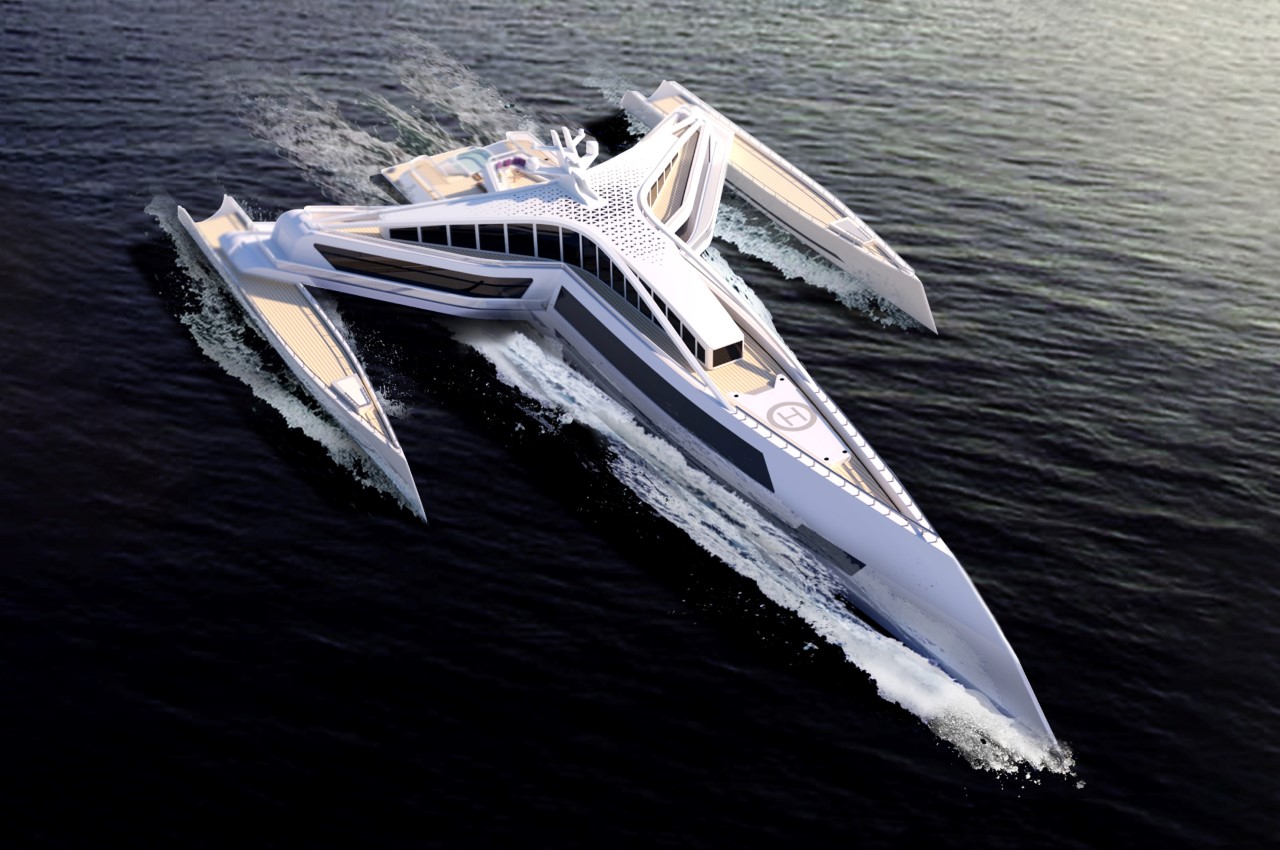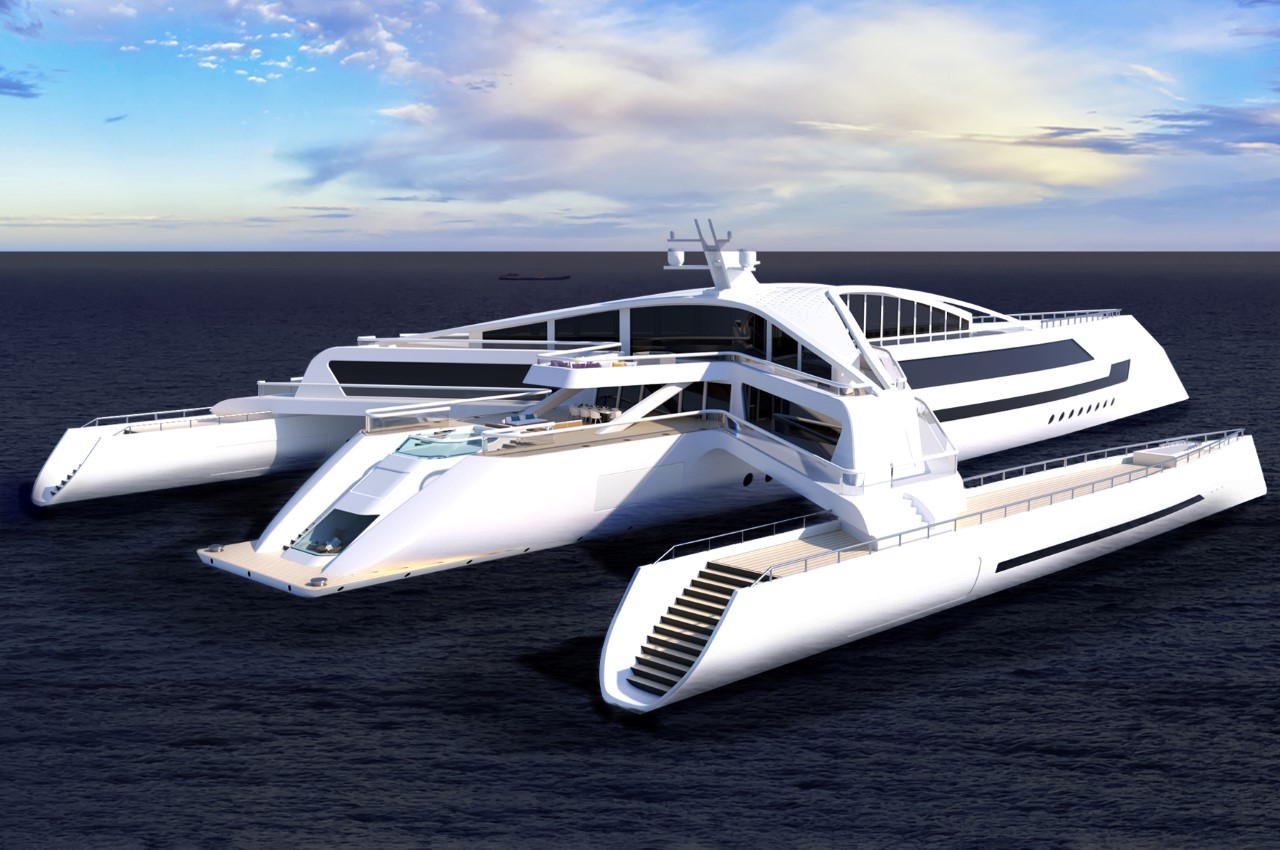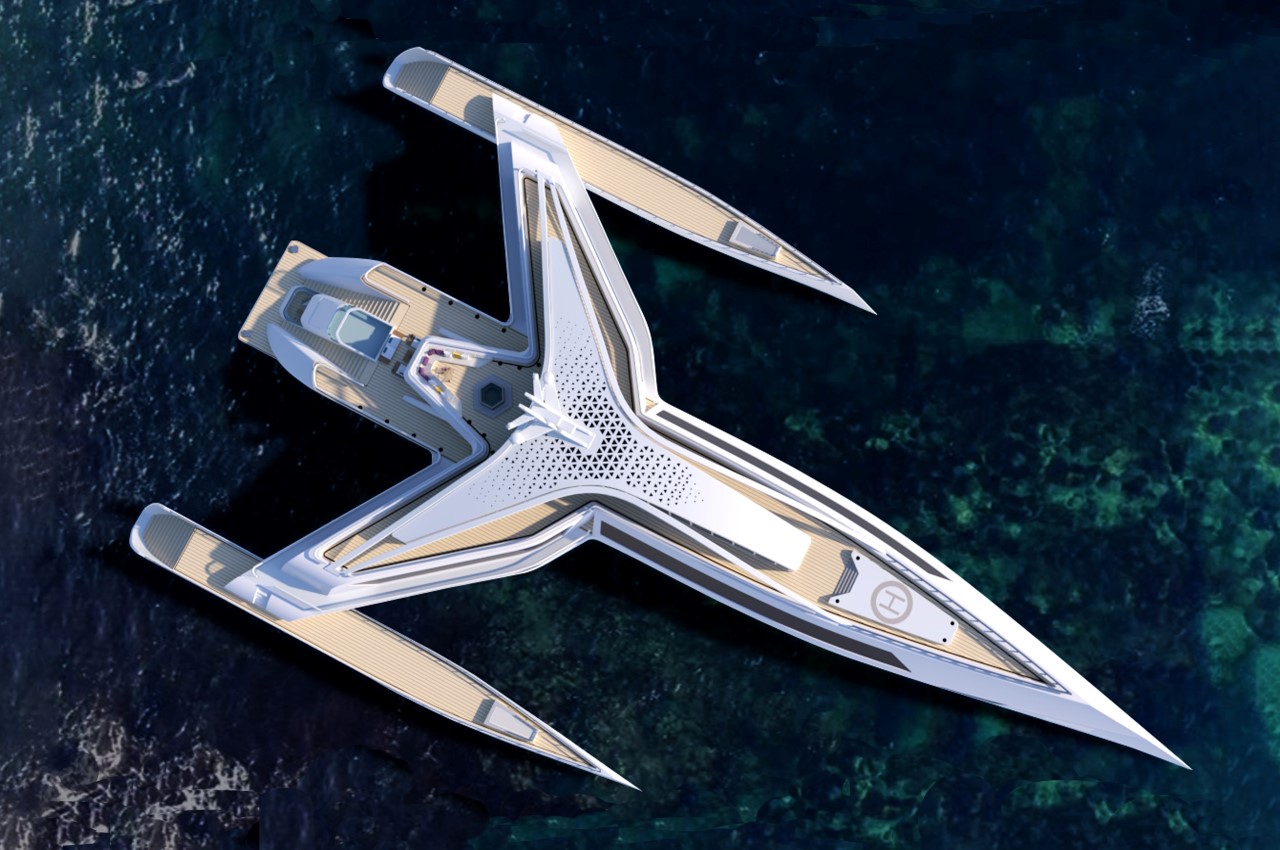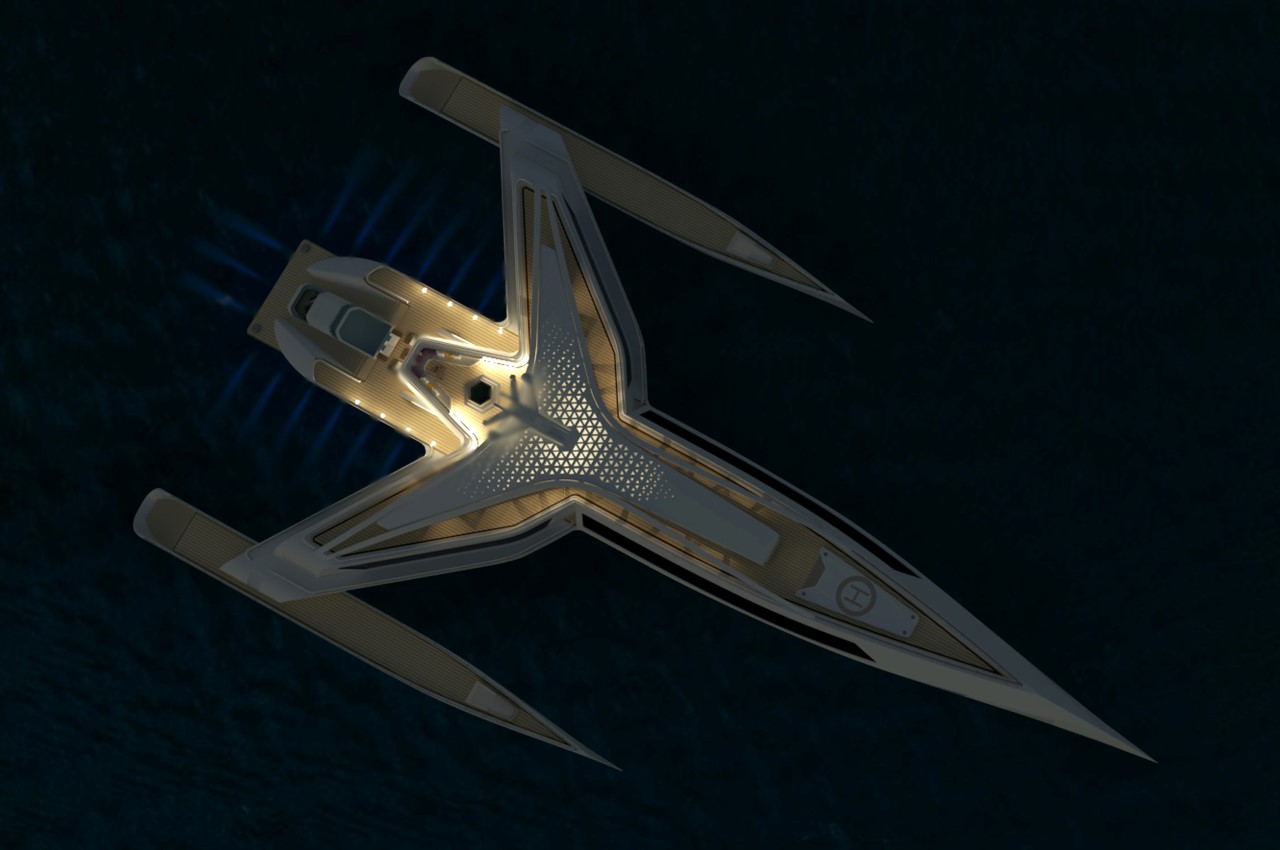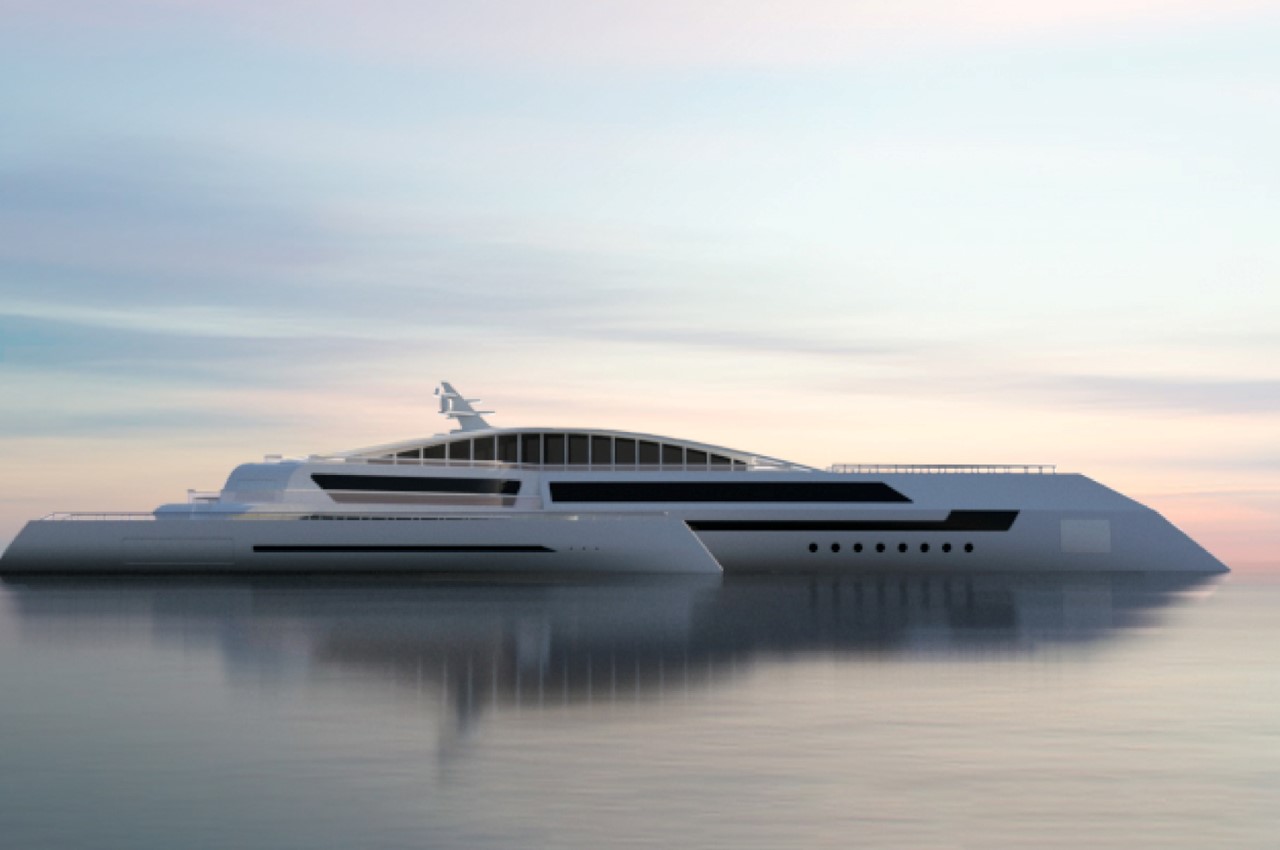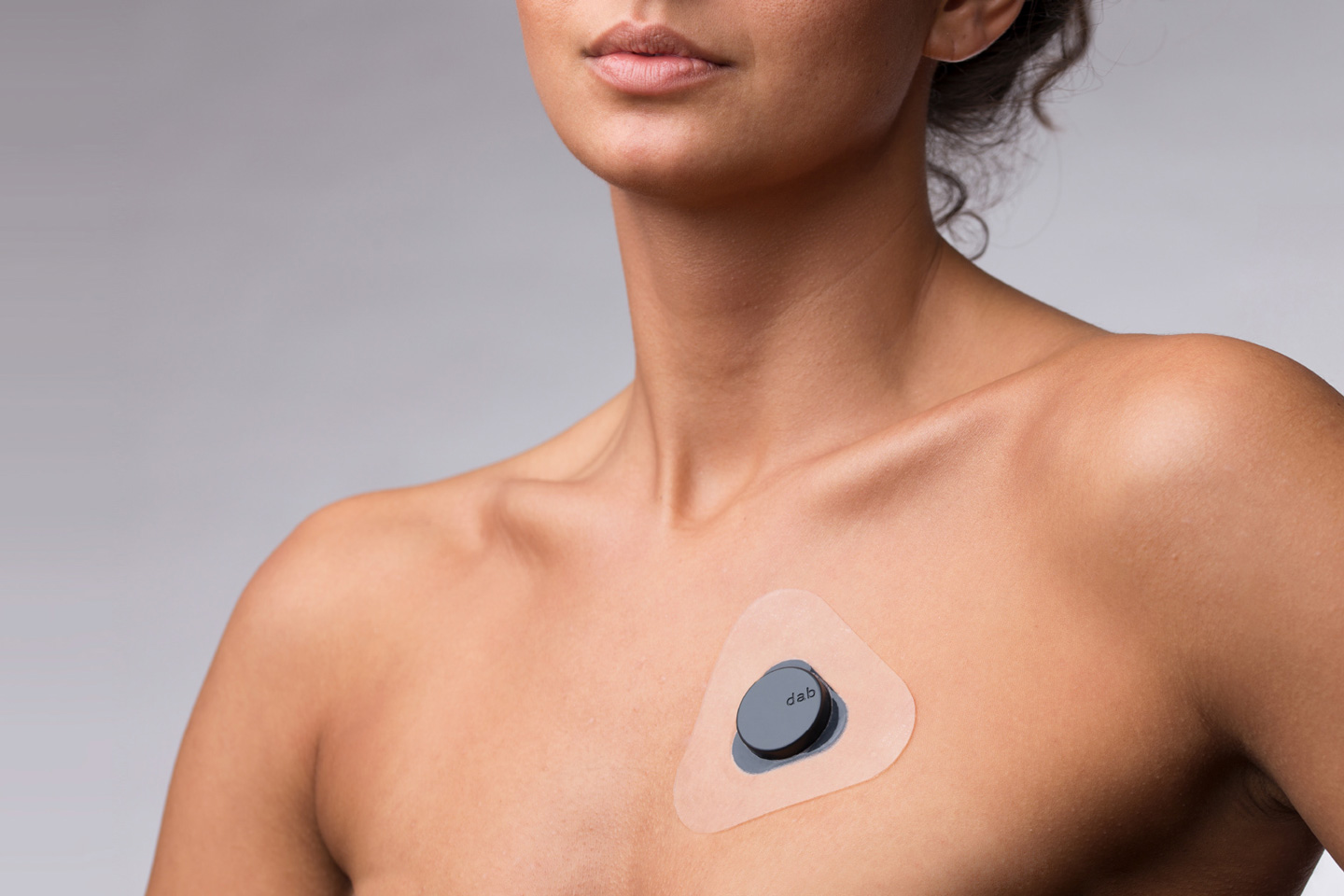
It might sound borderline unbelievable, but some of the most life-changing innovations today actually began as ideas that were considered ridiculous back in the day. Medical history is FILLED with innovations that were initially rejected on the grounds of them seeming laughable, only to then become global standards – the washing of hands comes to mind, as it helped radically reduce maternal mortality. 19th-century Hungarian surgeon Ignaz Semmelweis was labeled as crazy for proposing that doctors wash their hands before and after surgery – today, it’s a norm not just for doctors, but for any and everyone! While I’m talking about crazy medical innovations, did you know the chainsaw was originally invented to help doctors deliver babies?? Yes, the same chainsaw you use to cut down trees! And cornflakes were originally invented as a medicine to reduce sexual drives in people, long before they became a staple breakfast item! The point is, innovation and inspiration (medical or not) can sometimes go overlooked or unregarded, although it’s best when rewarded!
‘Medical Devices and Medical Equipment Design’ forms just one of the various categories of the A’ Design Award and Competition, which spans the popular categories like Architecture, Lighting, and Consumer Electronics, as well as the obscure, lesser-known categories like Cybernetics, Prosumer Products, and Safety Apparel Design. The A’ Design Award’s ultimate goal is to be an umbrella that covers good design across all disciplines, which is why it has 100 different categories for submitting design projects, and 211 jury members (comprising academics, design professionals, and press members) from all around the world collectively judging the works. Winners of the A’ Design Award don’t just secure a trophy and a certificate but receive an entire PR Campaign dedicated towards pushing their career, clout, and even their projects to newer heights. A’ Design Award’s winners and even its participants are included in its annual award book and business network, while additionally contributing to their country’s overall design ranking that paints a holistic picture of how design-centric and design-forward each country is.
The A’ Design Award is currently accepting entries for the 2022 edition of the award program, so if you’ve even got an idea for a medical product (or any other category), now’s your time to shine and change the world!
Here are some of our favorite Medical Device and Equipment Design winners from the A’ Design Award & Competition across the years. If you have a potential medical device or equipment design that you think is worthy of an award, Click here to register & participate in the A’ Design Awards 2022. Hurry, the last date for application is the 28th of February 2022!
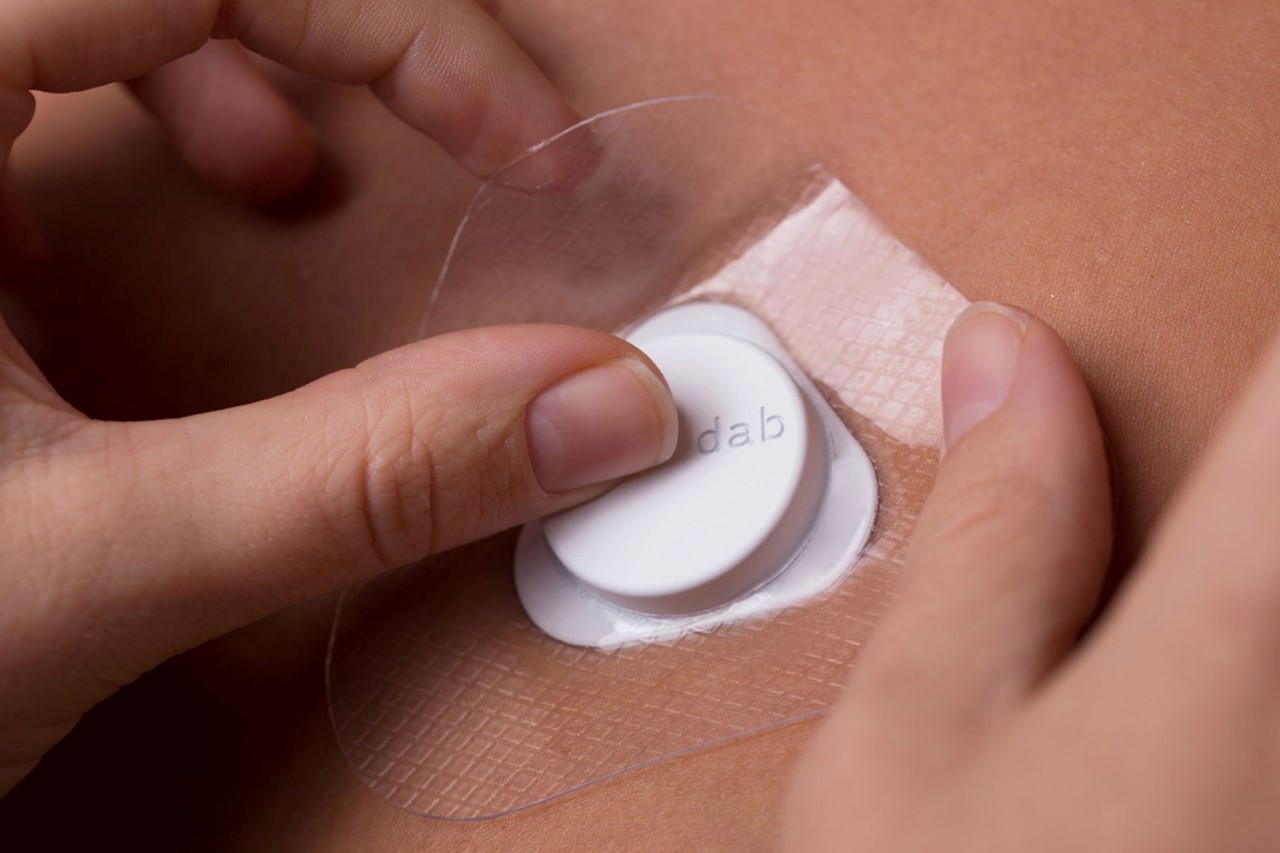
Dab ECG Holter Patch by Adam Miklosi
Literally, the size of a quarter, Adam Miklosi’s Dab is an unobtrusive Holter ECG/EKG that rests comfortably on your chest, constantly reading your heart’s movements. Designed to be minimal, non-invasive, and simple, the Dab tries to bridge the gap between medical appliances and wearables. Its tiny yet classy design sits on your chest via a gel patch, while the electrodes capture your heart activity. The Dab’s dry-electrodes allow it to be used and reused, while they constantly measure one’s heart activity (requiring periodic charging via their wireless charging hub), and keep logs of accurate readings, quietly sitting on your chest while you absolutely forget that they’re even there in the first place!
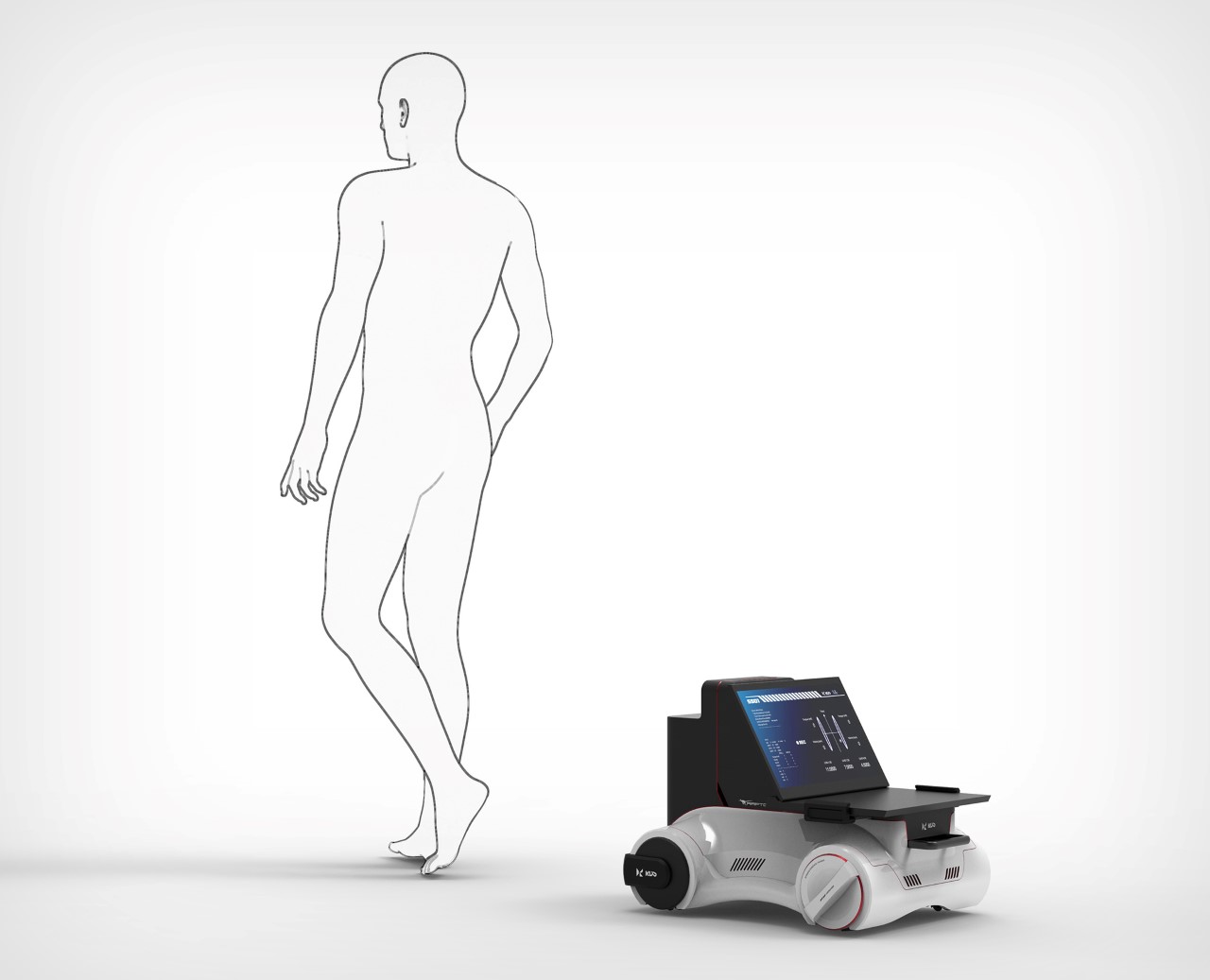
Gait Analysis Robot by Anri Sugihara
Here’s an idea that doctors in the 19th century would absolutely laugh at – did you know that your gait (the way you walk) could be studied to identify if you’re suffering from any diseases? It’s common knowledge that a person’s gait is so unique that they can literally be identified by them, but what this robot is attempting to do here is even more game-changing. Simply by studying and analyzing your walk, the robot can A. Detect diseases, both external and internal, and B. Track rehabilitation. It’s strange although if you think about it, maybe you subconsciously walk differently when you’ve bruised your arm or ribs, or when you’ve got a cough or an internal difficulty. The Gait Analysis robot could potentially help detect ailments and diseases using data gathered from just a 10-minute walk. Not only would it save time, it would also save a WHOLE lot of costs on expensive tests!
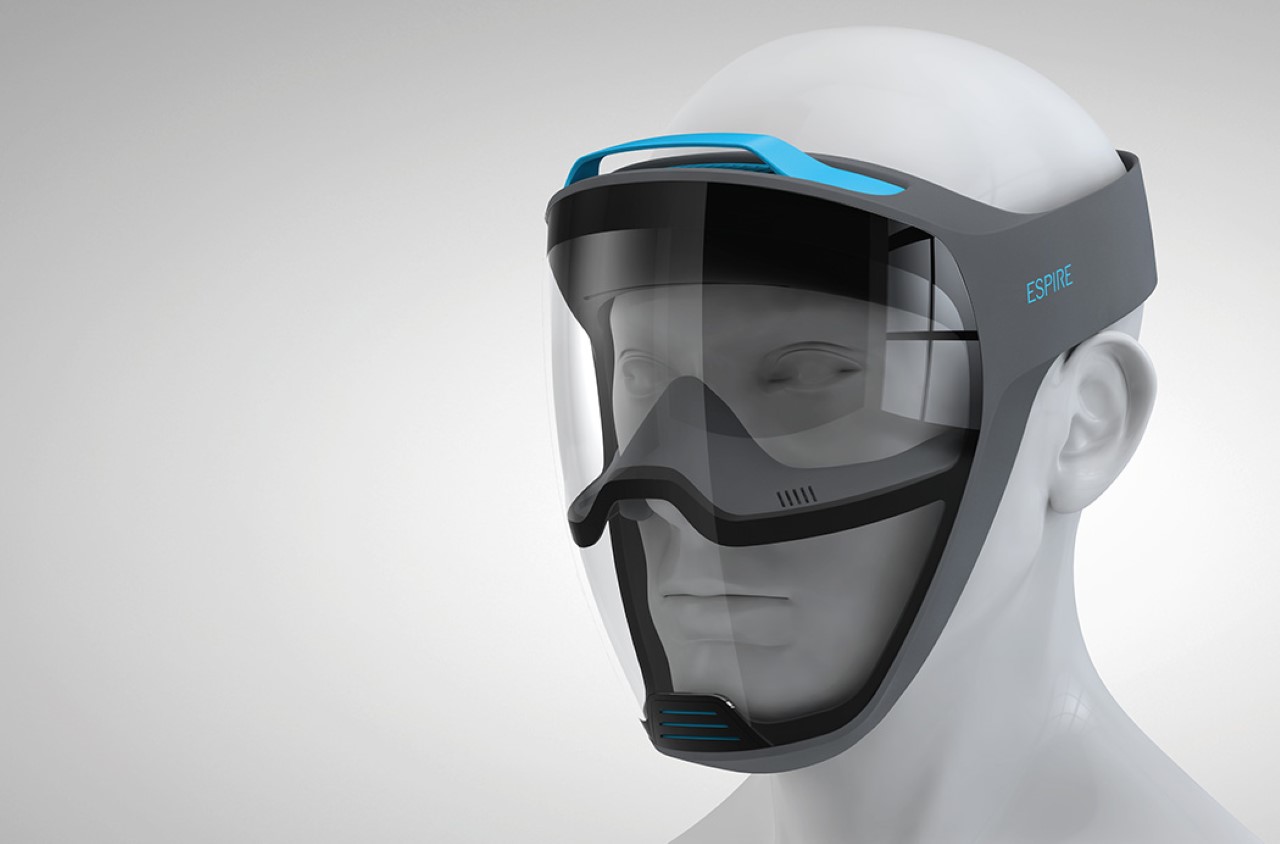
Espire Full Face Gas Mask by Carlos Schreib
As we enter what’s effectively our third year in this pandemic, let me be the first to say that if you wear spectacles just like I do, there’s nothing quite as annoying as an ill-fitted face mask leaking air and fogging up your glasses! The Espire Full Face Gas Mask is exactly what ALL face masks should look like. Not only does it purify the air going into your nose and mouth, it even guards your eyes against smoke, dust, and harmful chemicals. What’s more, it rather cleverly creates a barrier between the breathing zone and the viewing zone so you don’t have to worry about your visor fogging up with your breath!
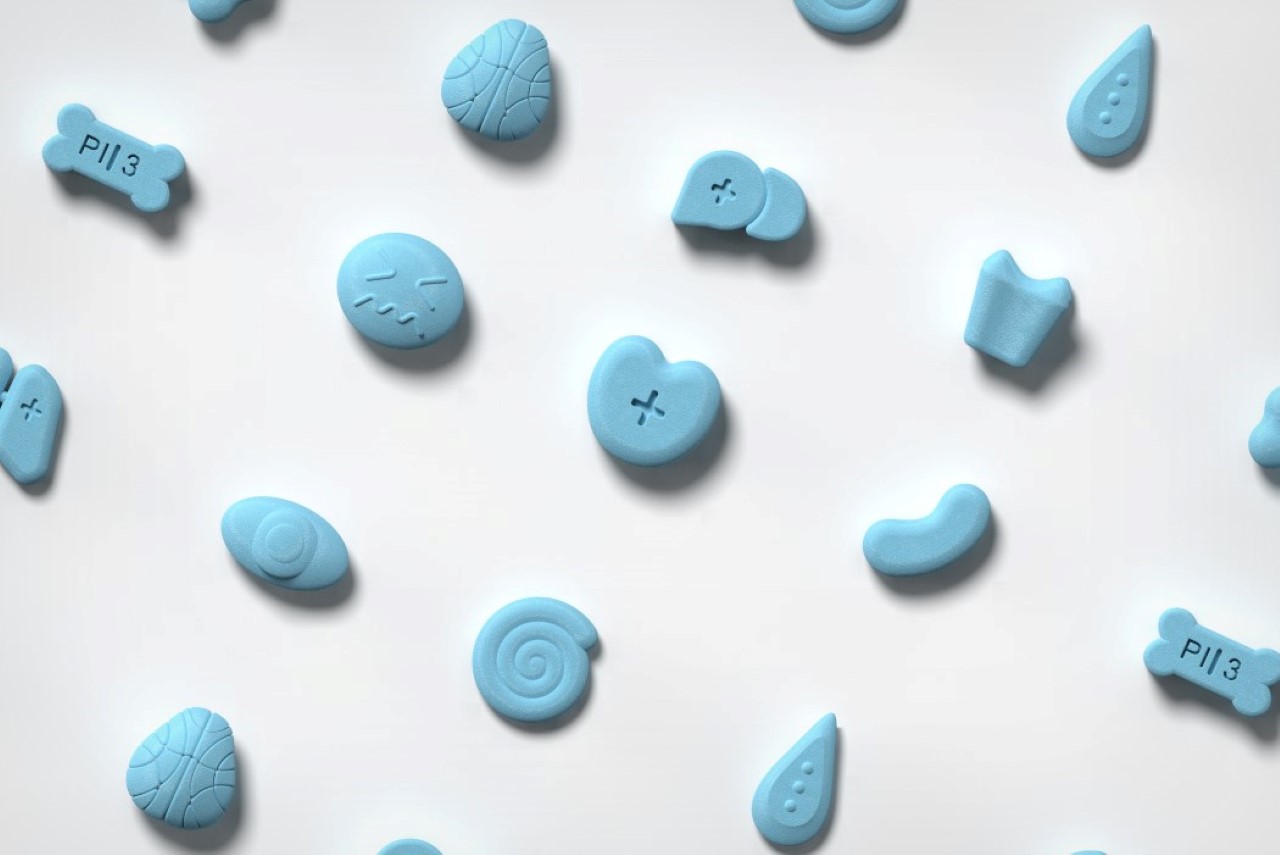
Pimoji More Intuitive Pill Design by Jong Hun Choi
The concept behind the Pimoji tackles the two biggest problems of taking meds. Firstly, the ambiguity, given that almost all medicines look the same and their names are usually a complicated bunch of characters that often don’t convey anything, and secondly, the fact that the very act of taking medicines feels slightly daunting, and can often seem scary to most. The Pimoji’s solution to both those problems is simple, and between you and me, pretty innovative! Design each pill around an emoji-esque representation of the ailment they’re trying to cure. Heart meds are shaped like hearts, bone-strengthening meds are shaped like bones, toothache tablets are shaped like teeth, and the list goes on (let us know if you can correctly identify the tablet shapes!) The pills come in cute shapes that make it easy to know what medicine you’re taking, while somewhat making it feel like you’re eating fun-shaped candy, not medication!
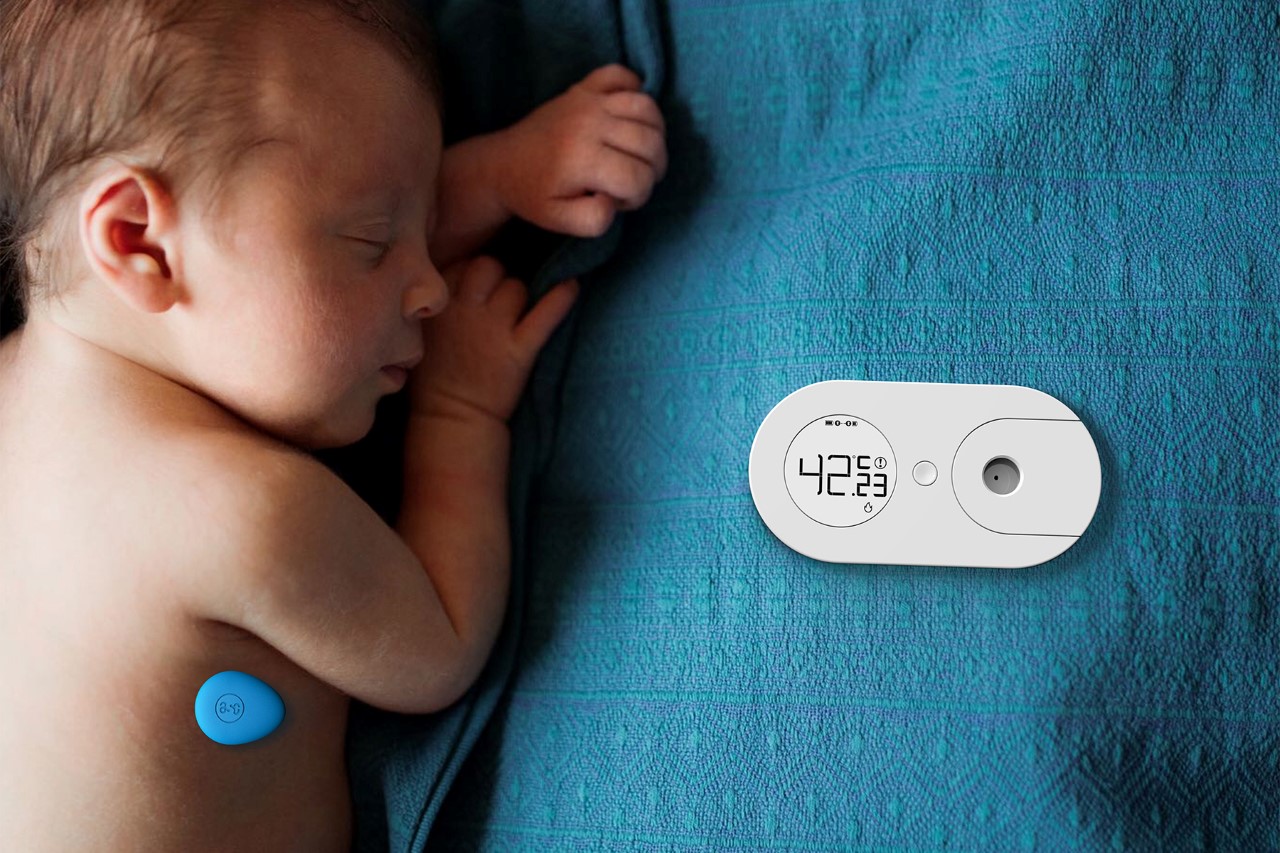
Zhiwen Wearable Thermometer by Wei Gu And Di Wu
The Zhiwen thermometer lets you constantly monitor the temperature of its wearer using wireless technology. Designed to be small enough to permanently sit on the skin without causing much discomfort, the thermometer beams its readings to a control unit that allows you to check the wearer’s temperature, as well as the thermometer’s overall battery. When the thermometer runs out of charge, just take it off and slide it into the charging hub located right within the control unit!
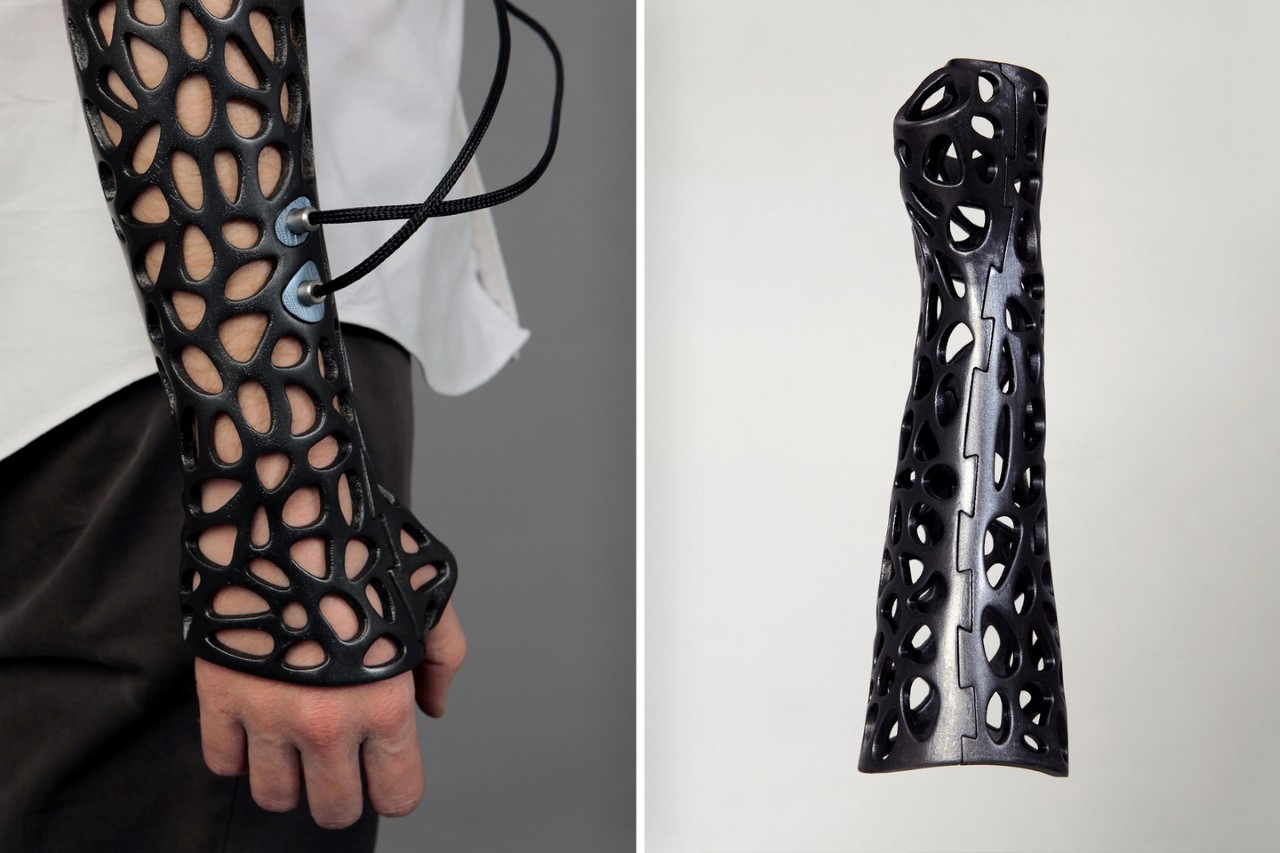
Osteoid Medical Cast by Deniz Karasahin
Presenting what is essentially the future of medical rehabilitation in a nutshell, the Osteoid Medical Cast is a significant upgrade over the plaster casts still used up to today. Instead of layering wet plastered gauze onto a broken limb, the Osteoid Medical Cast proposes a neat, bespoke 3D-printed cast that’s breathable, and designed exactly to its wearer’s specifications. Using a generatively designed Voronoi surface, the new cast uses less material while still providing a strong structure, and provides openings so the skin can breathe while more importantly, allowing the patient to itch their skin!
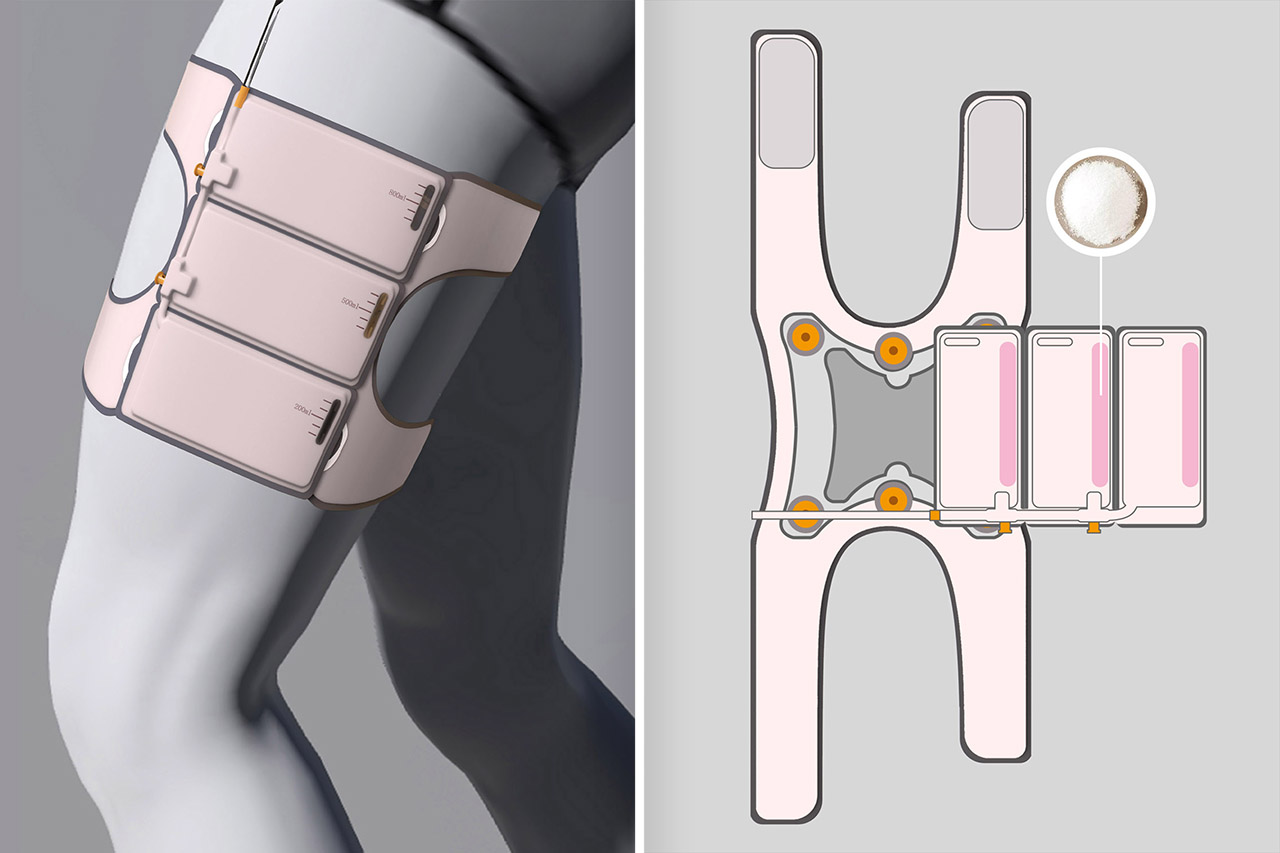
Convenient Urine Bag by Yanqing Lan
Offering a solution that’s comfortable, convenient, and most importantly modular, the Convenient Urine Bag by Yanqing Lan straps to the wearer’s thigh, allowing them to urinate wherever they are without discomfort or pressure. The 100ml bag sports a 3-part design, with 3 individual compartments that fill up as the wearer urinates. As and when each individual bag fills up, they can be unplugged and disposed of, so the wearer/patient isn’t carrying a large sack half-filled with bodily fluids wherever they go. Each individual bag is filled with a water-absorbing polymer that can quickly solidify the urine, thereby reducing the odor and stabilizing the urine stored to prevent any unforeseen or accidental spillage.
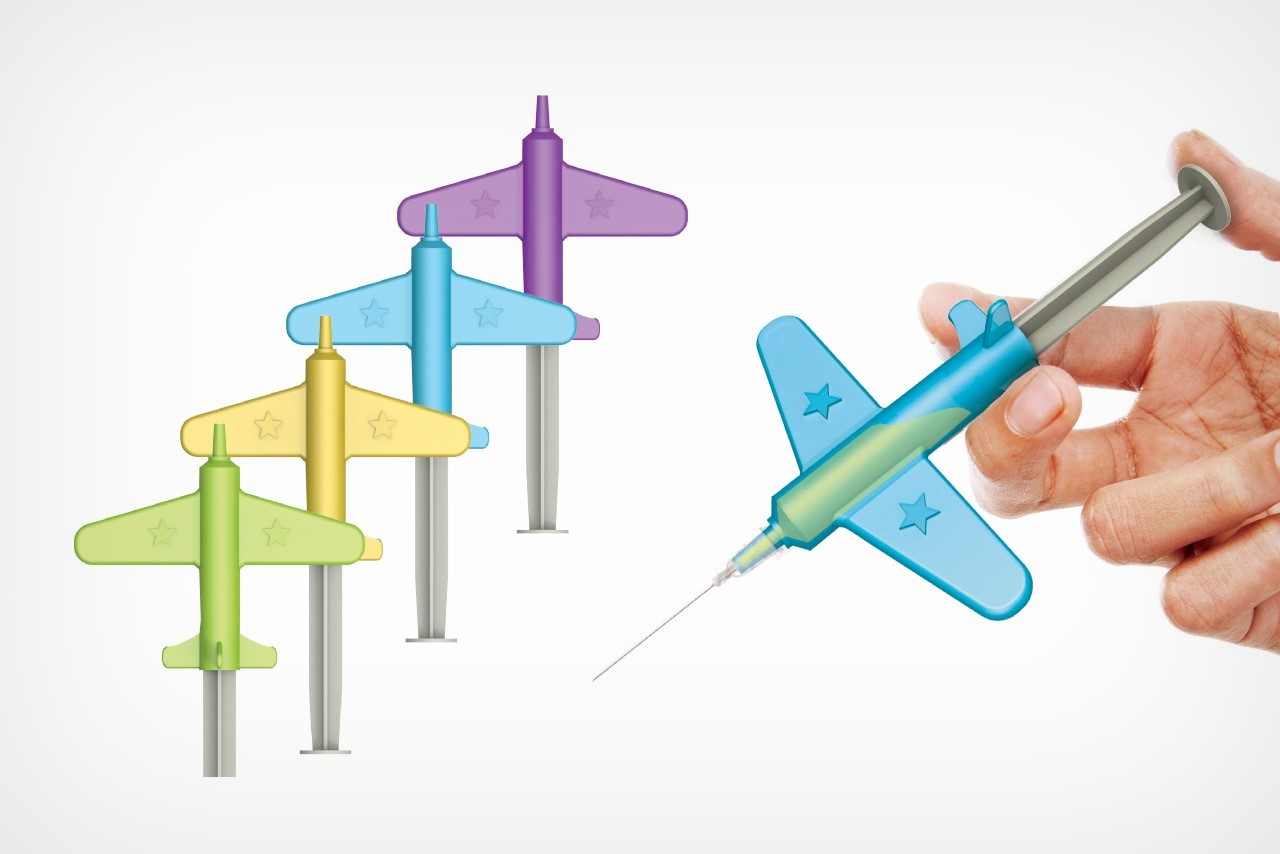
Brave Jet Syringe by Ilmo Ahn, Jisu Kim & Juyeon Baek & SeonwooPyo
Dispelling any fear around injections, the Brave Jet Syringe gamifies the vaccination process, turning the syringe jet into a plane, allowing kids to look at it as not a pointy, fearful, medical product, but a good-guy fighter jet that kills diseases! This novel approach attaches basically to any syringe body, making kids less afraid of needles and allowing doctors to administer life-saving vaccines and treatments.
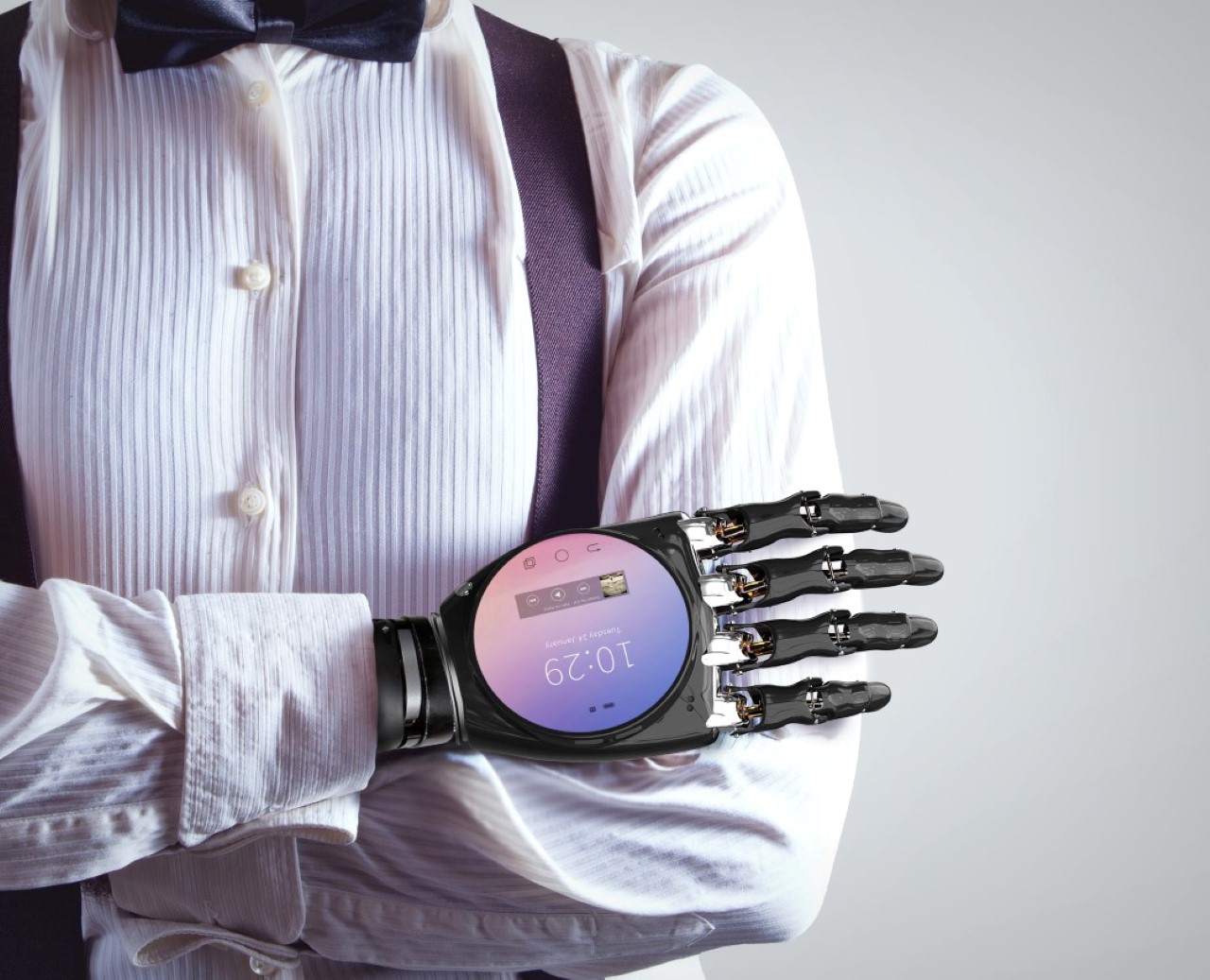
SPH Smart Prosthetic Hand by Young Jo In
The SPH, or Smart Prosthetic Hand is just practical from top to bottom. A mechanized prosthetic hand lets you go about your day to day tasks, while a smartphone is literally integrated into the back of your palm, letting you own and use a smartphone without worrying about having to occupy one hand holding one, forget/lose one, or accidentally drop one. Besides, it literally puts the power of the entire internet in your hands!
Click here to register & participate in the A’ Design Awards 2022. Hurry, the last date for application is the 28th of February 2022!
The post Medical Innovations from the A’ Design Award that will revolutionize human life and healthcare first appeared on Yanko Design.
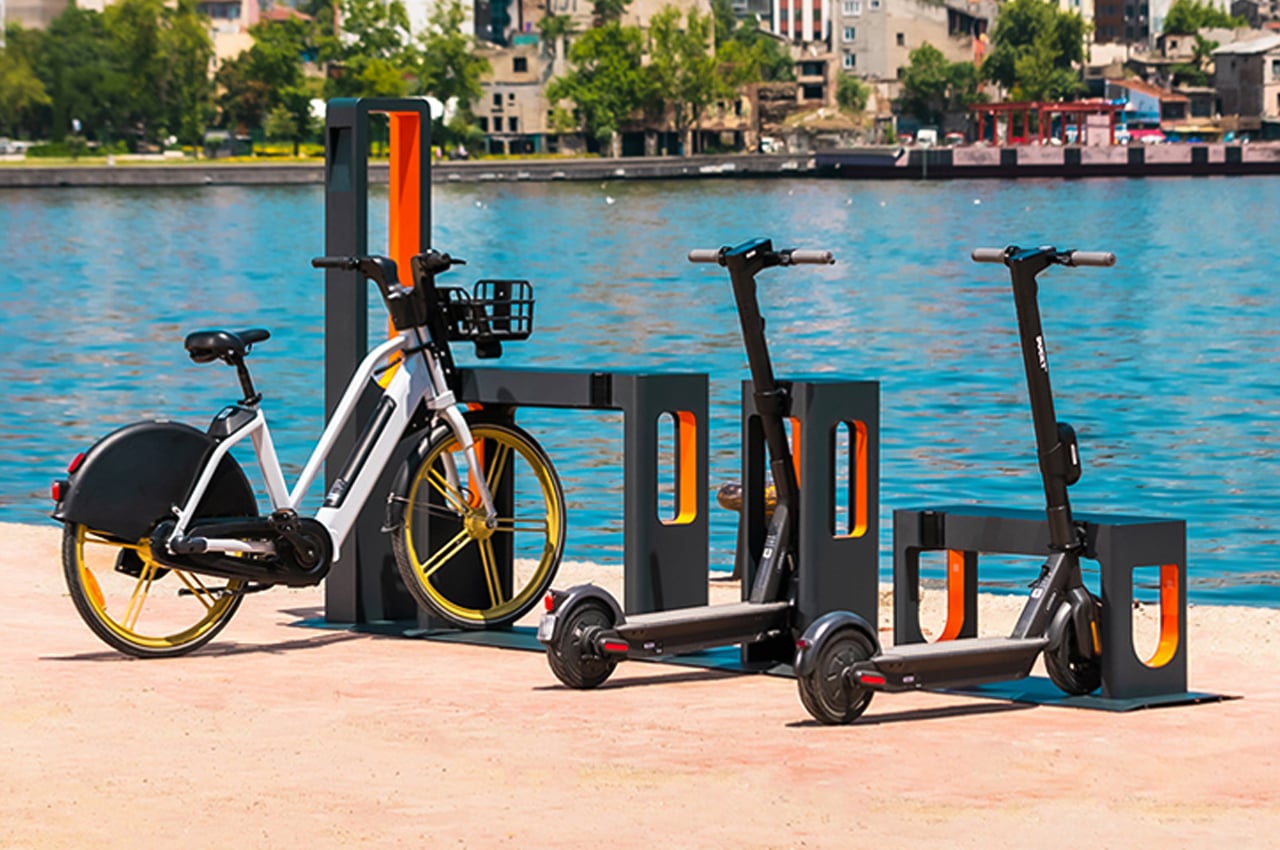
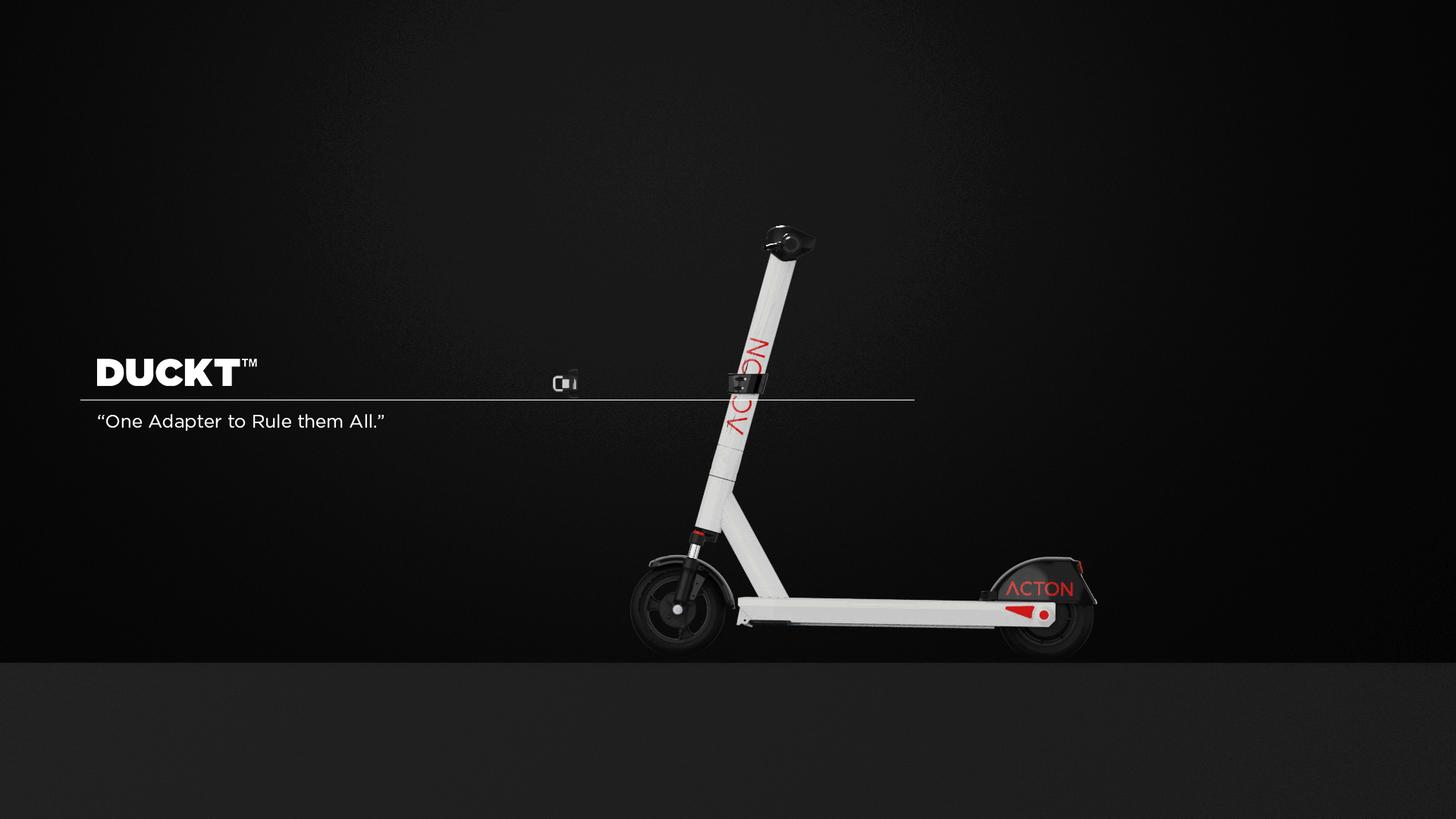
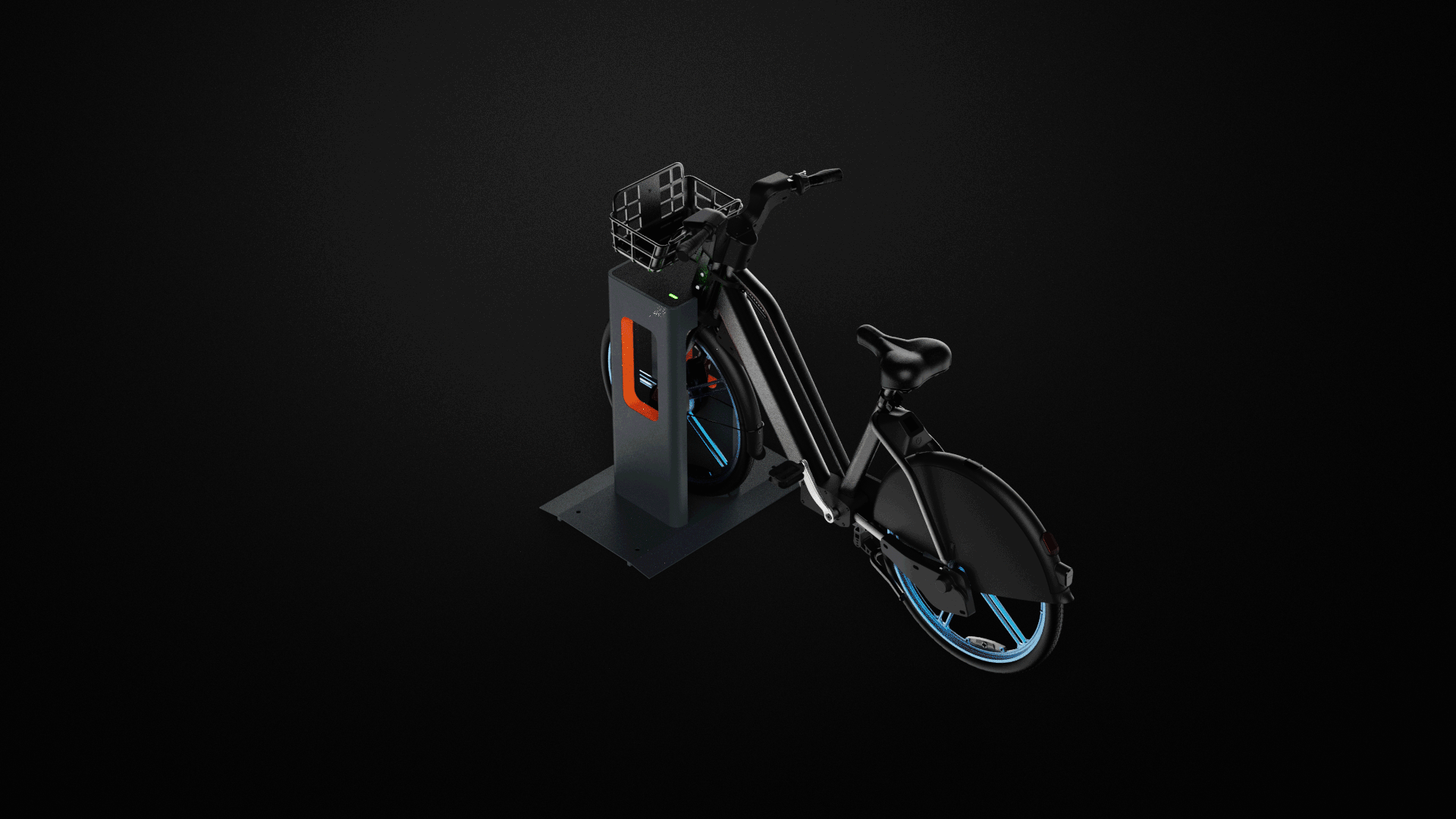
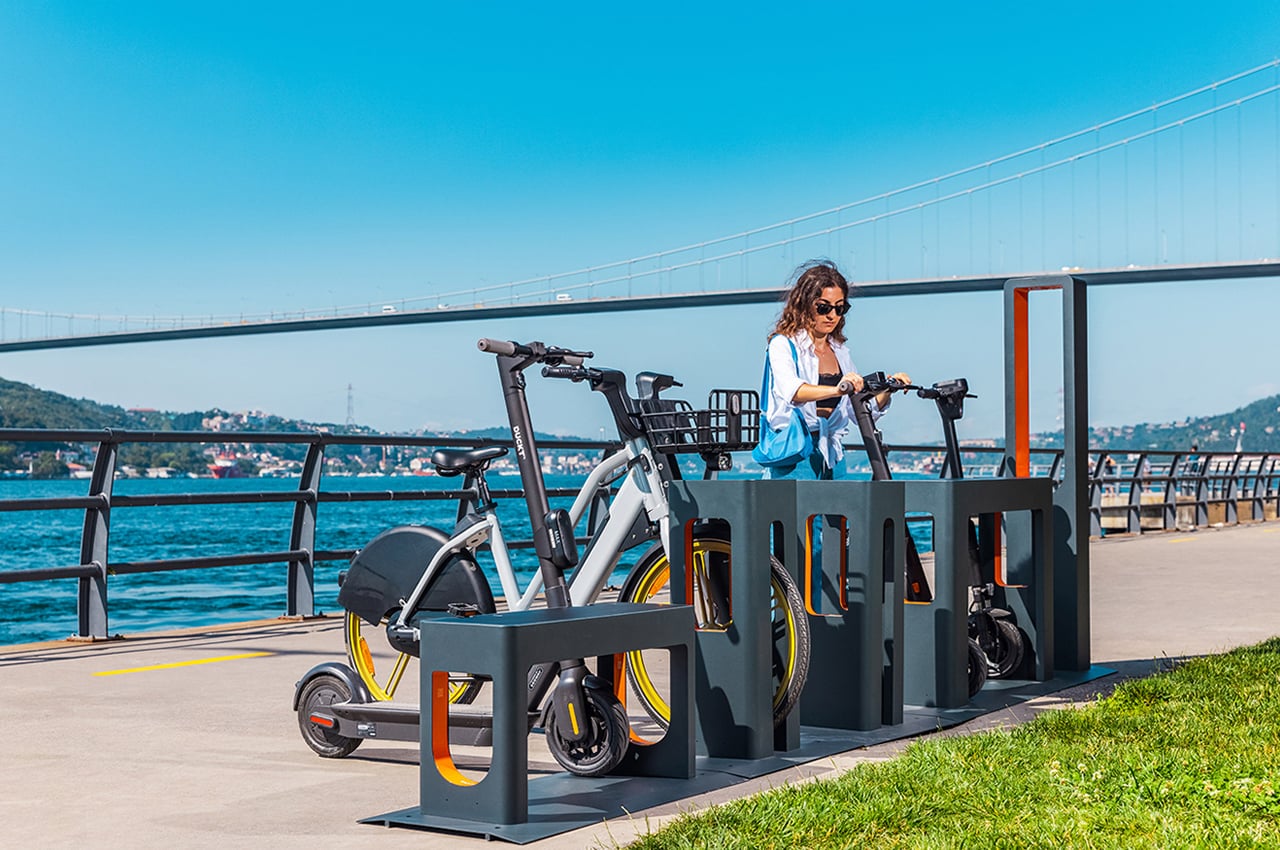
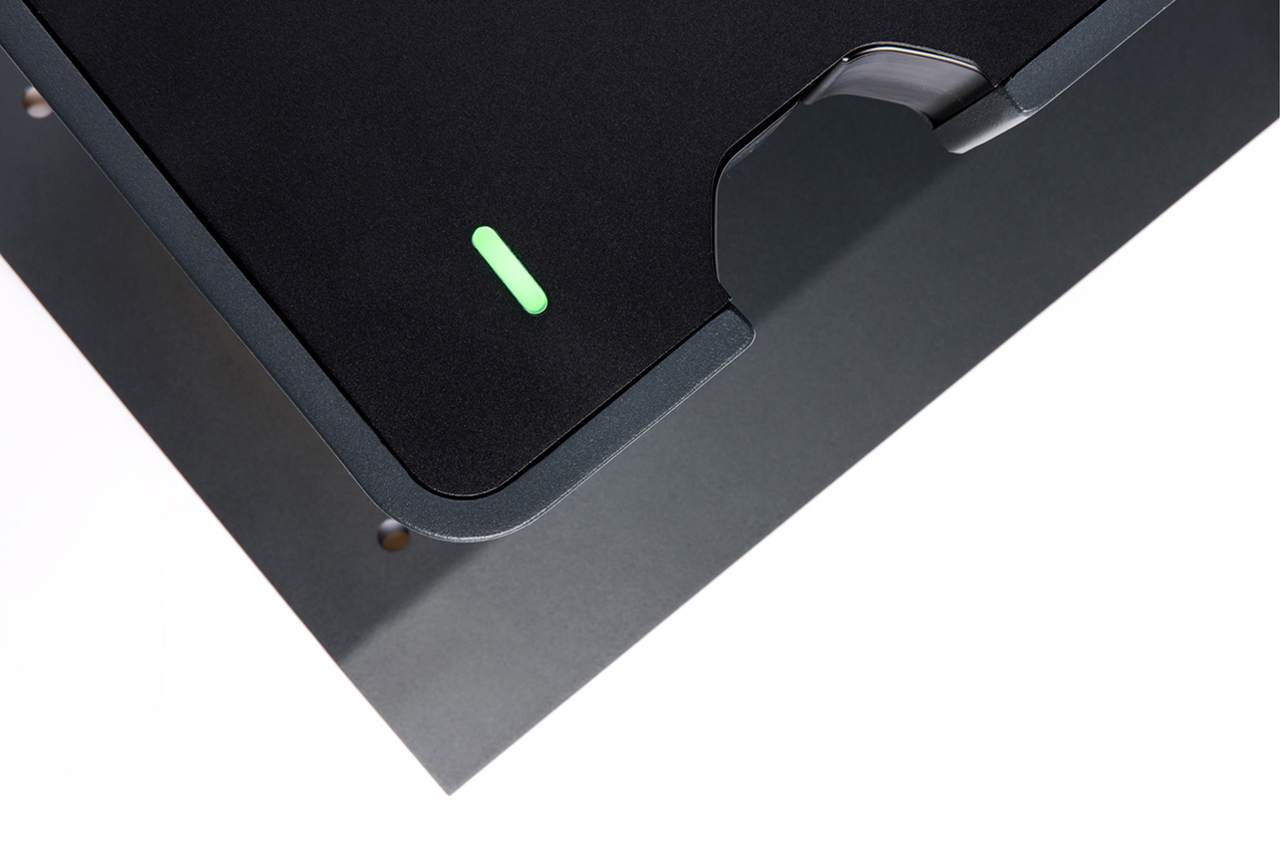
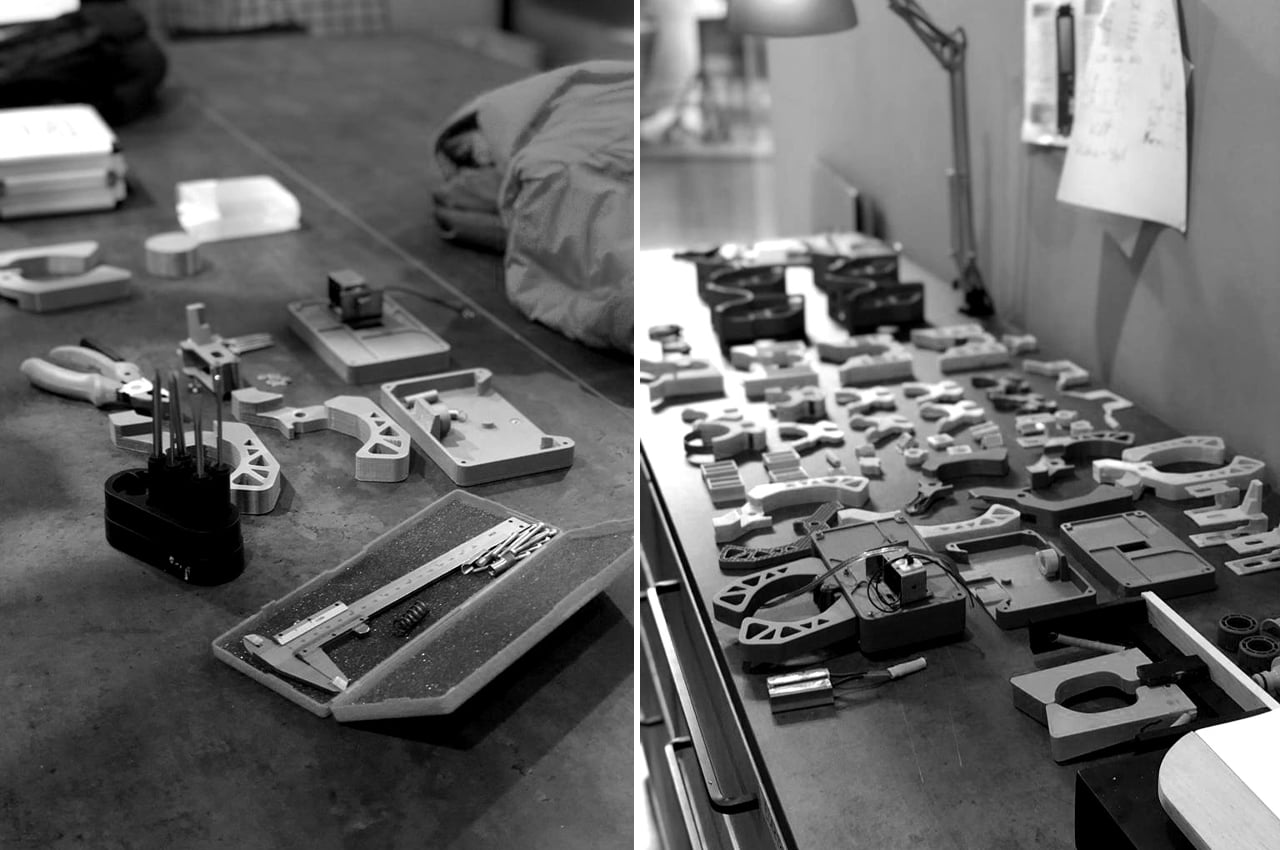
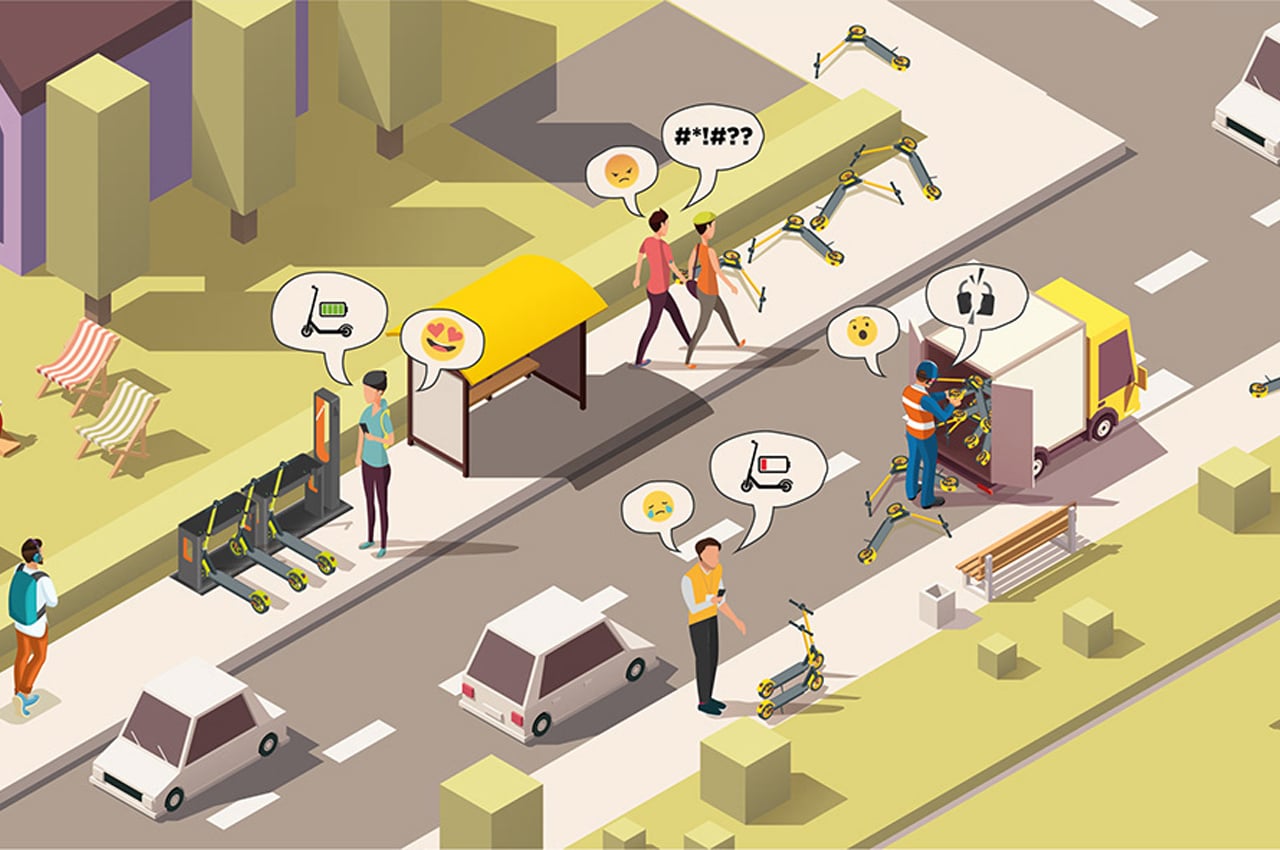
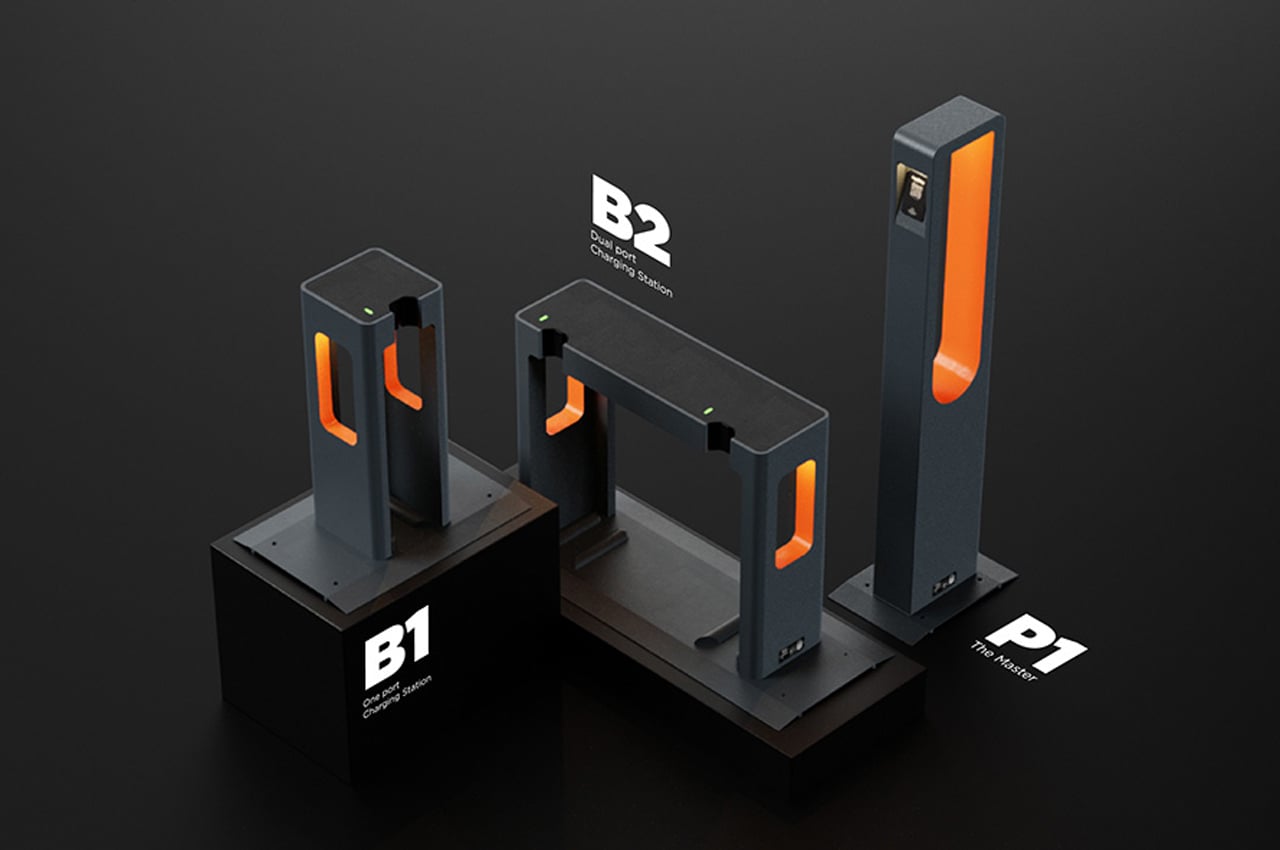
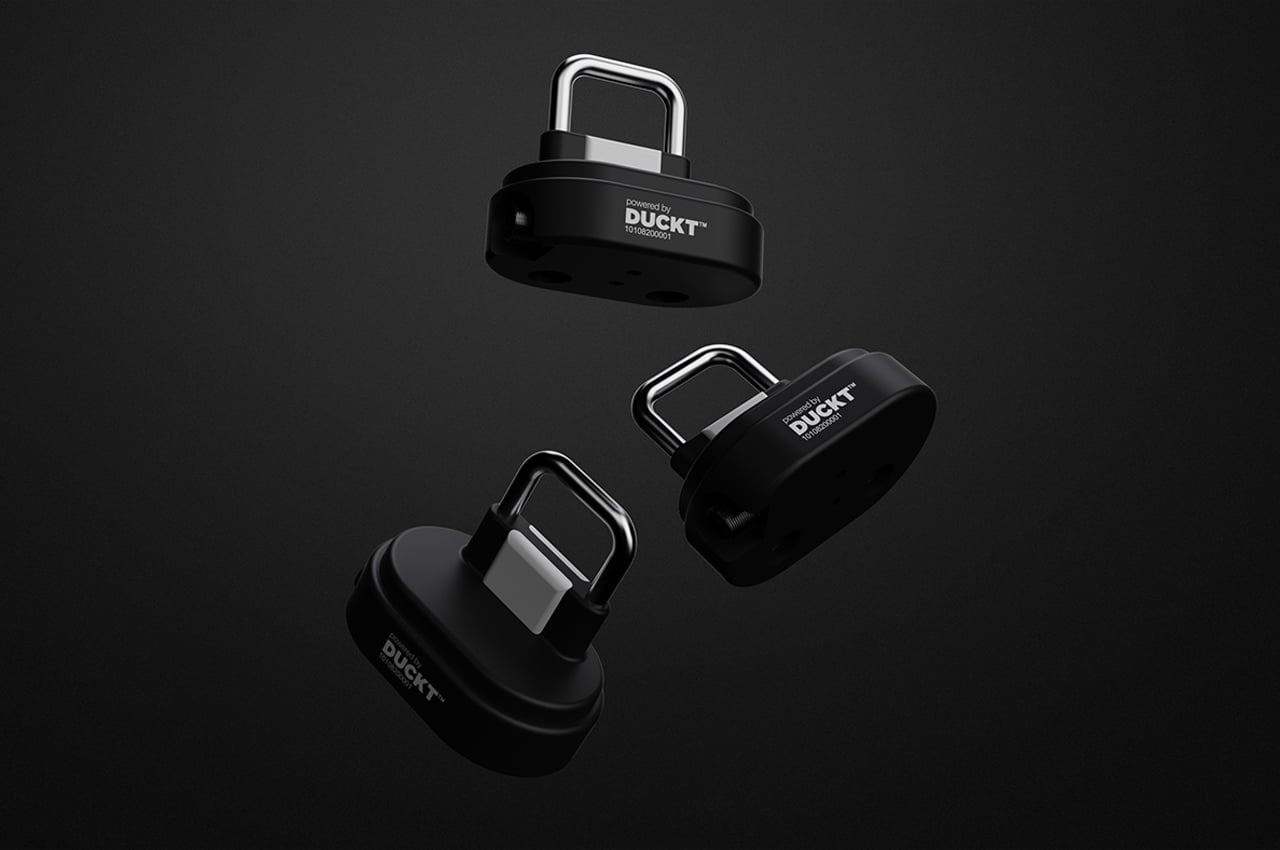
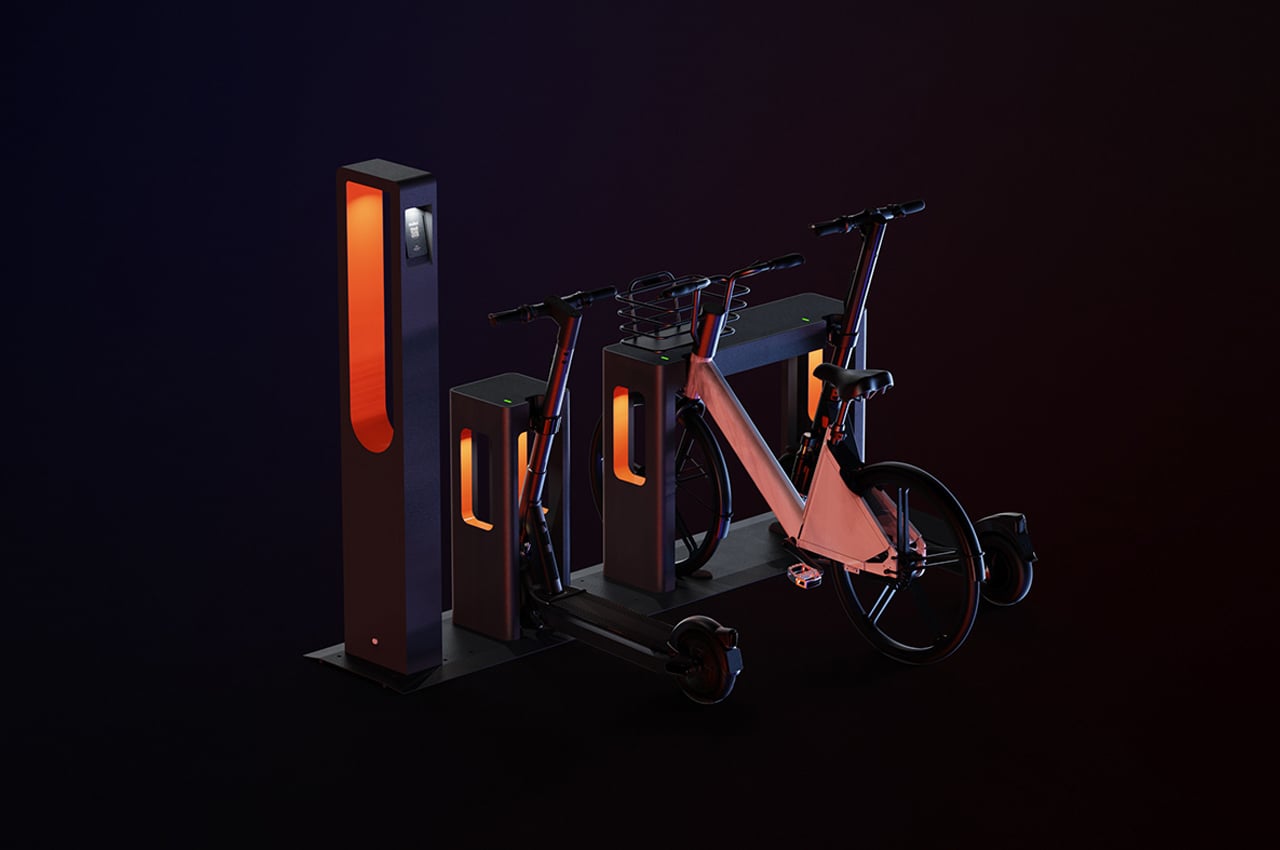
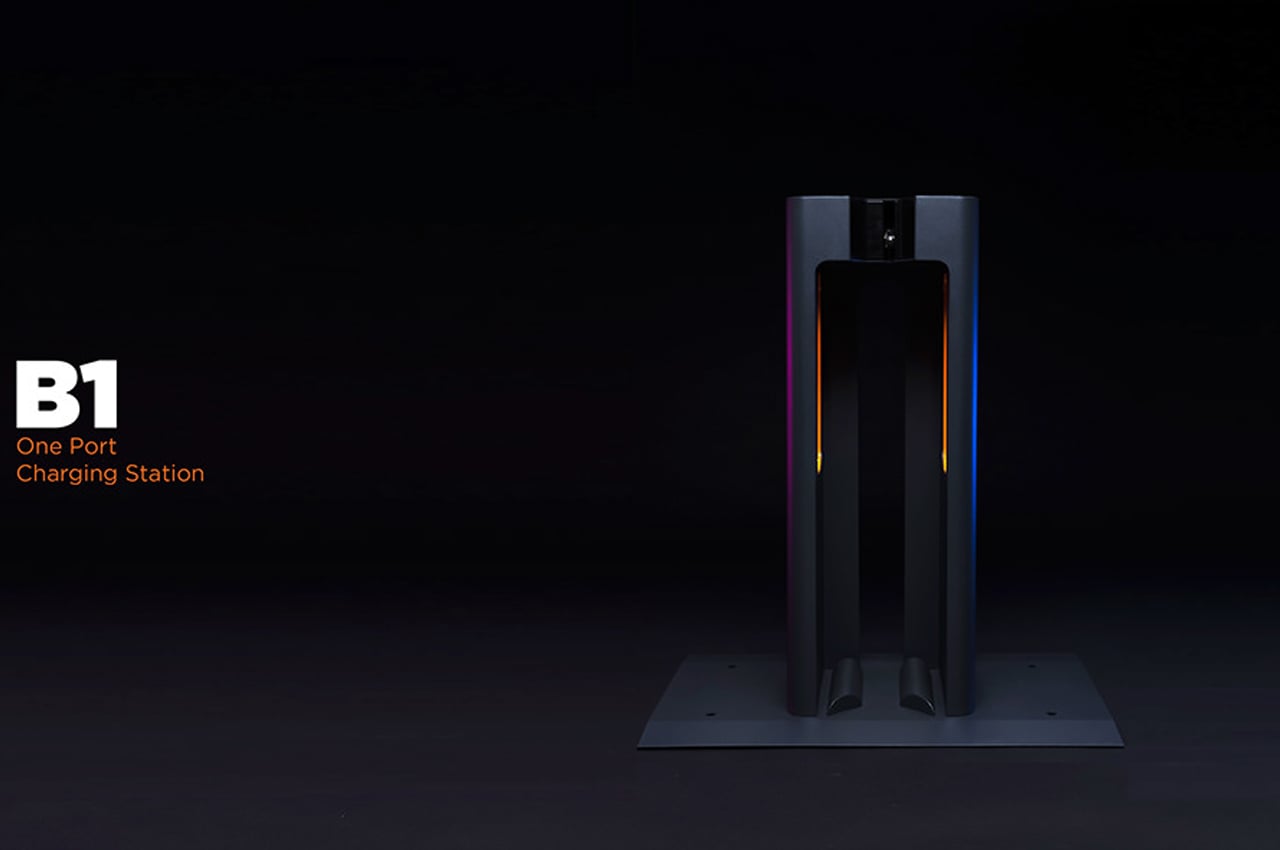
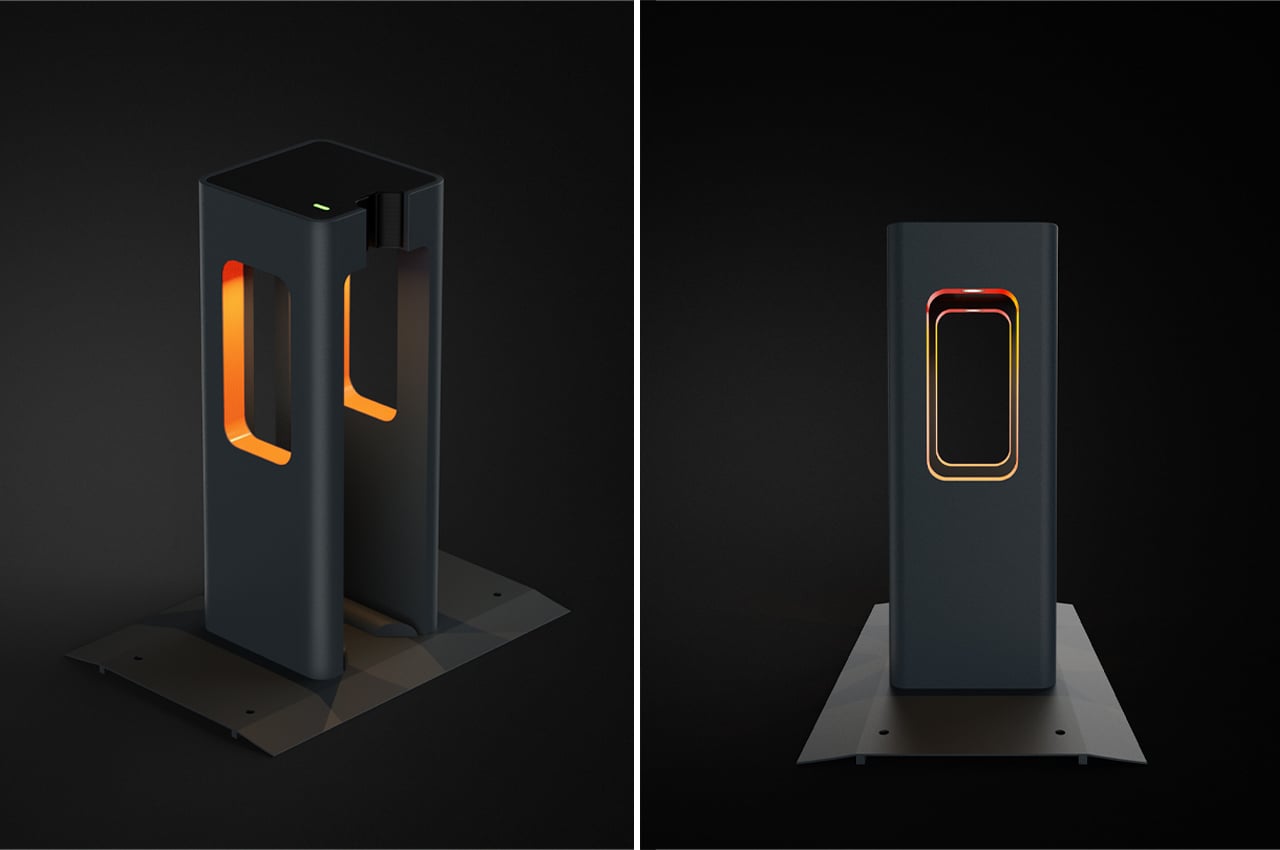
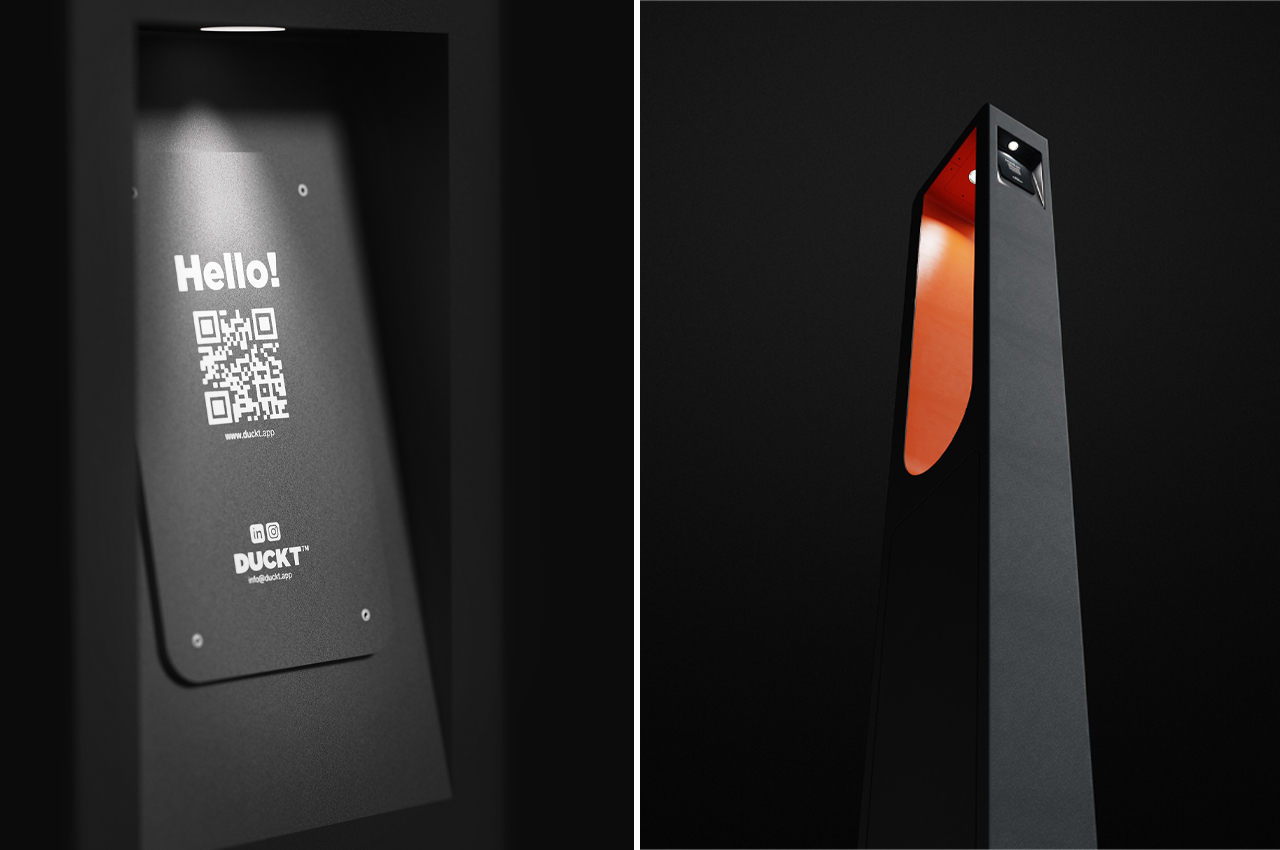
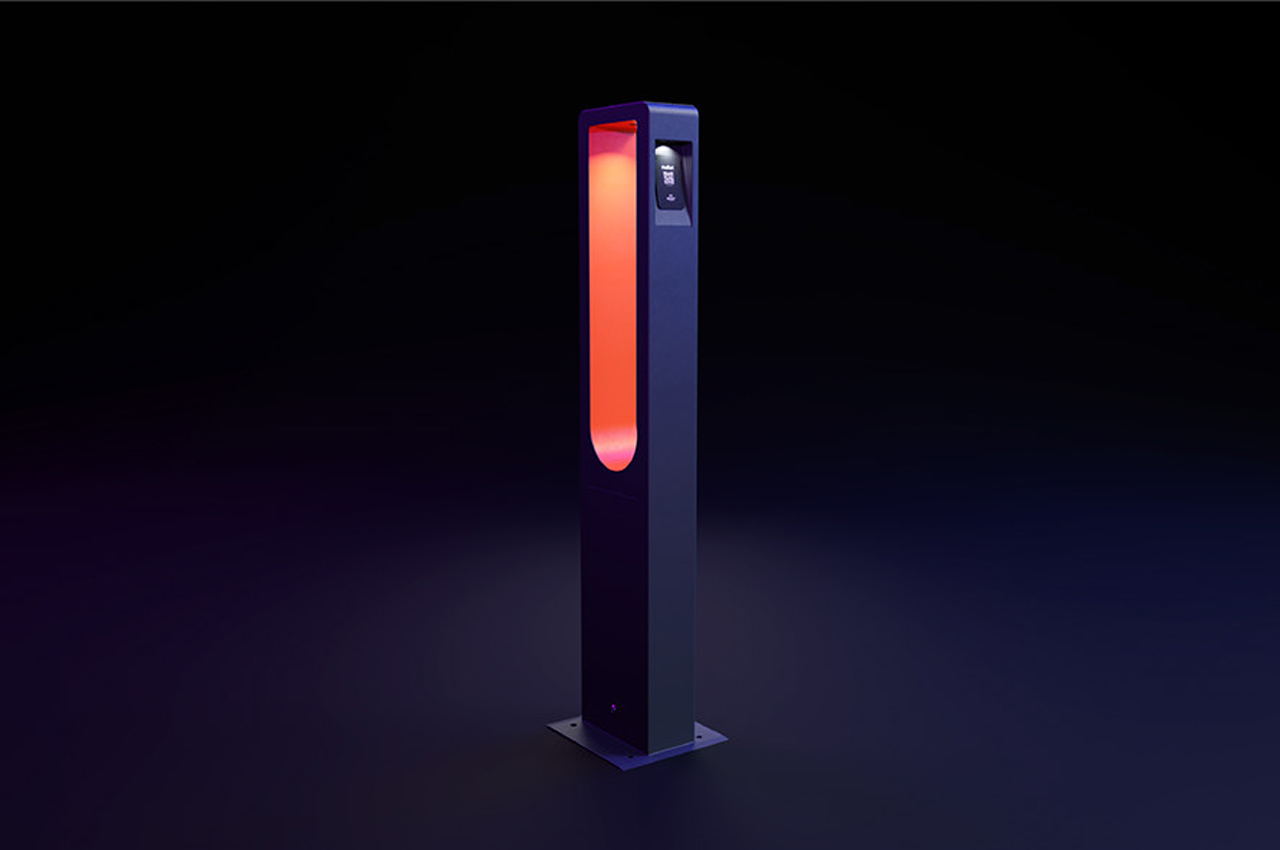
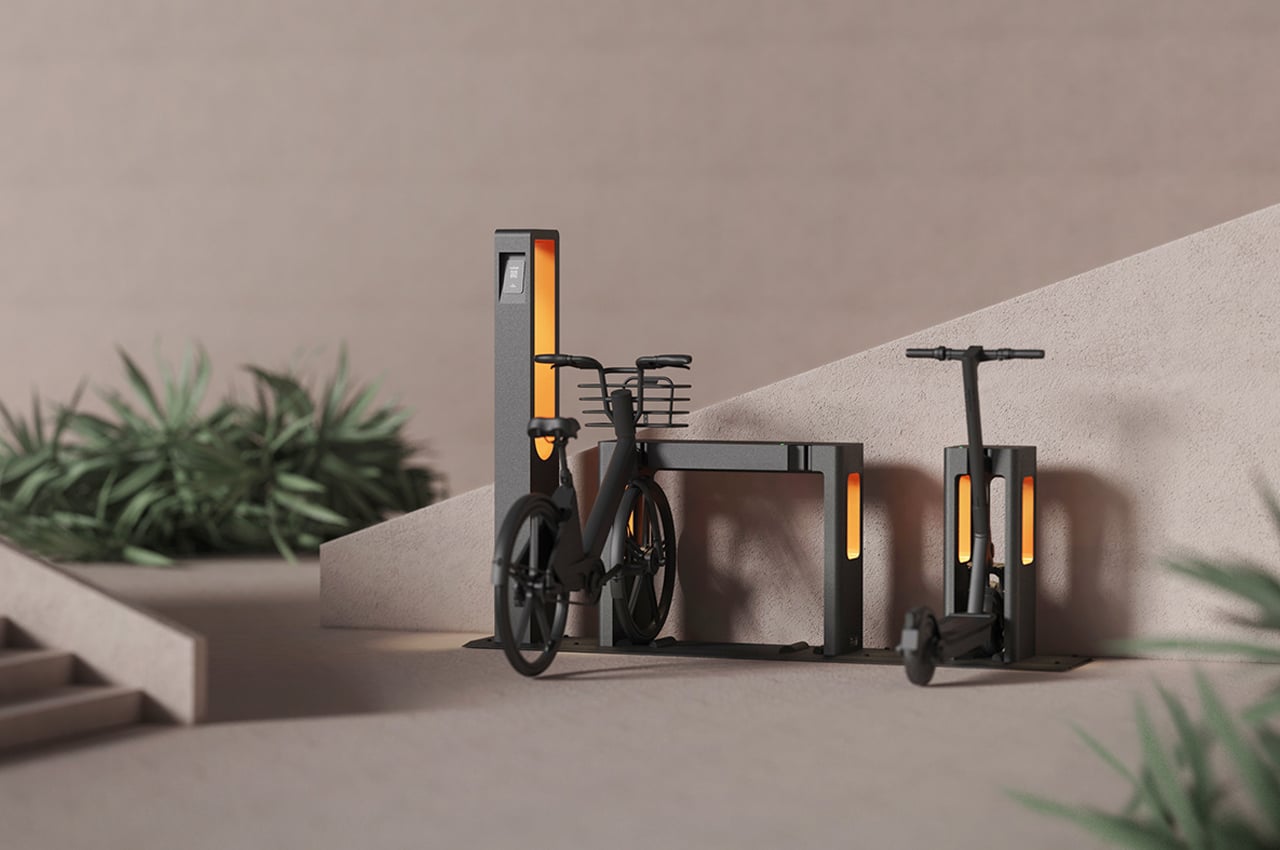
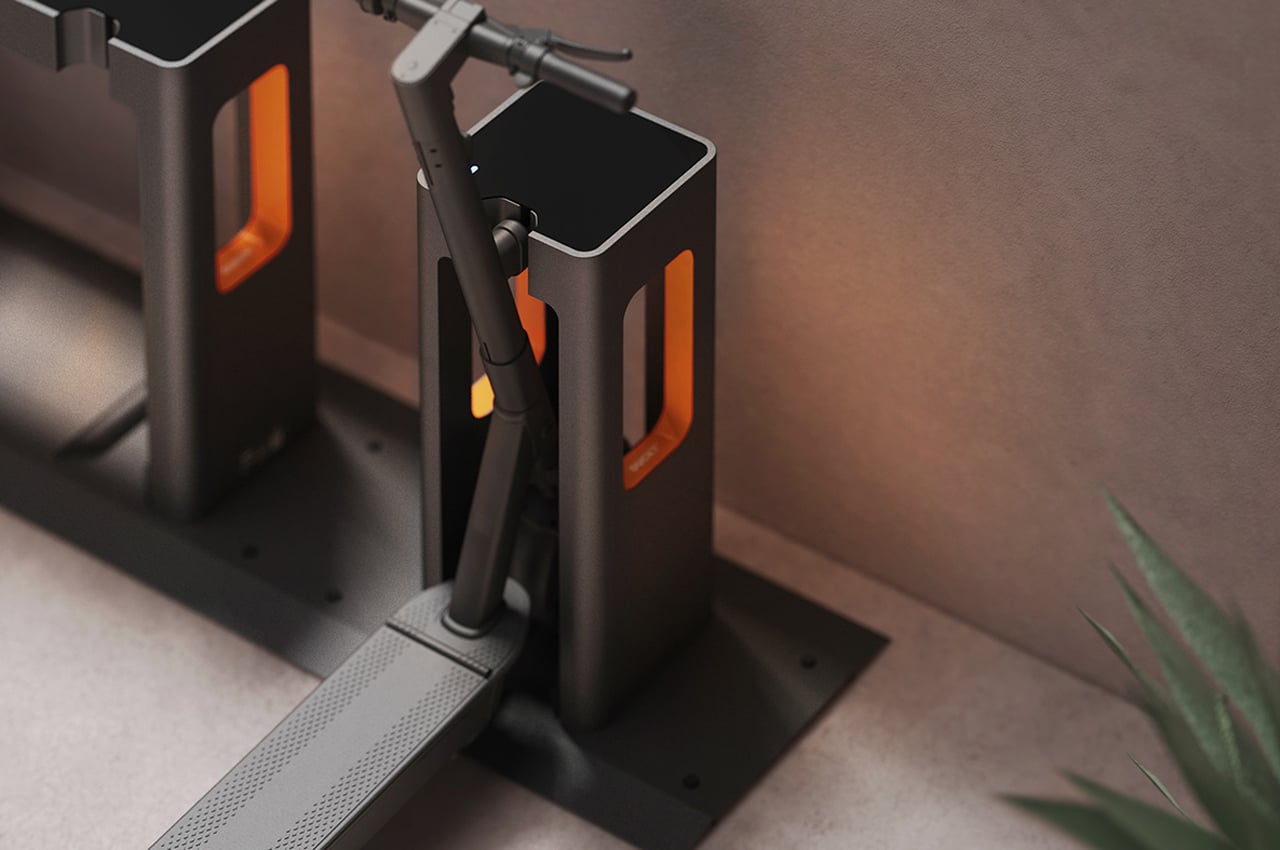
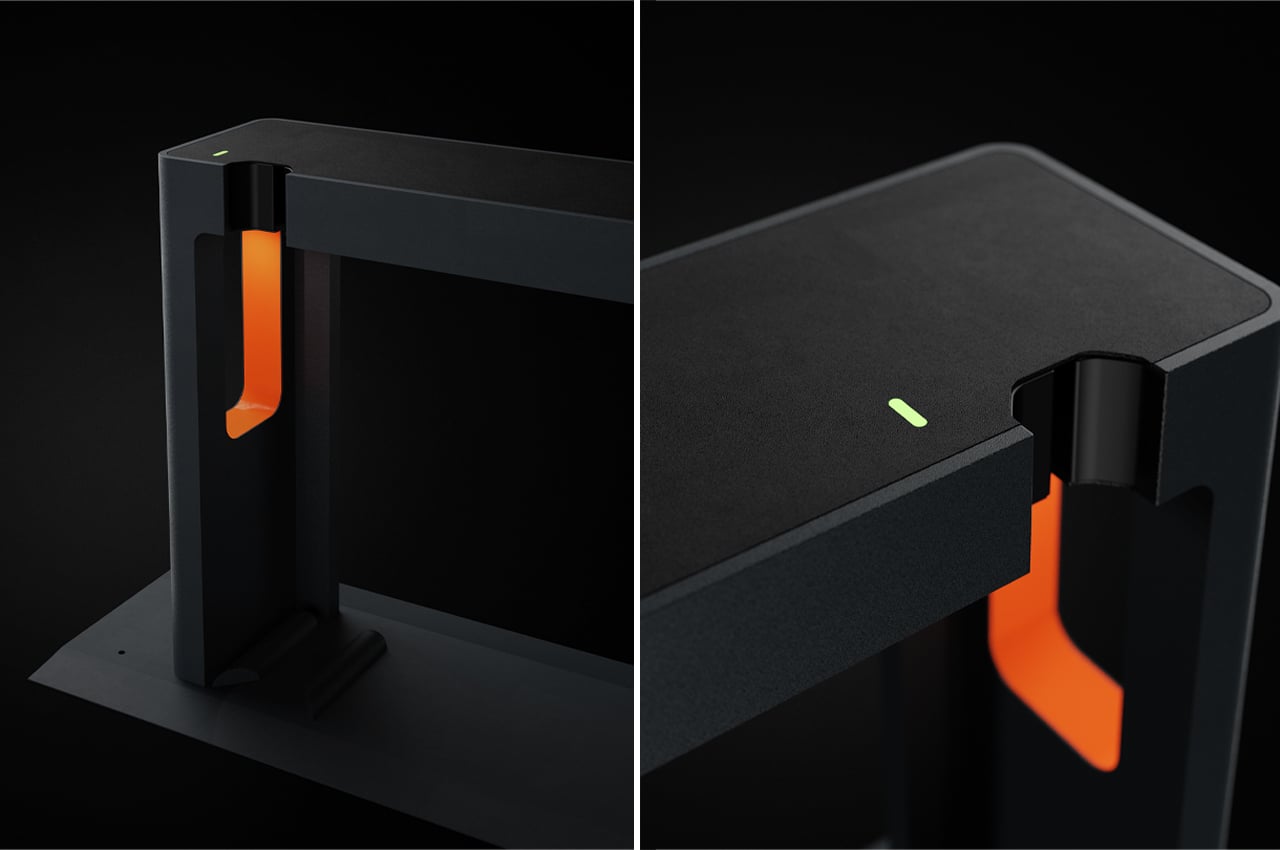
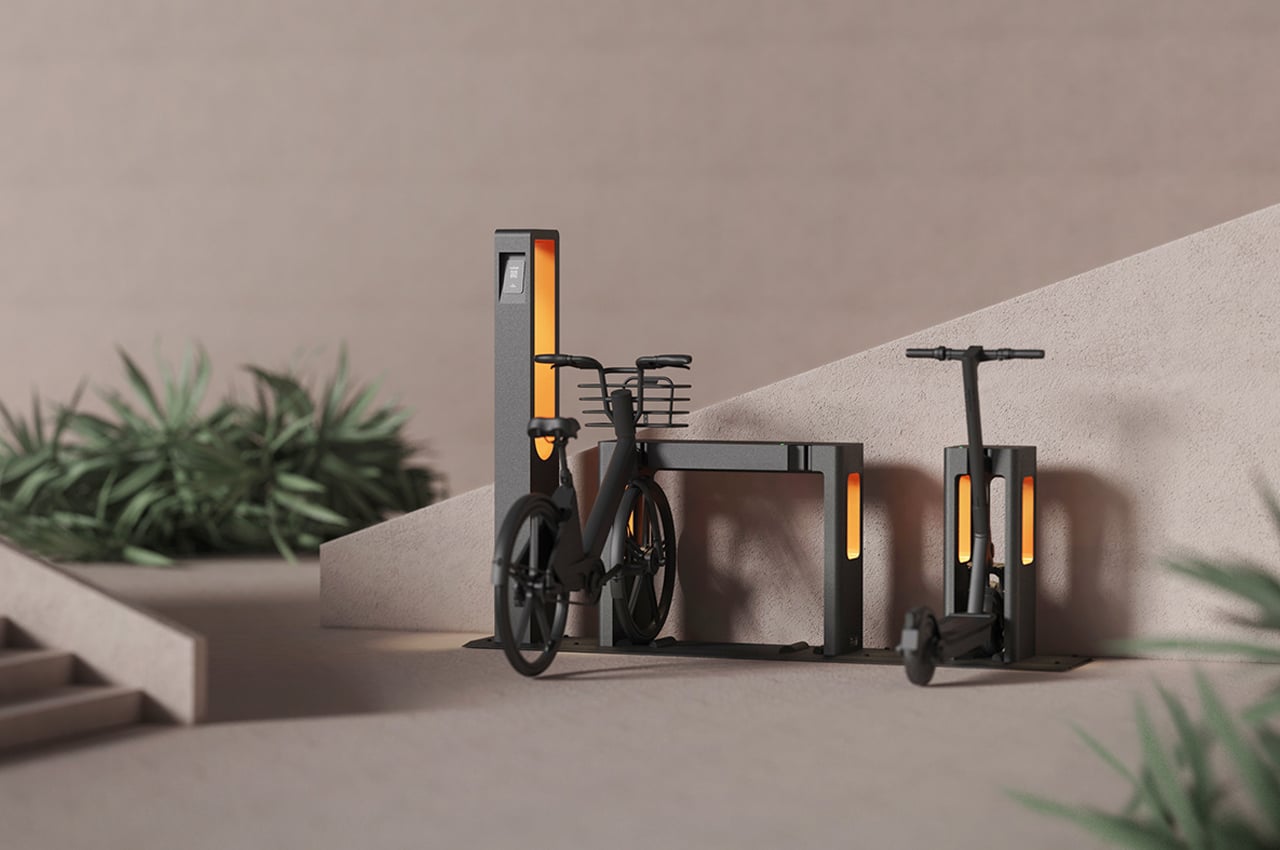
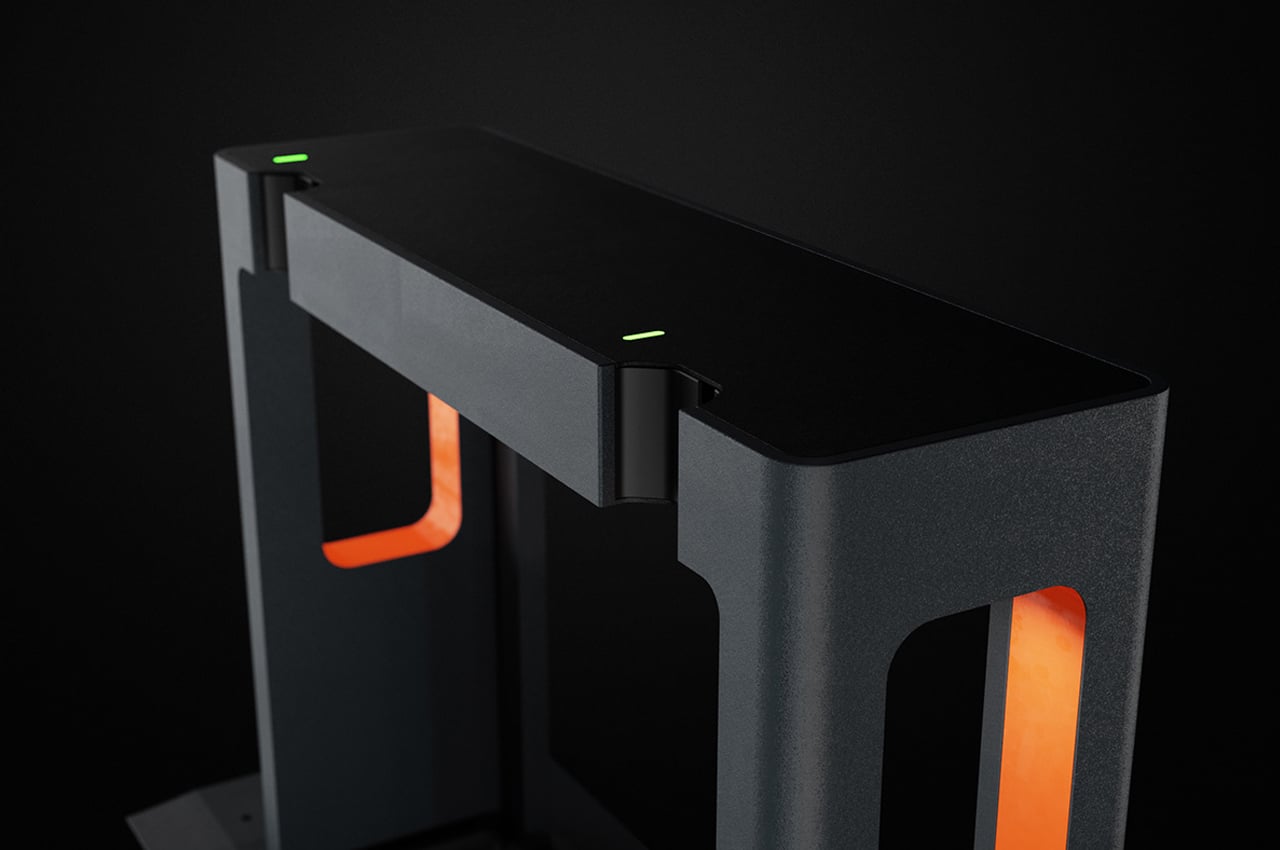
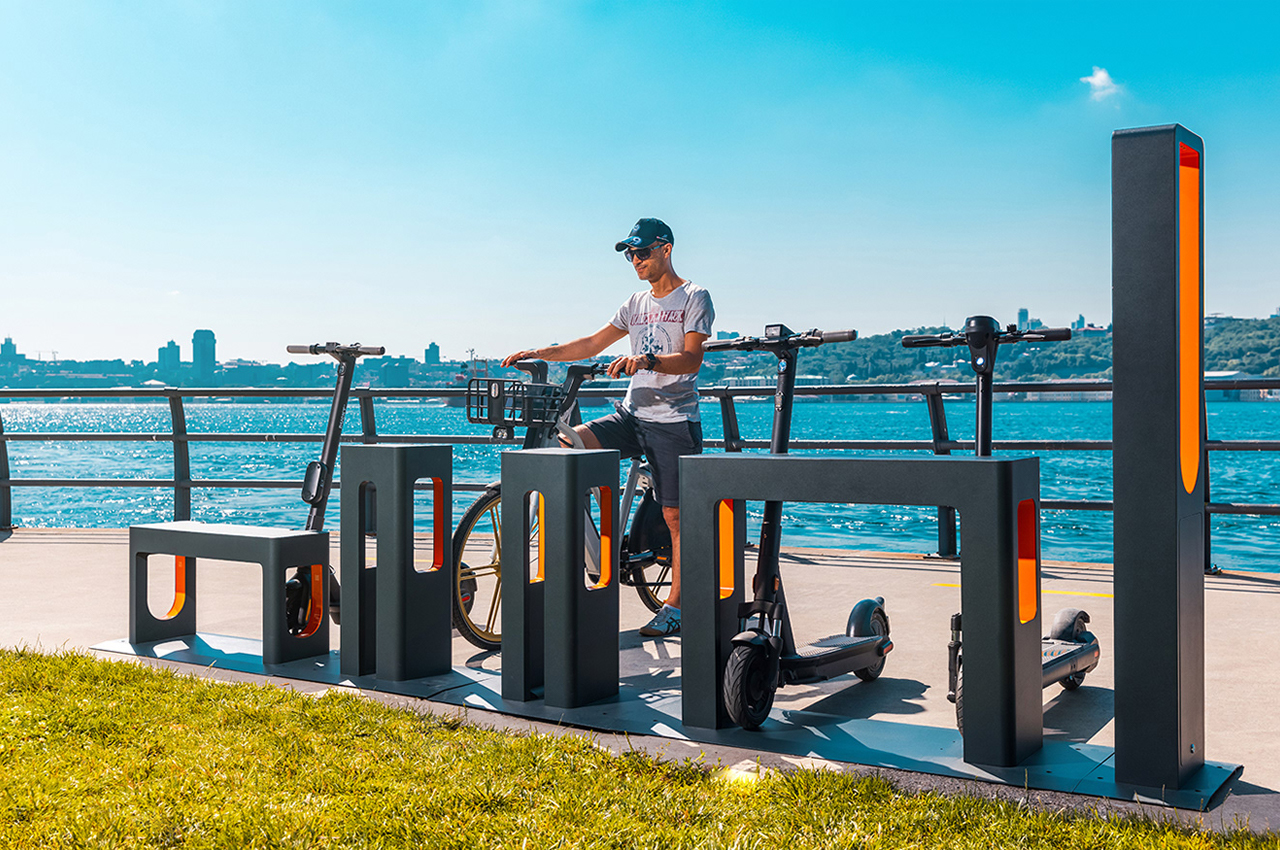
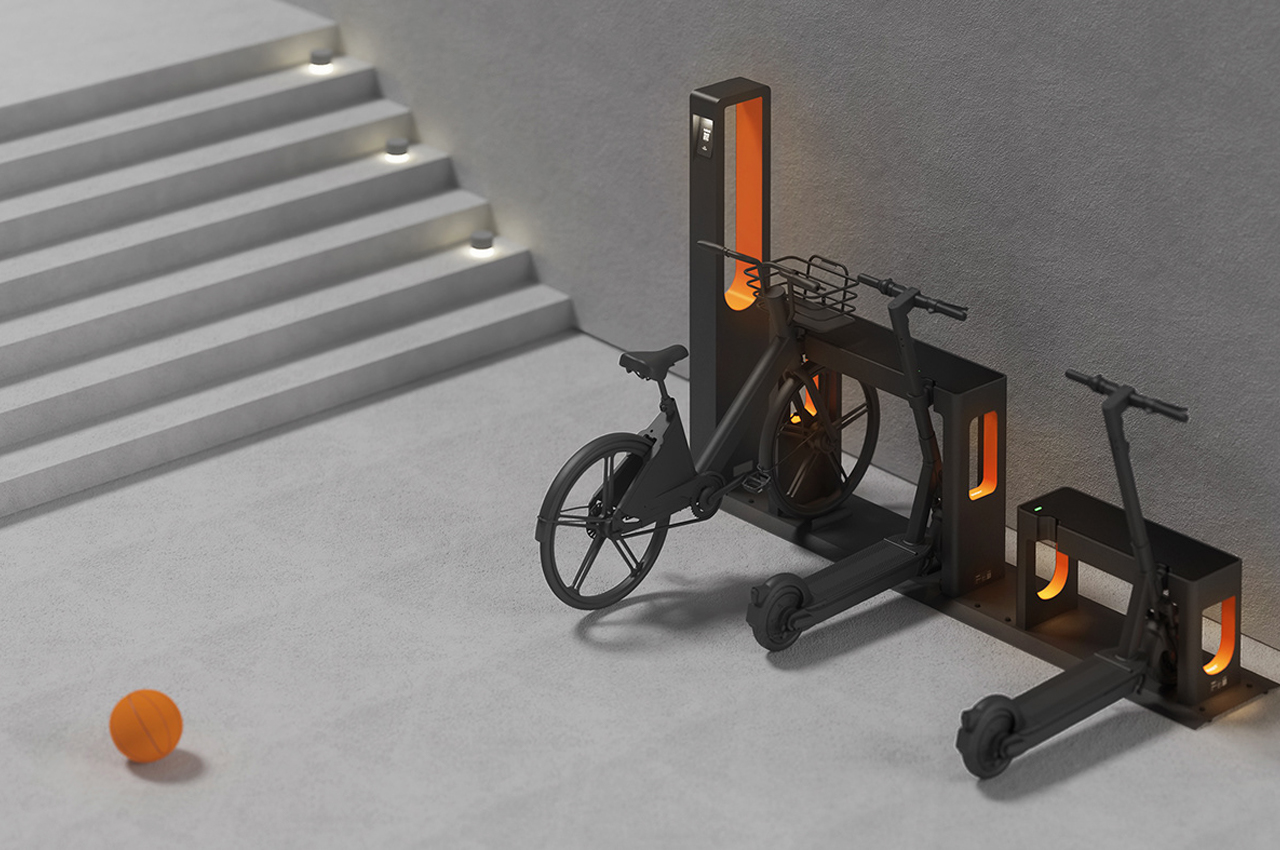
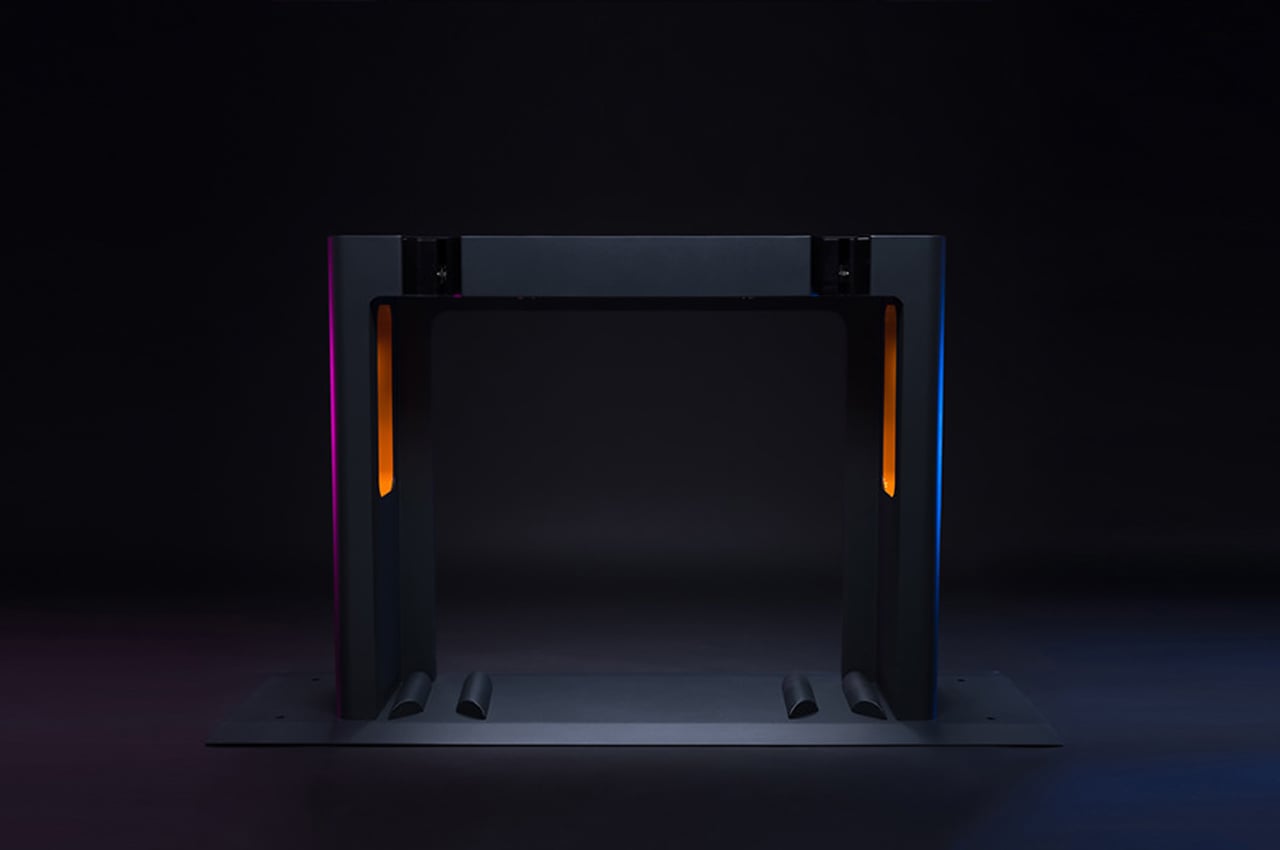
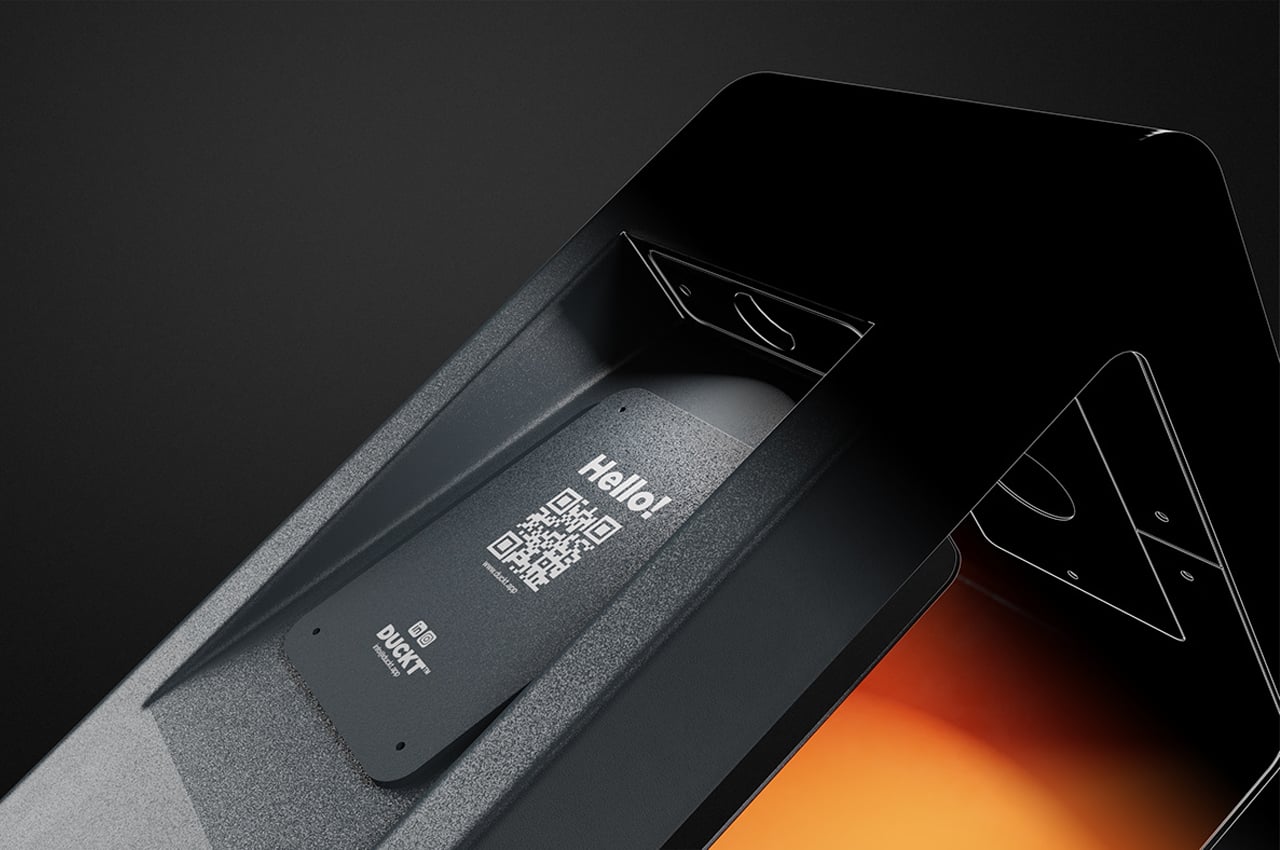
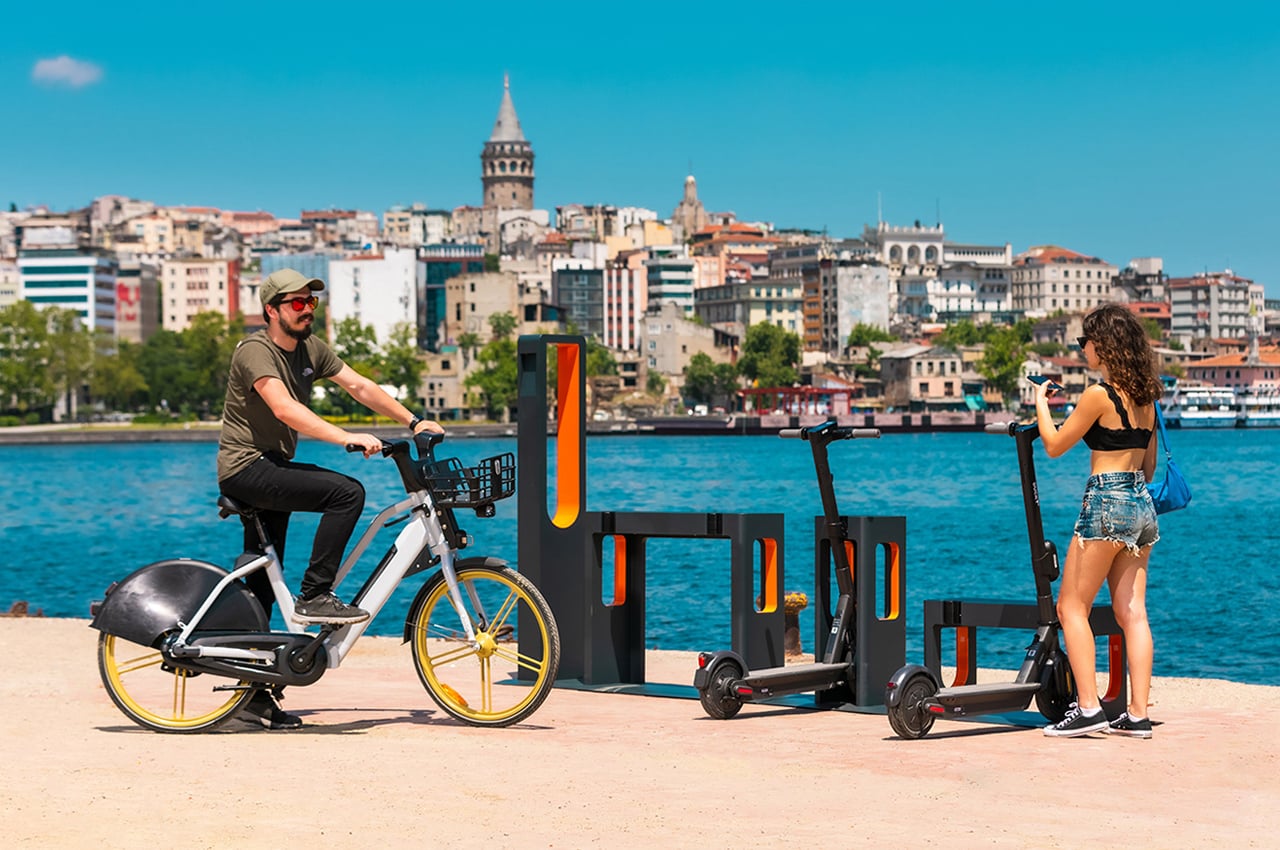
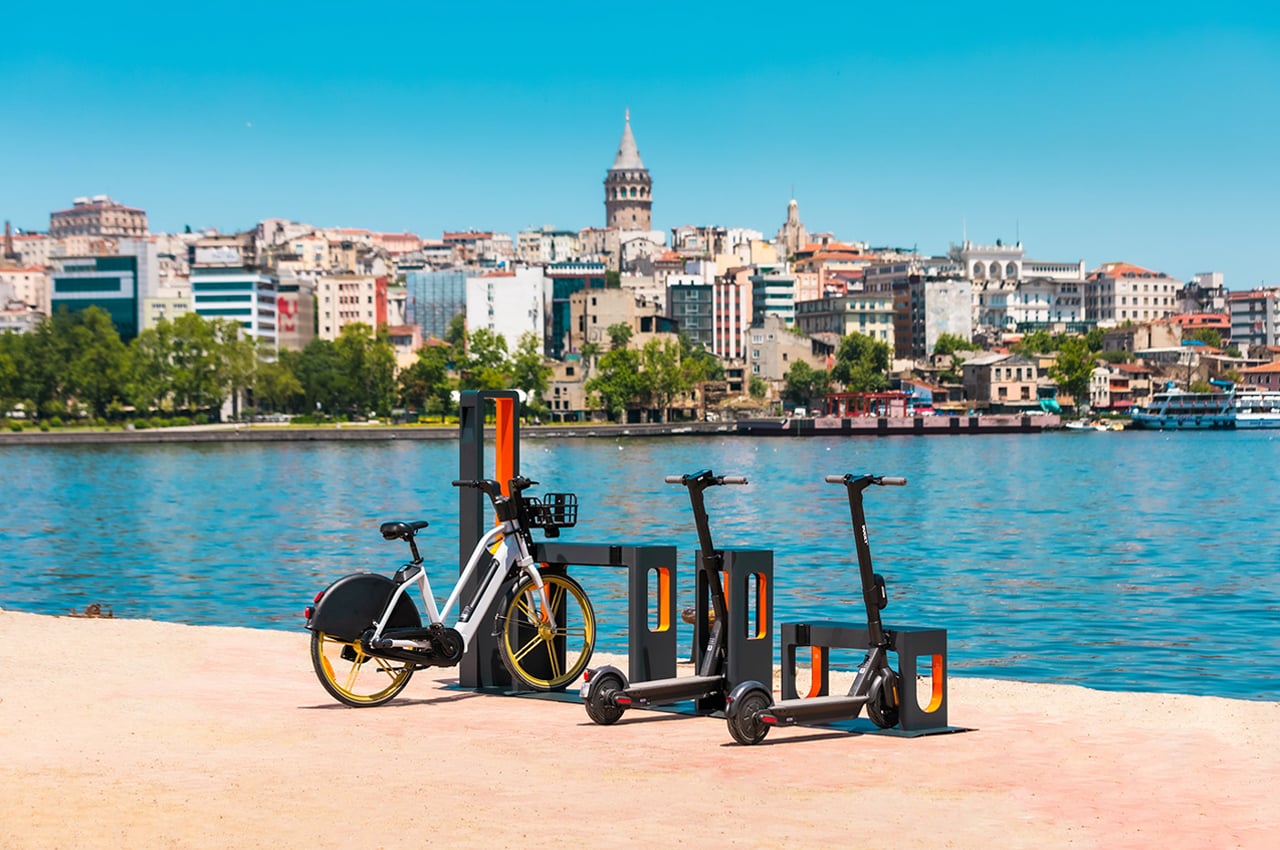
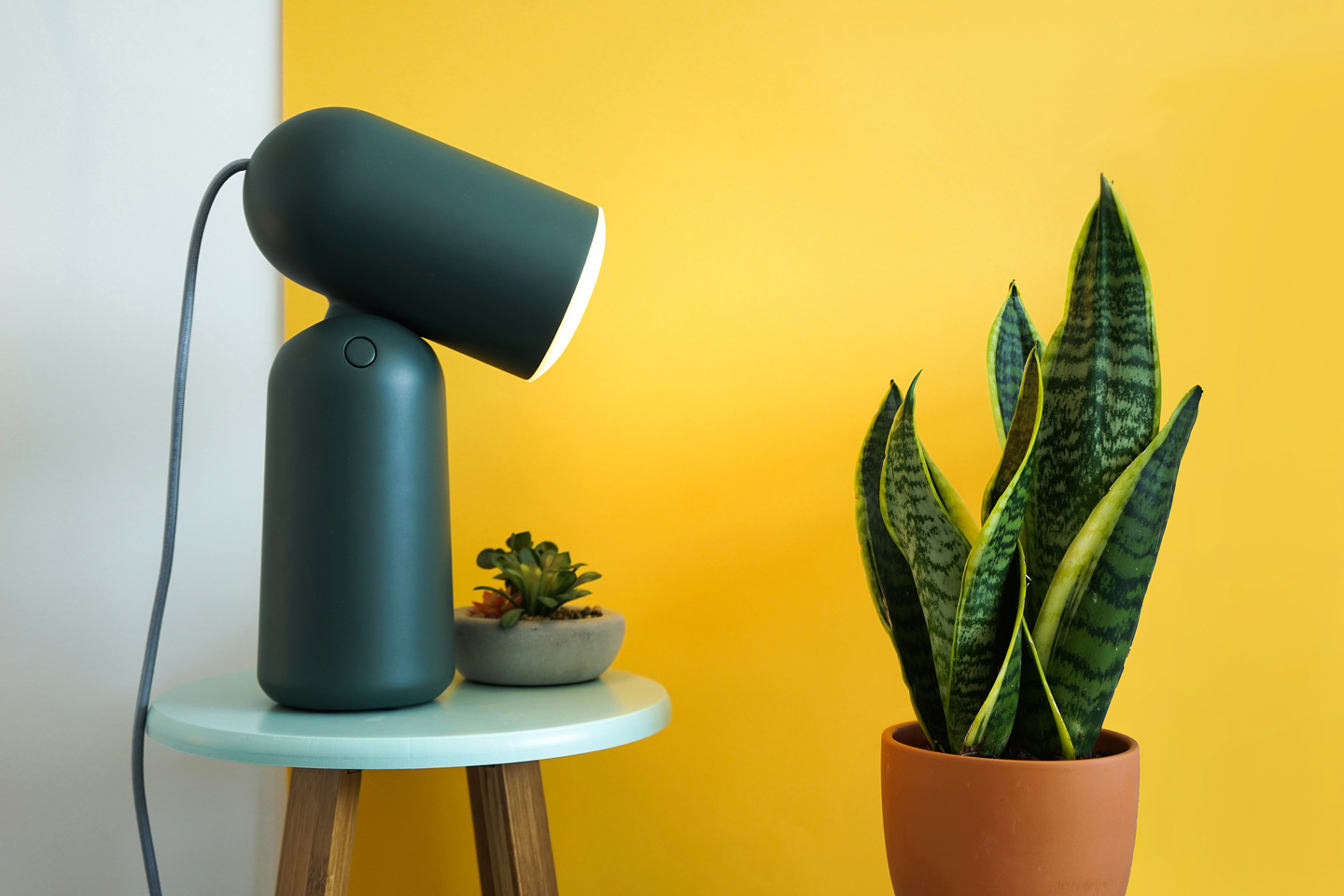


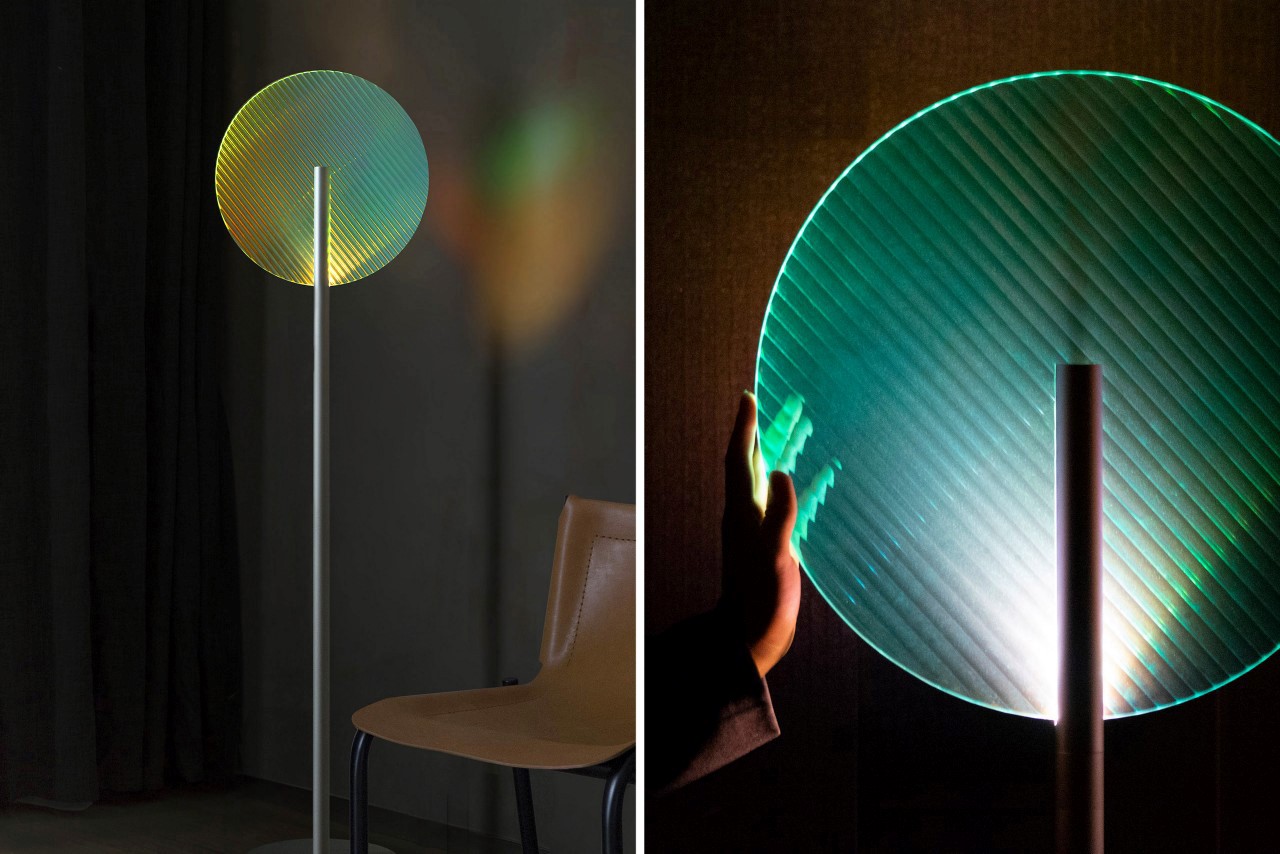
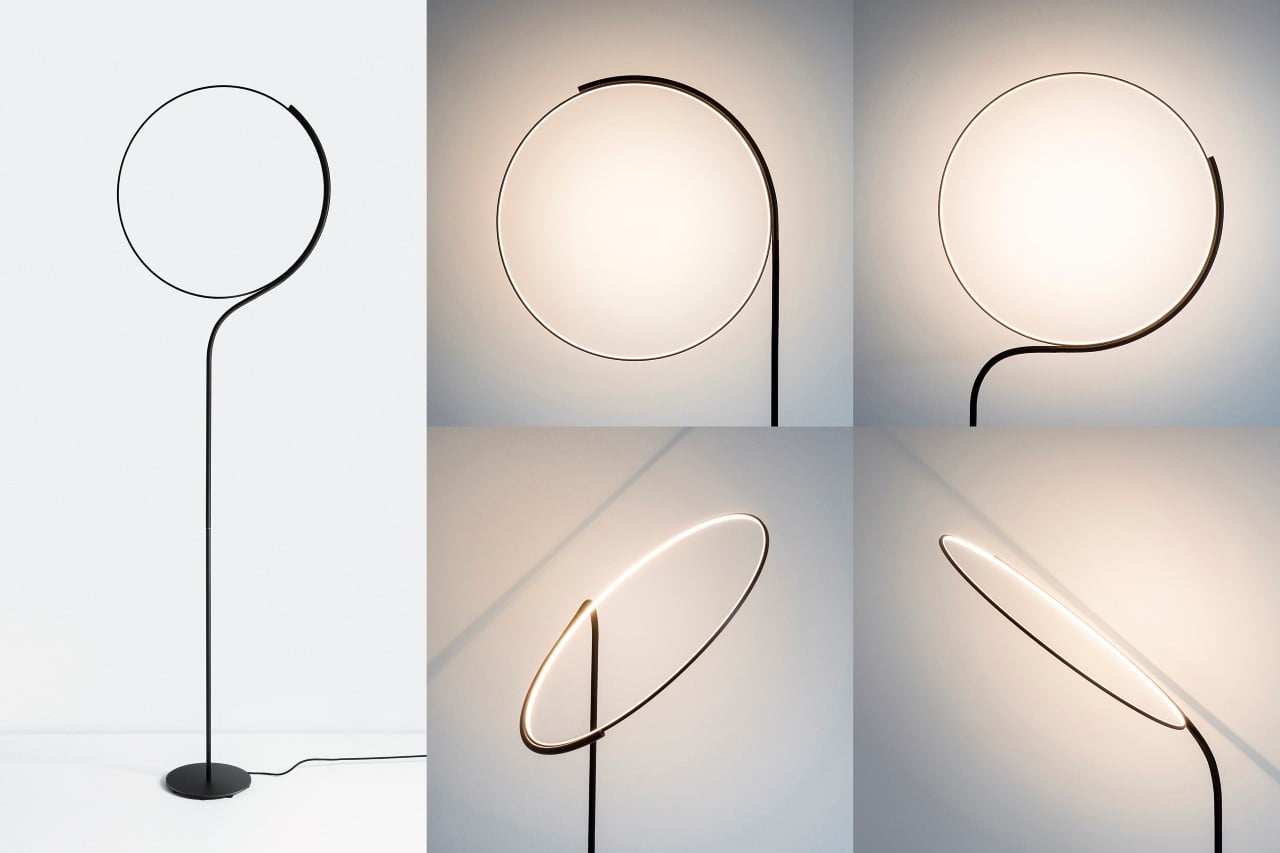
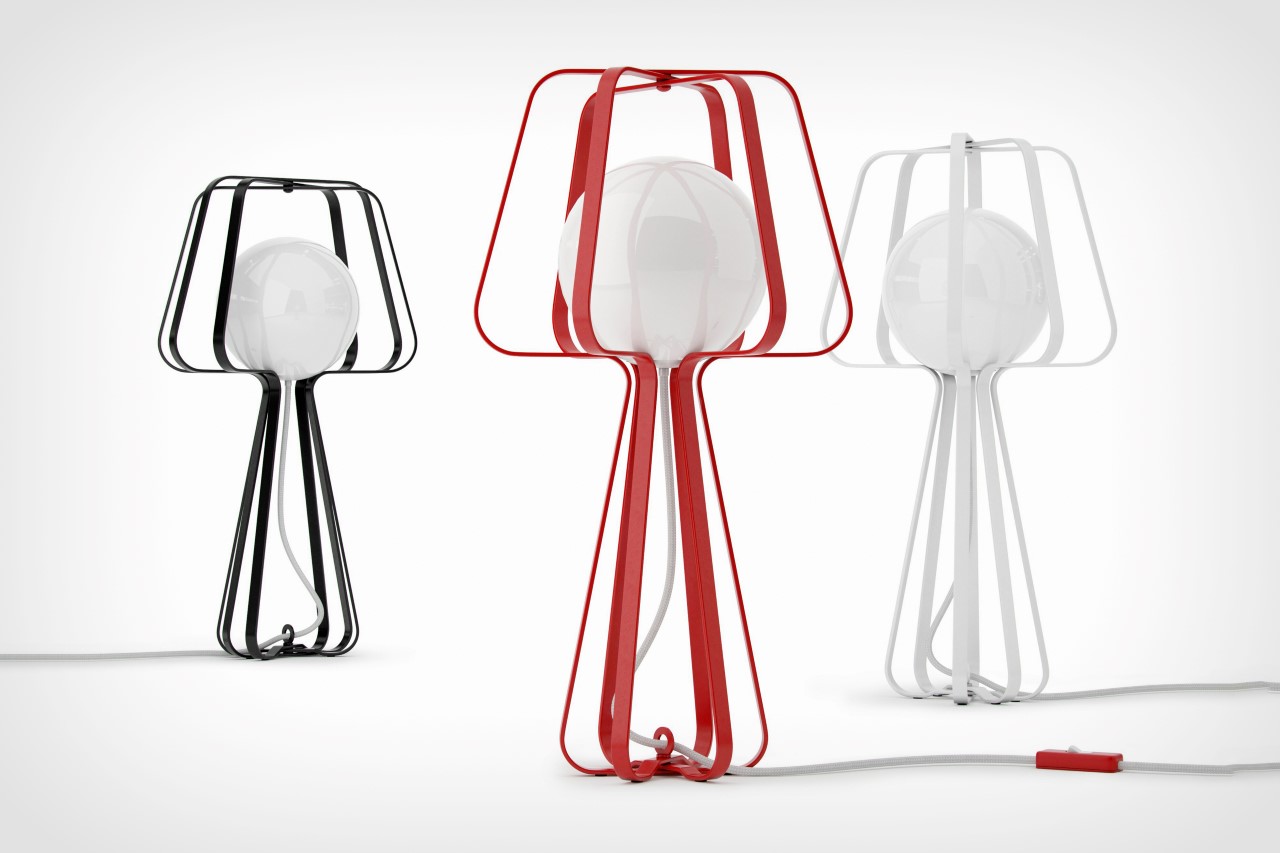
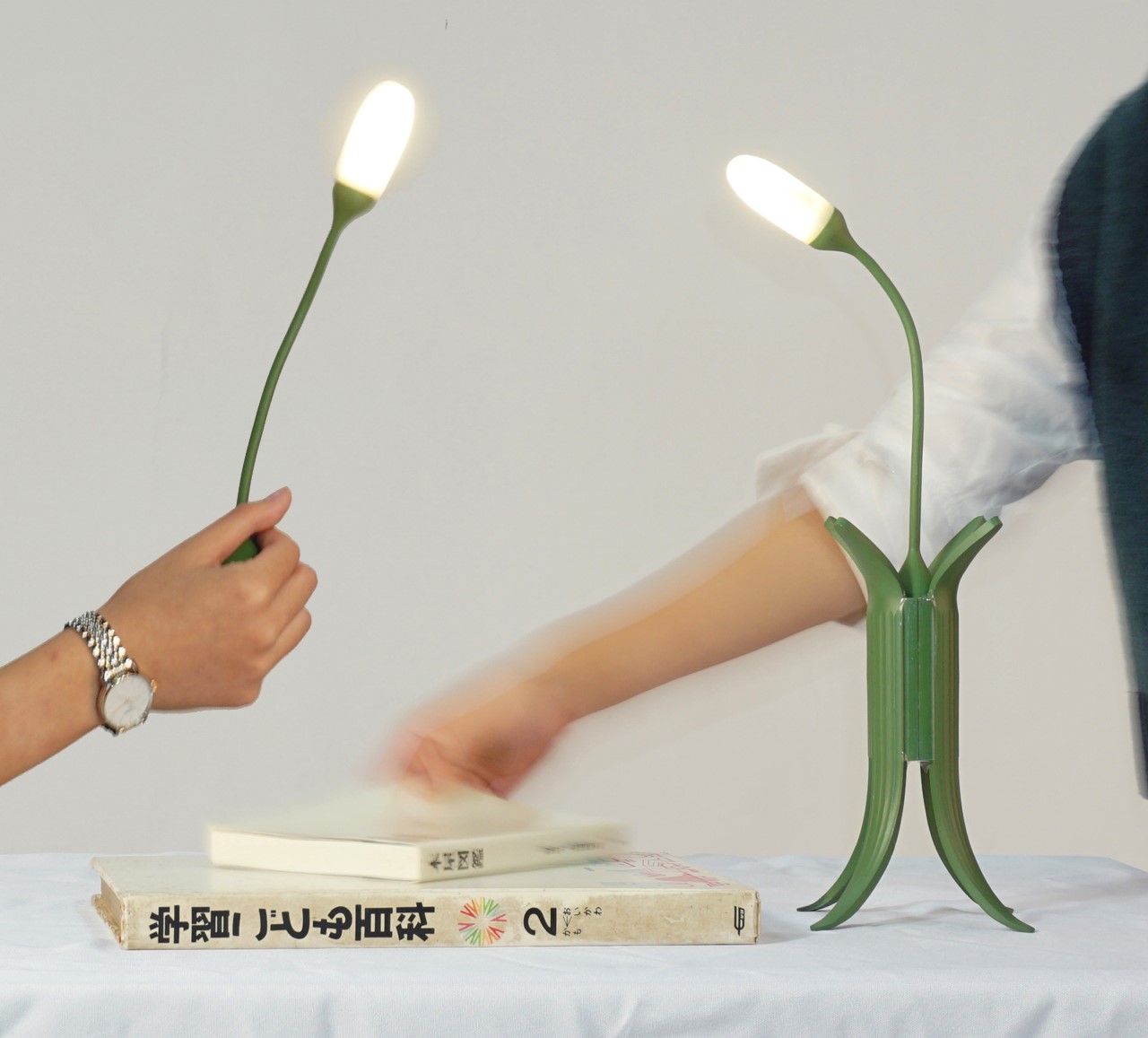
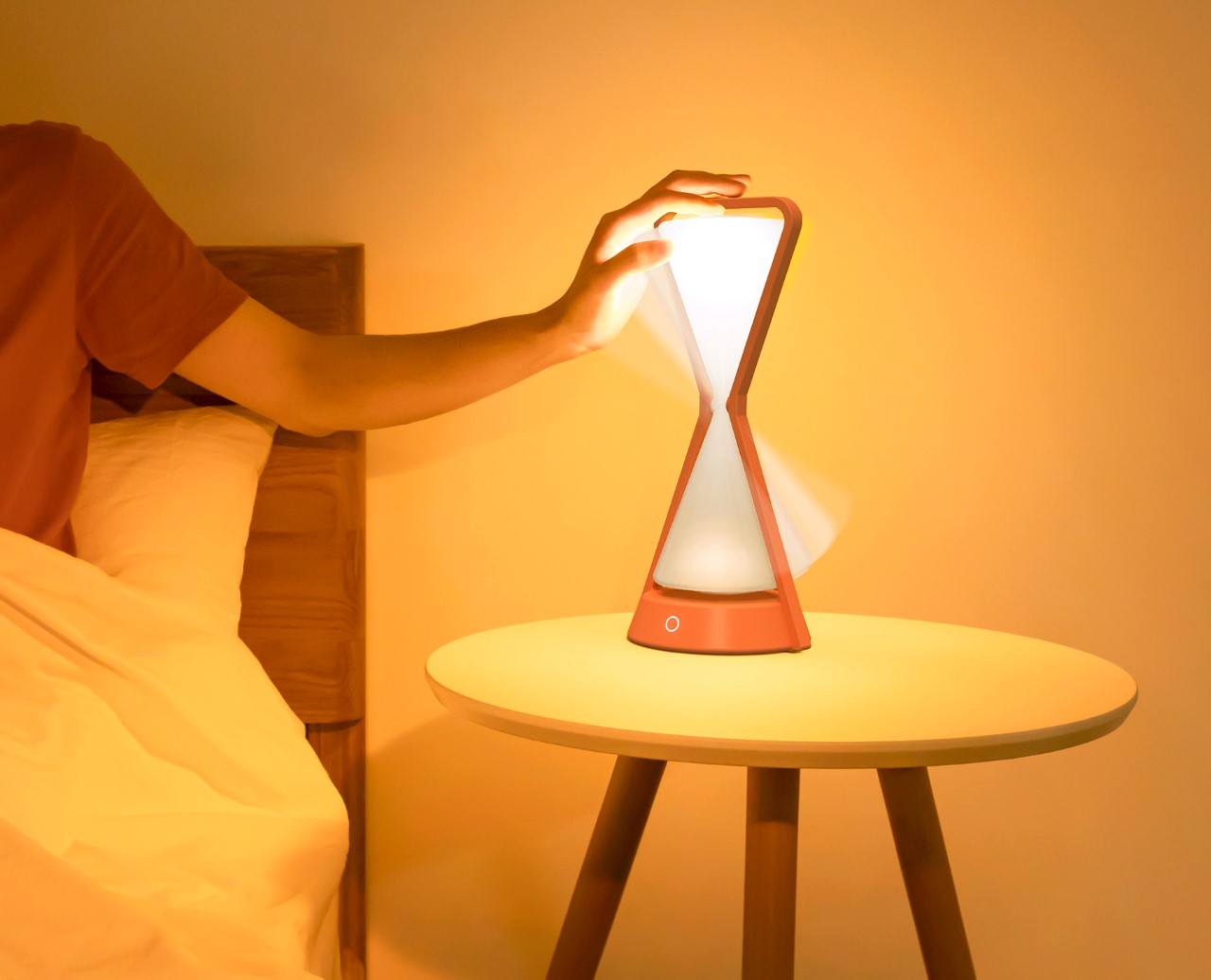
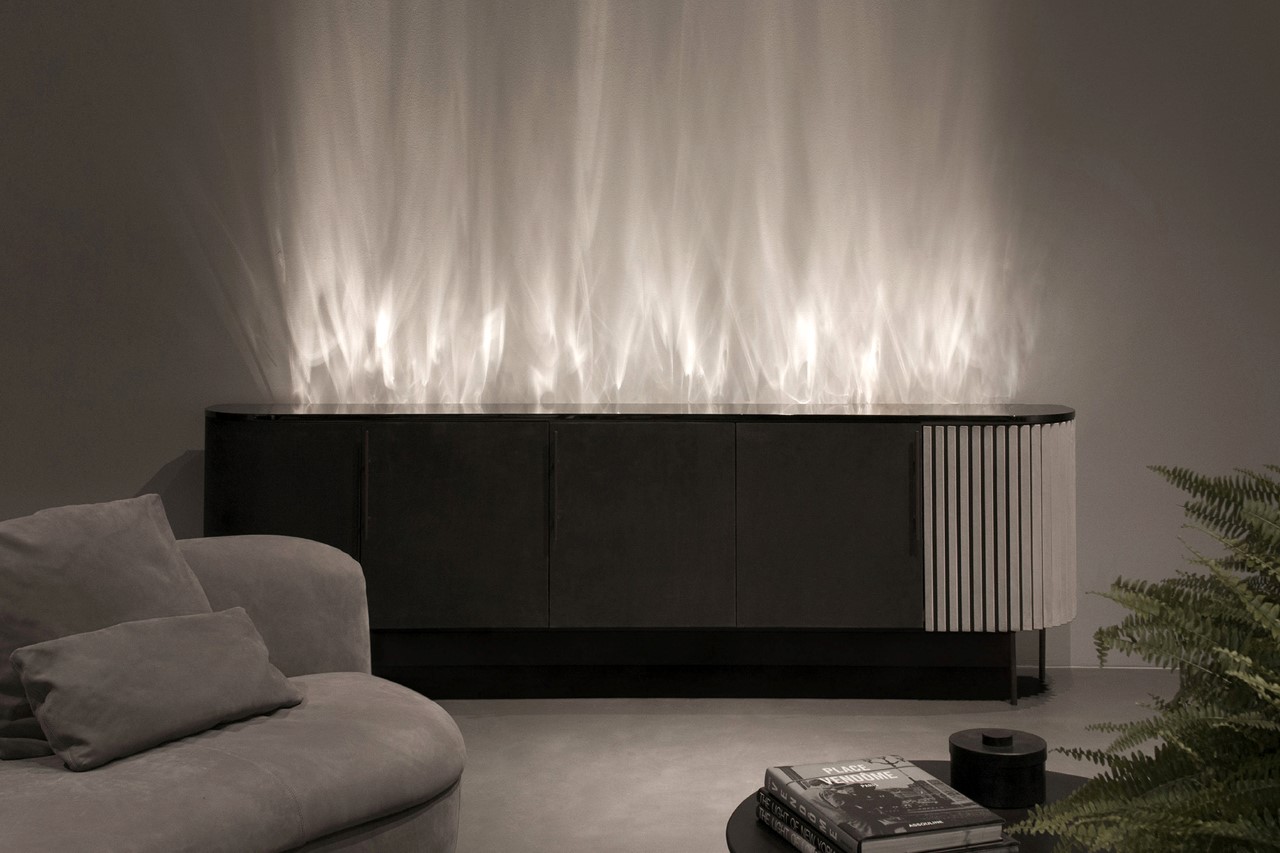
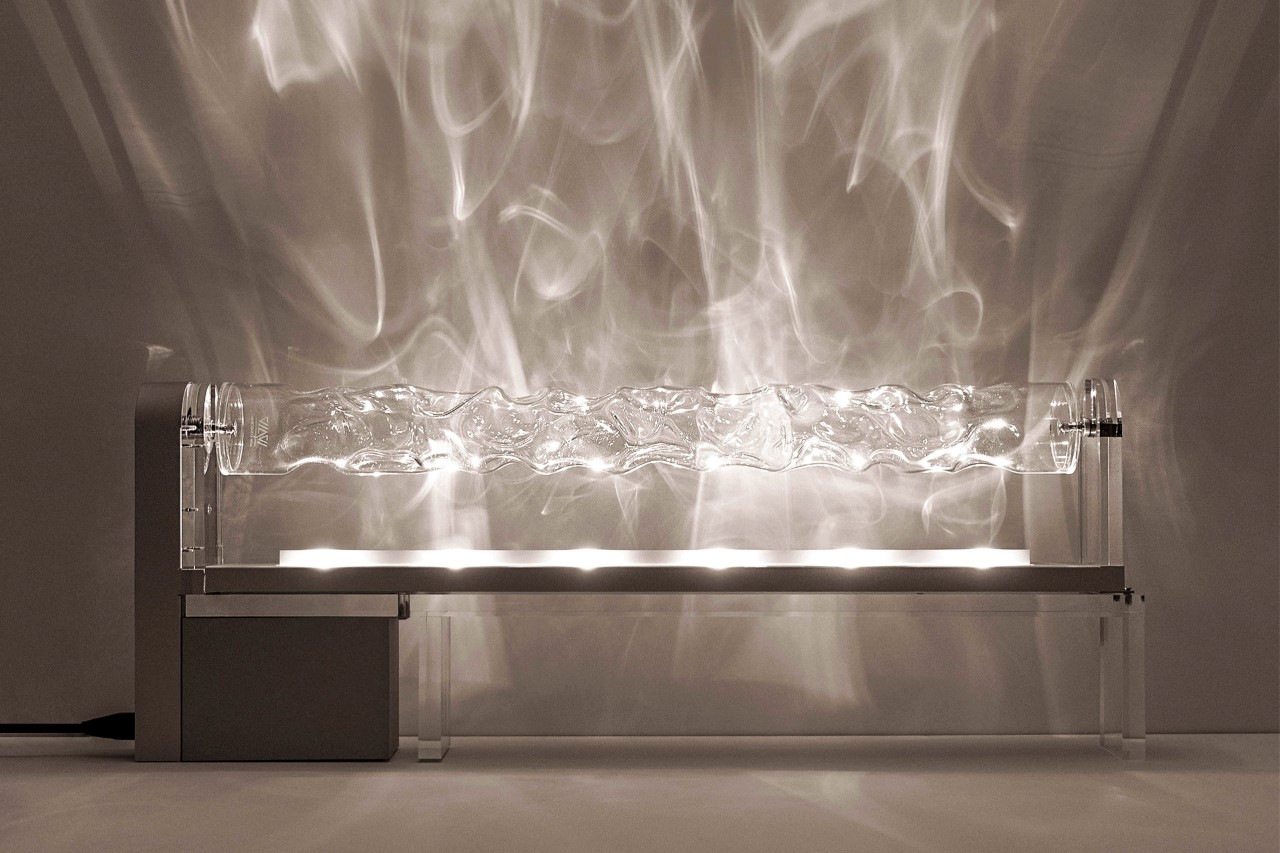
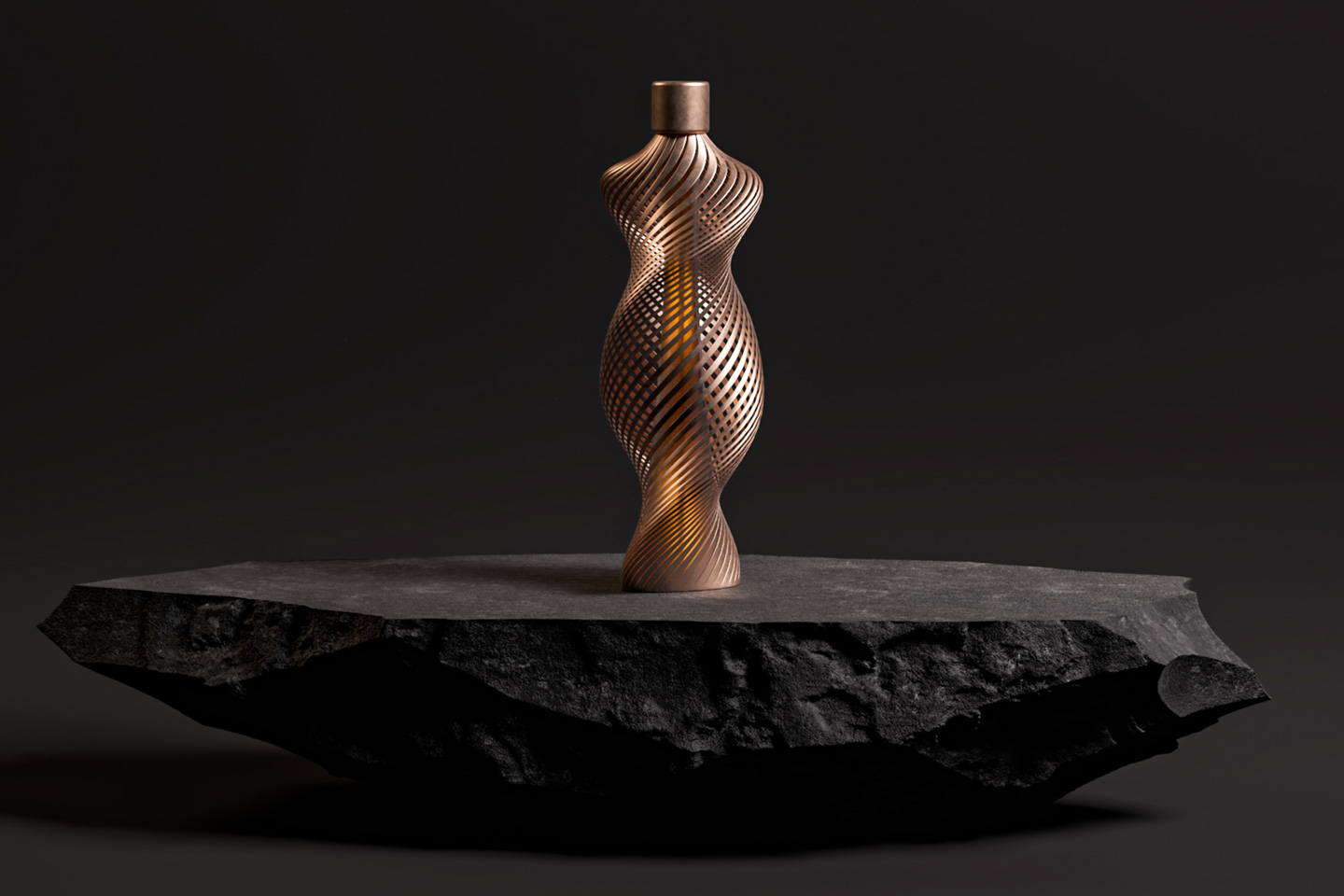
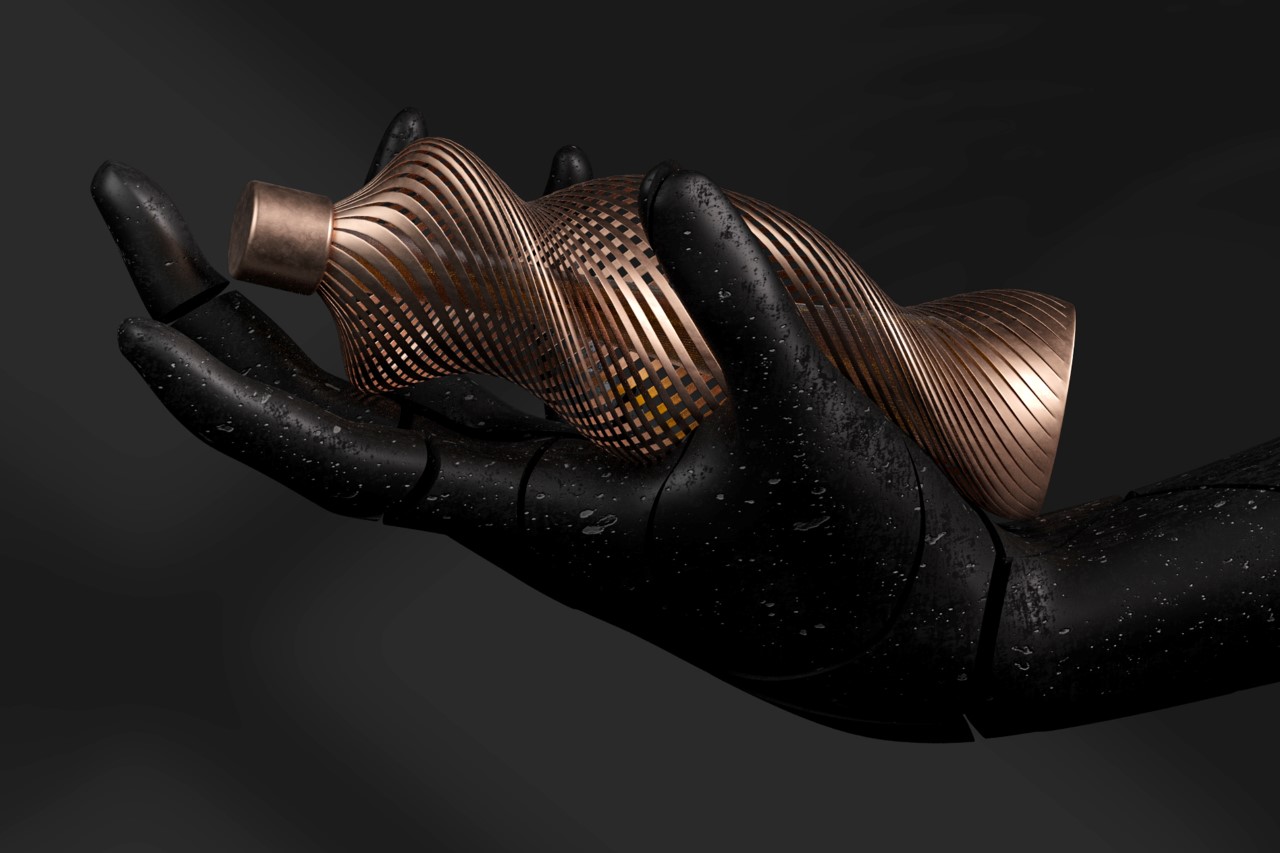
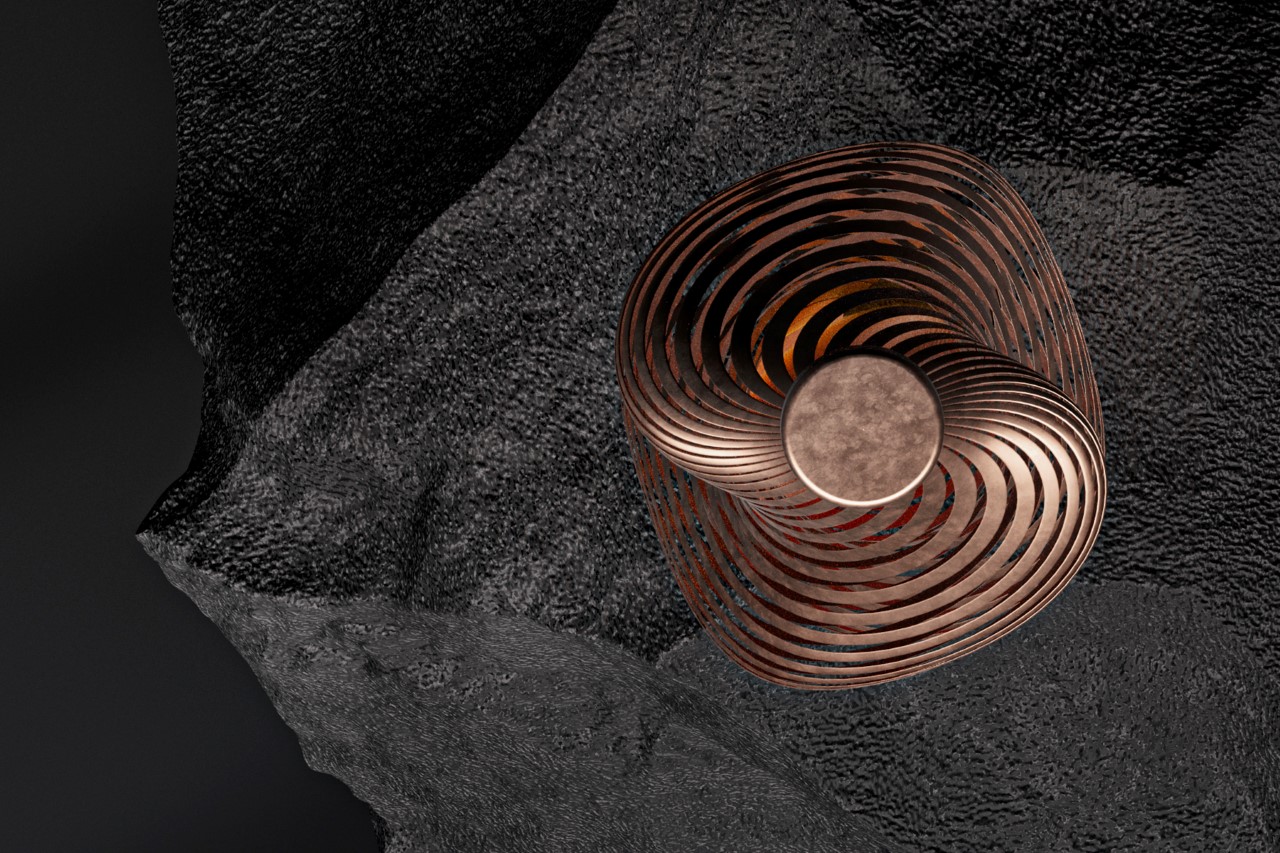
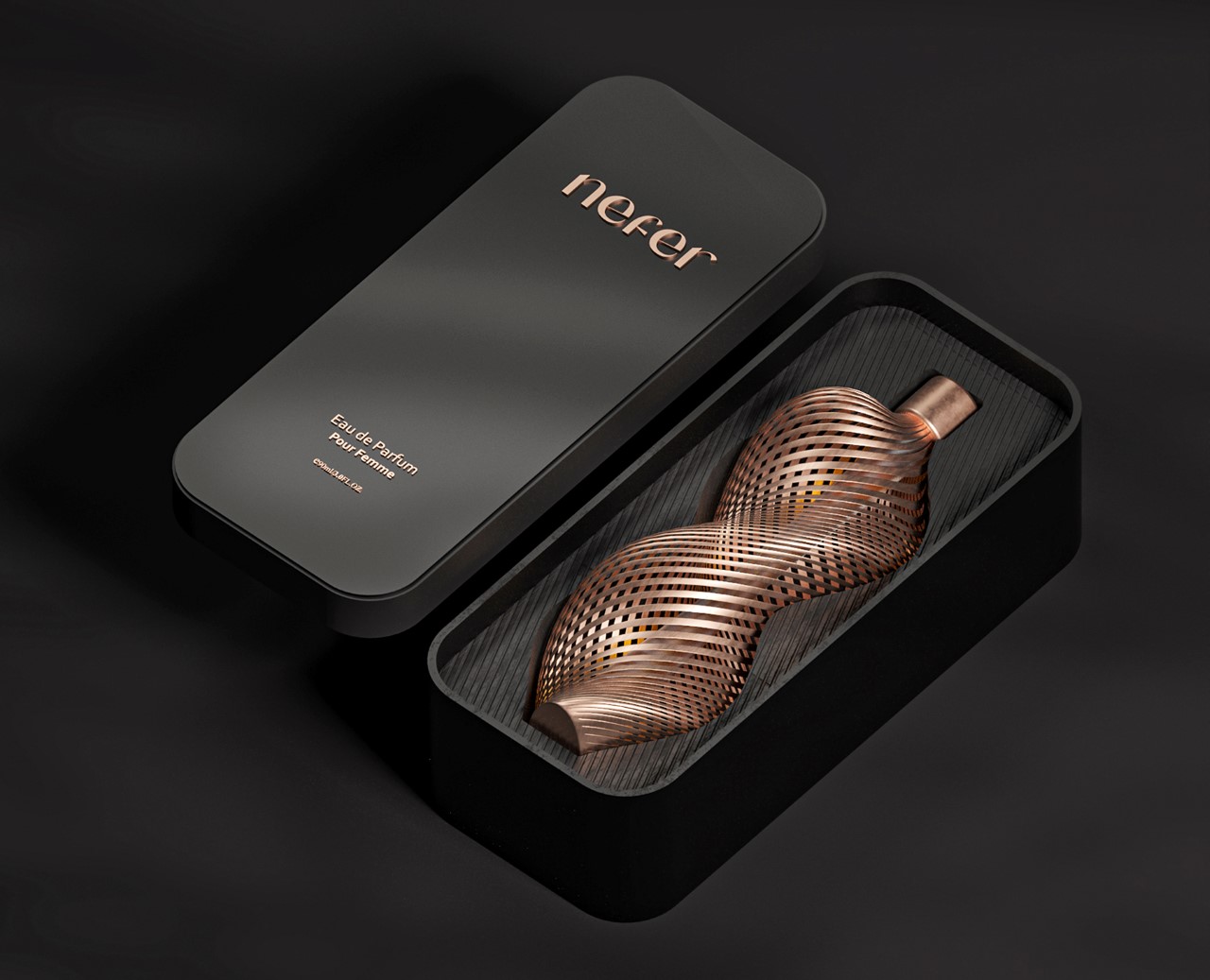
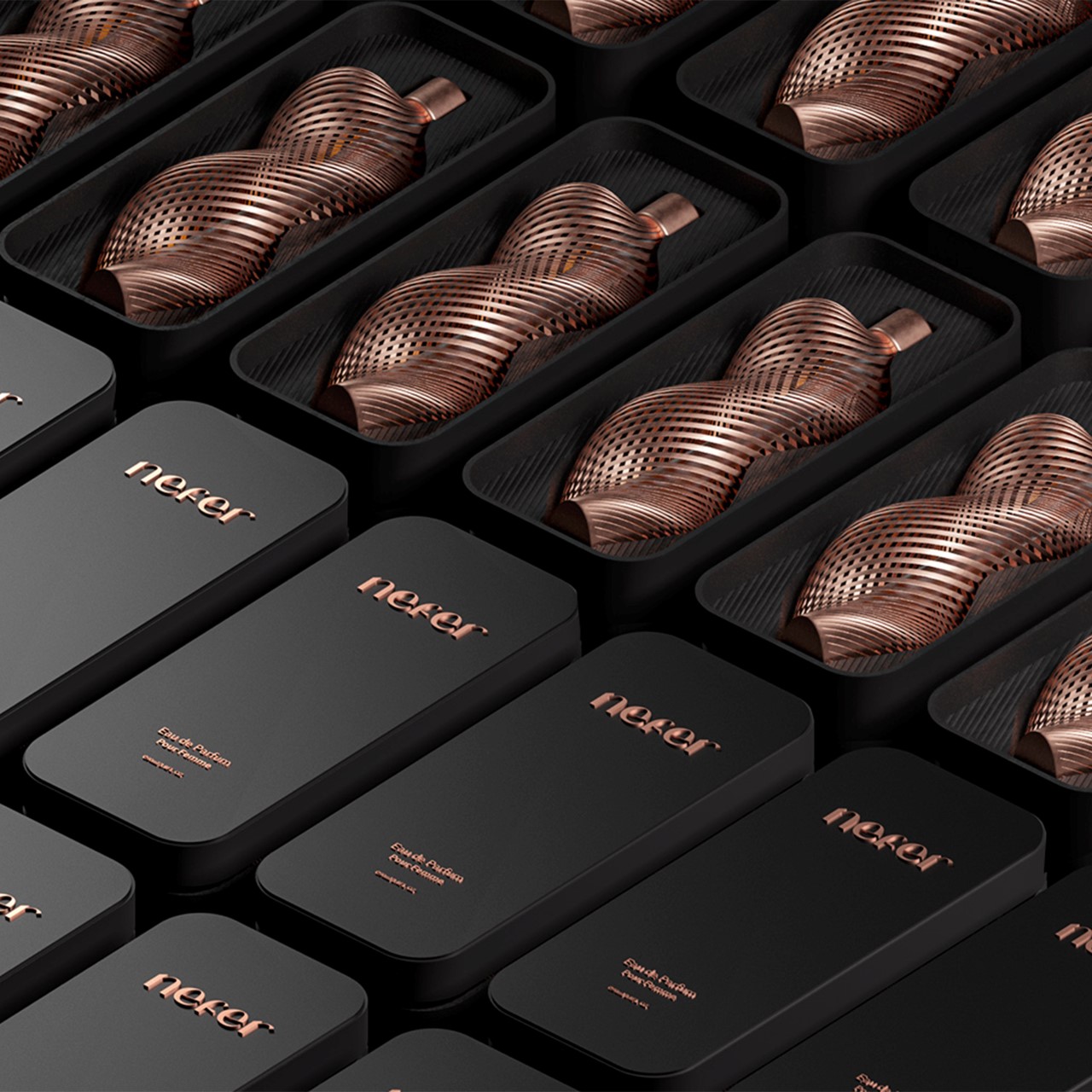
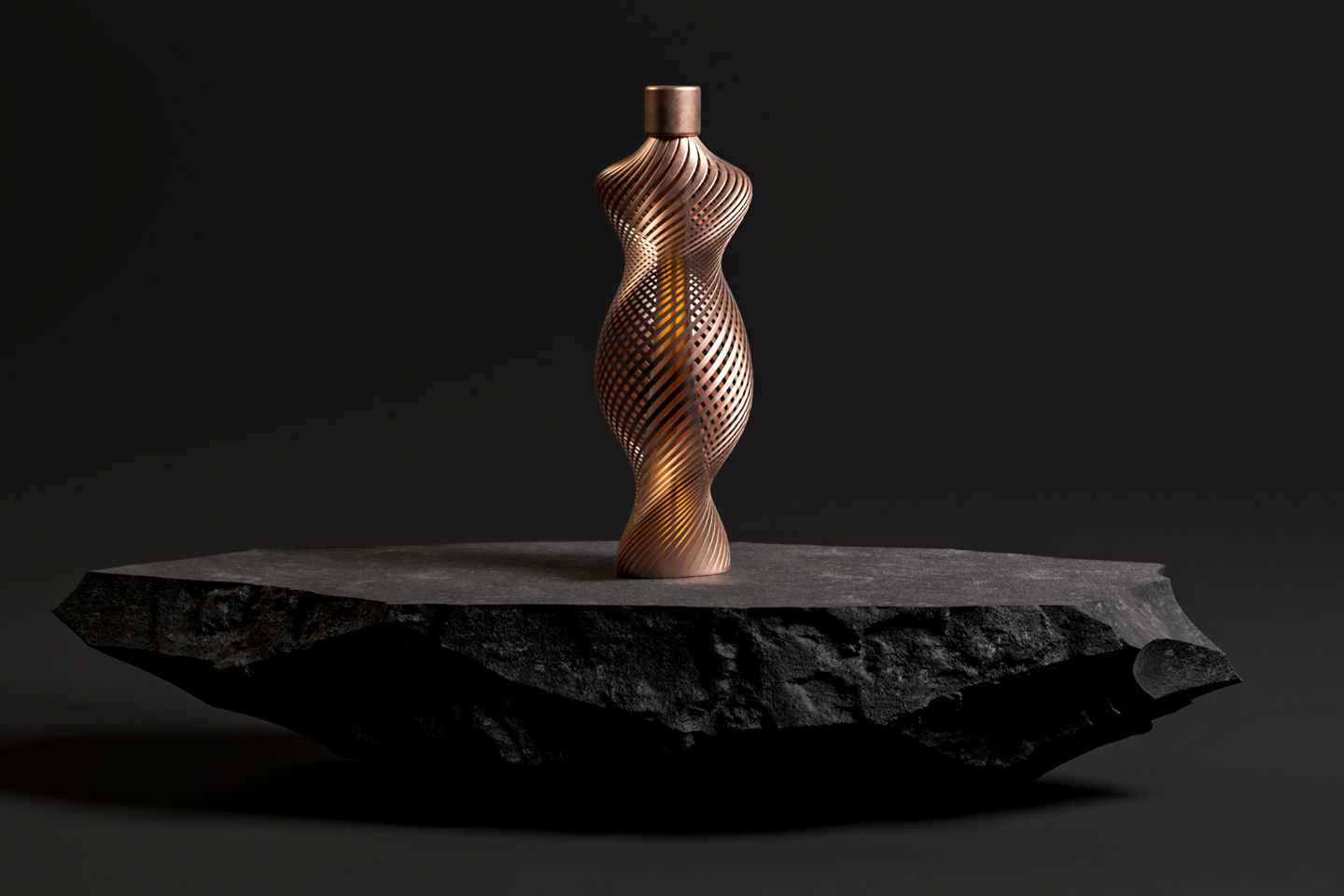
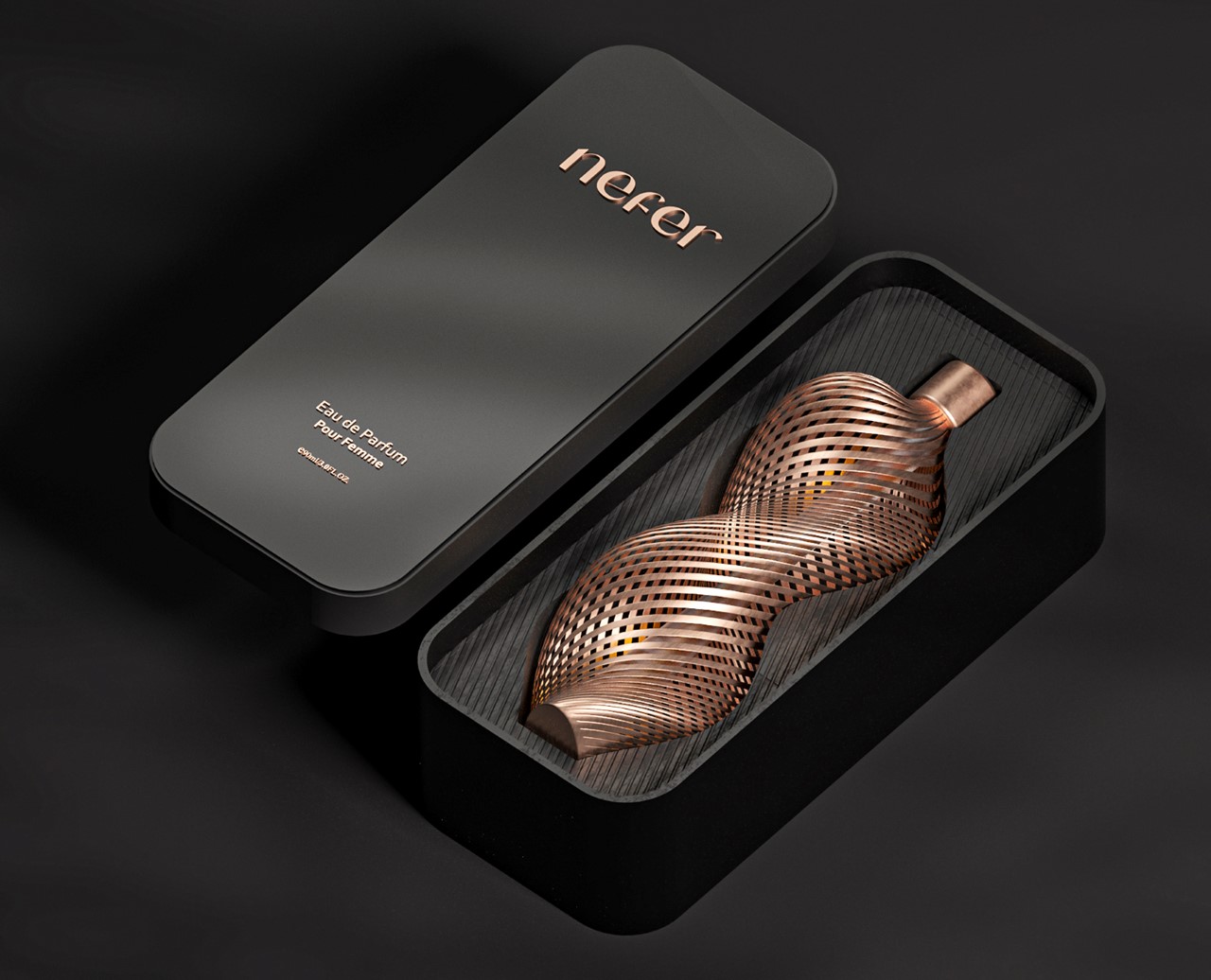
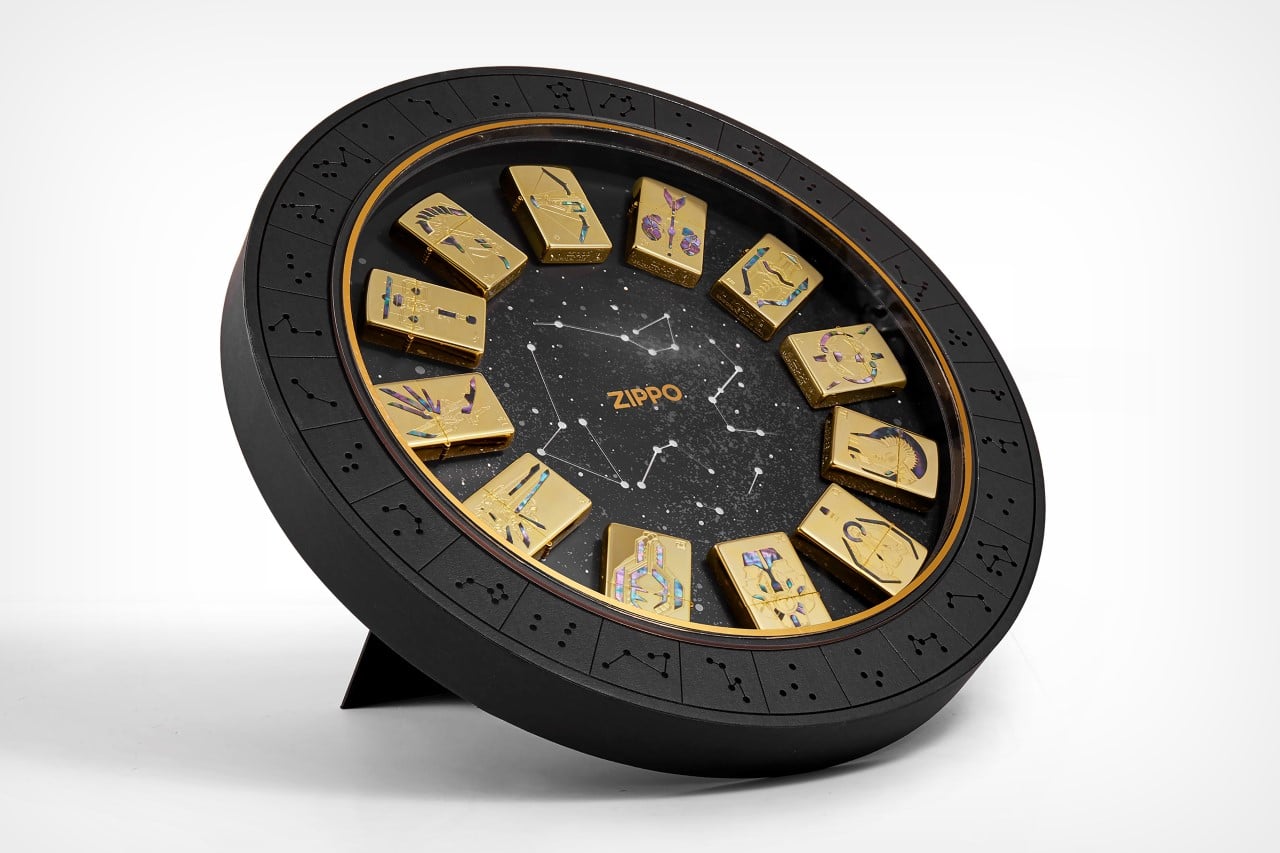
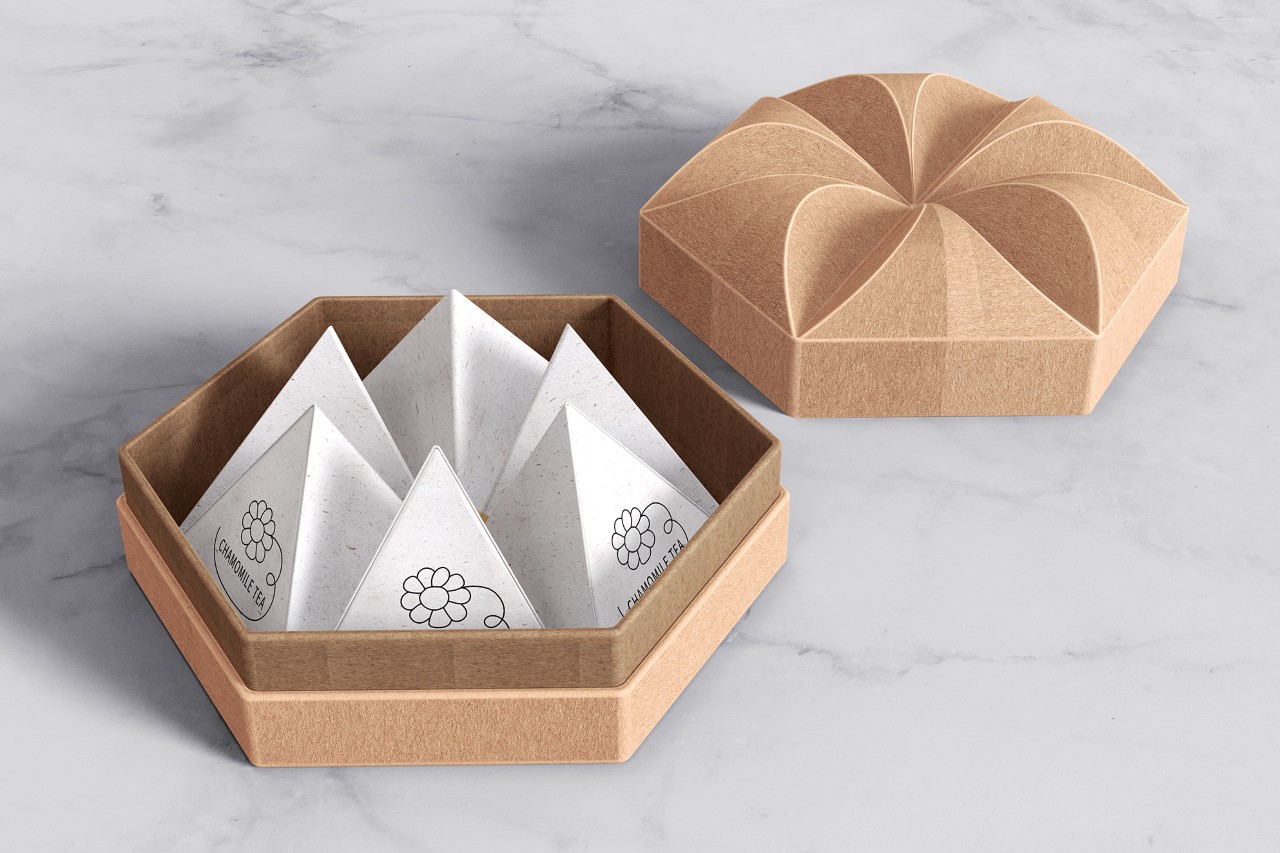
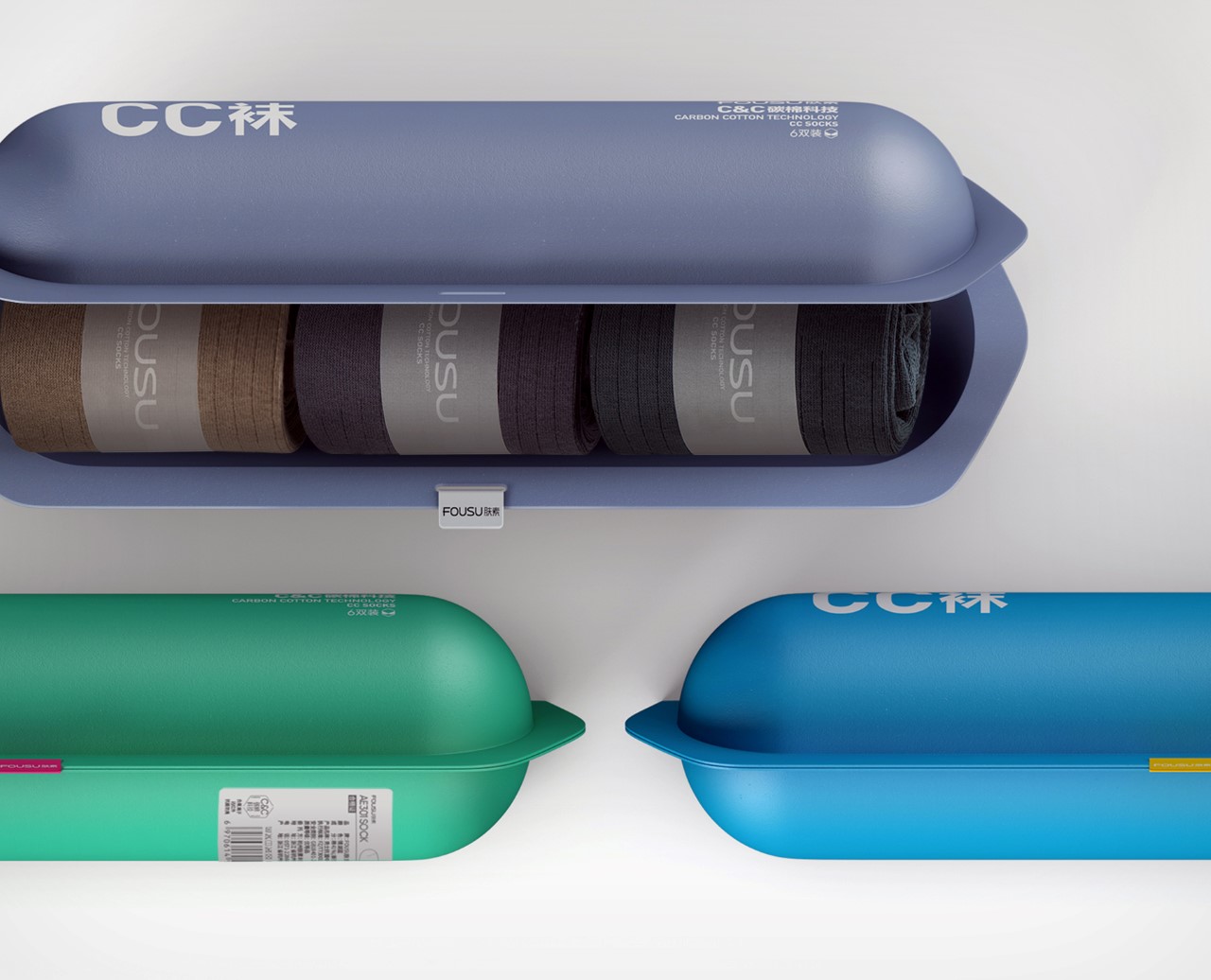
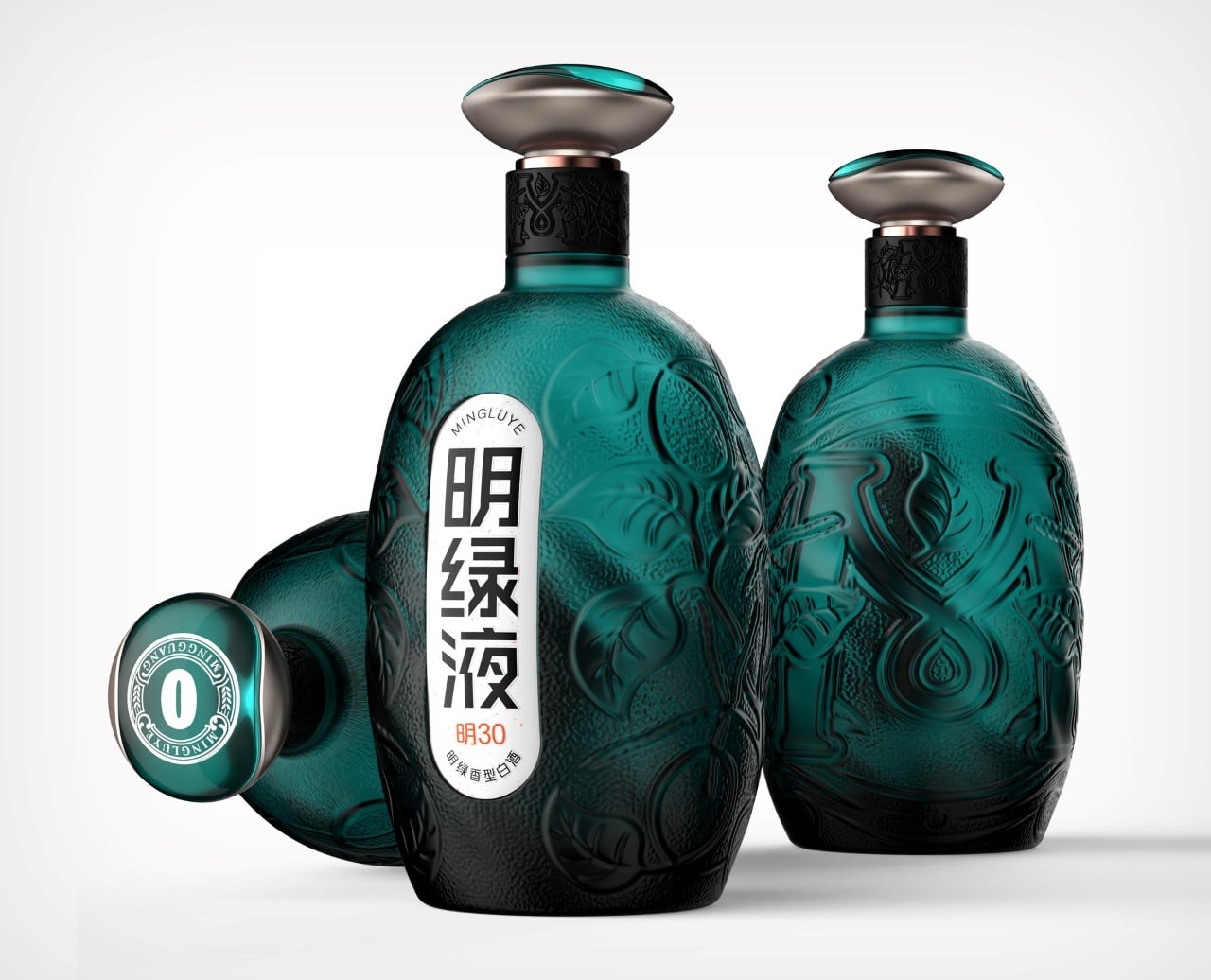
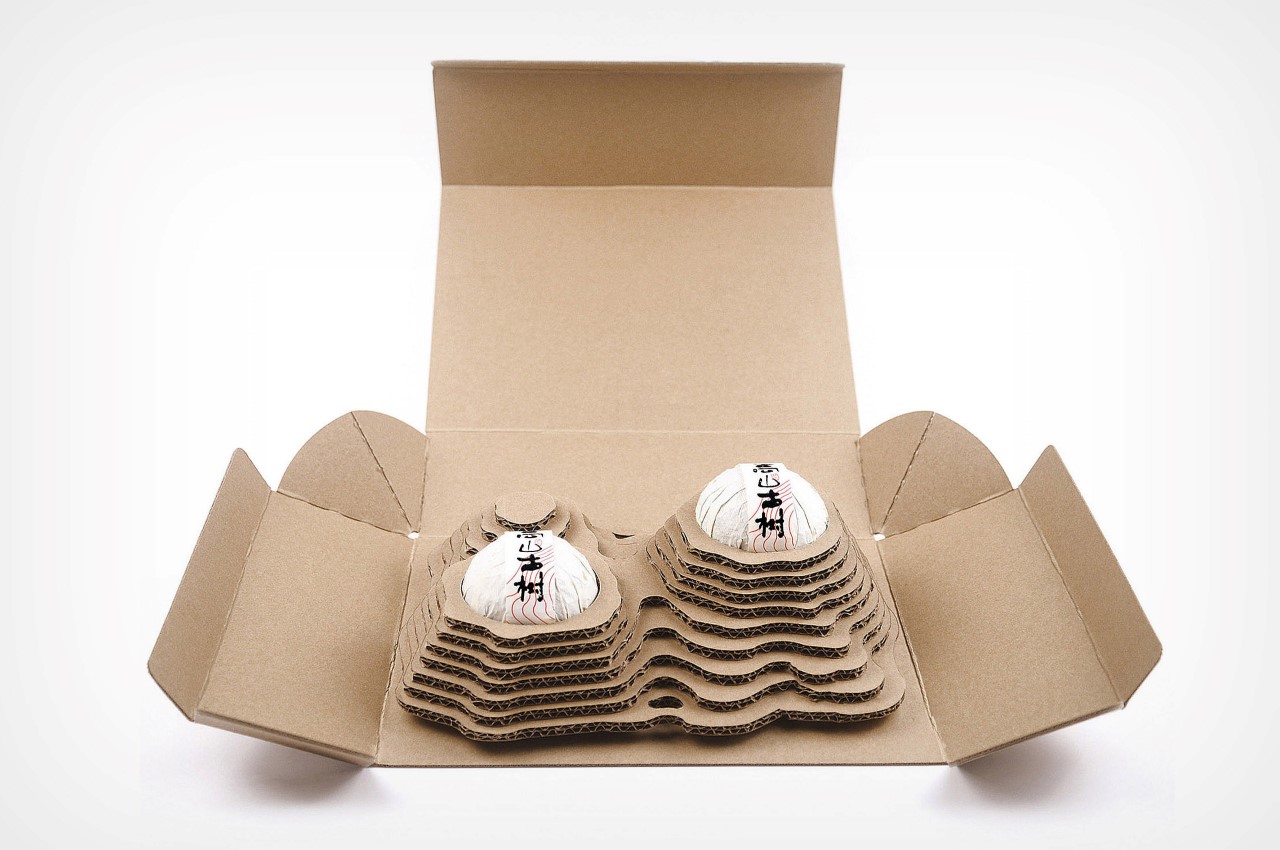
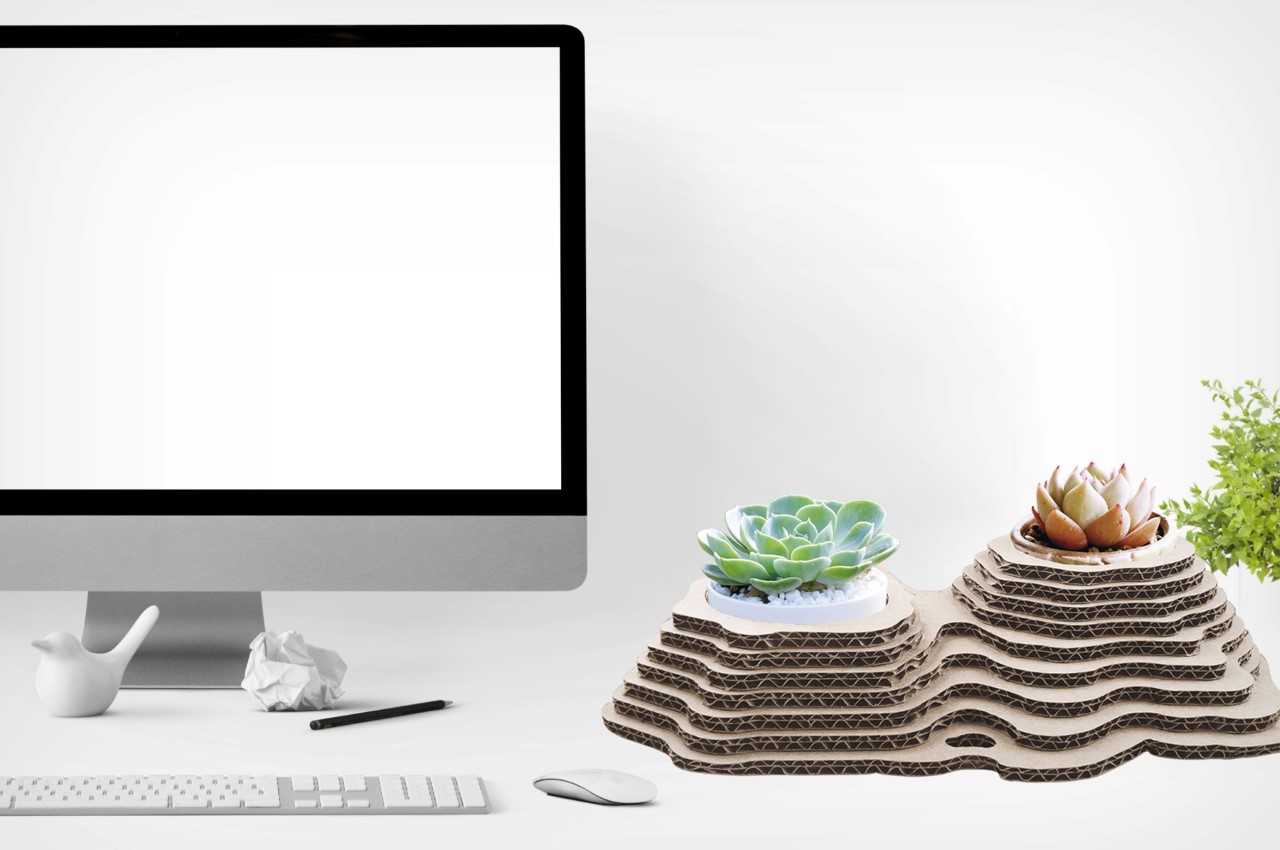
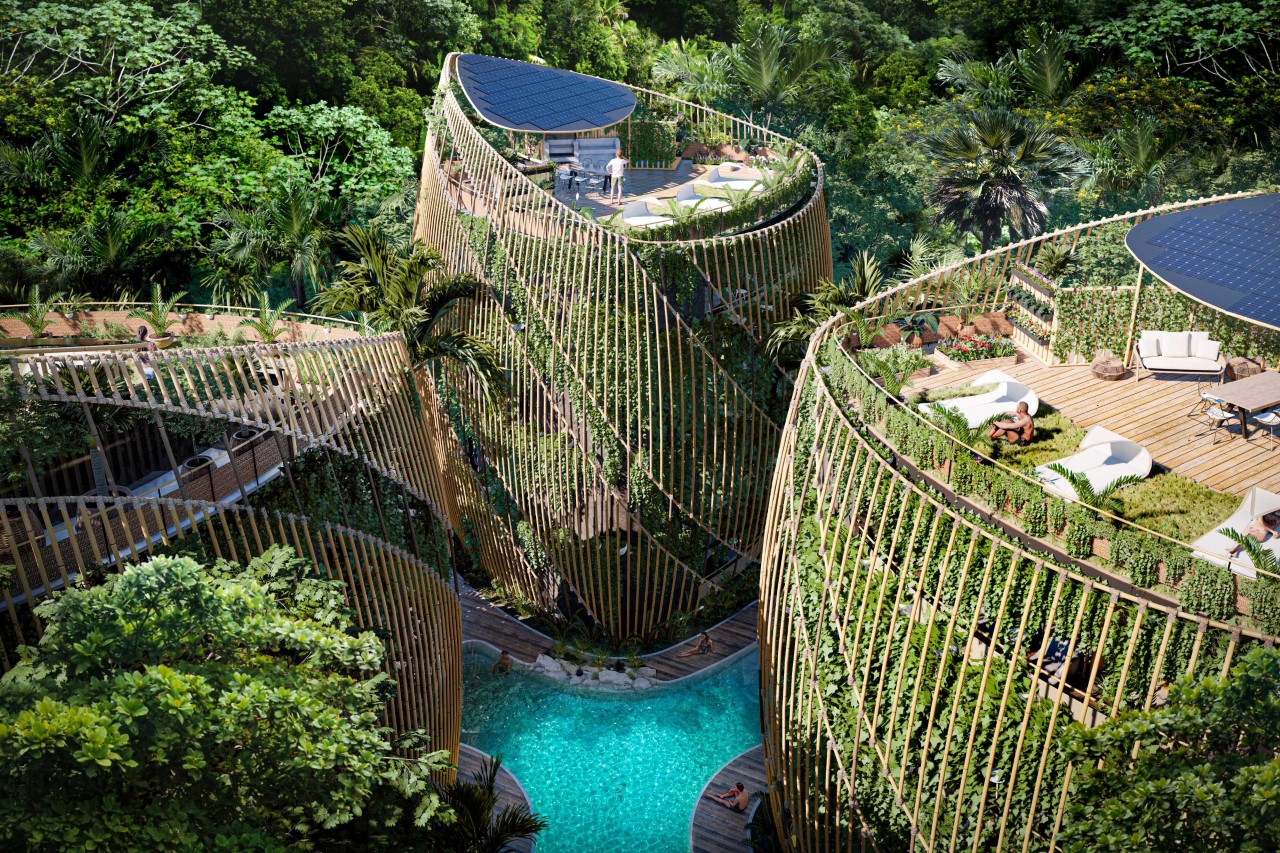
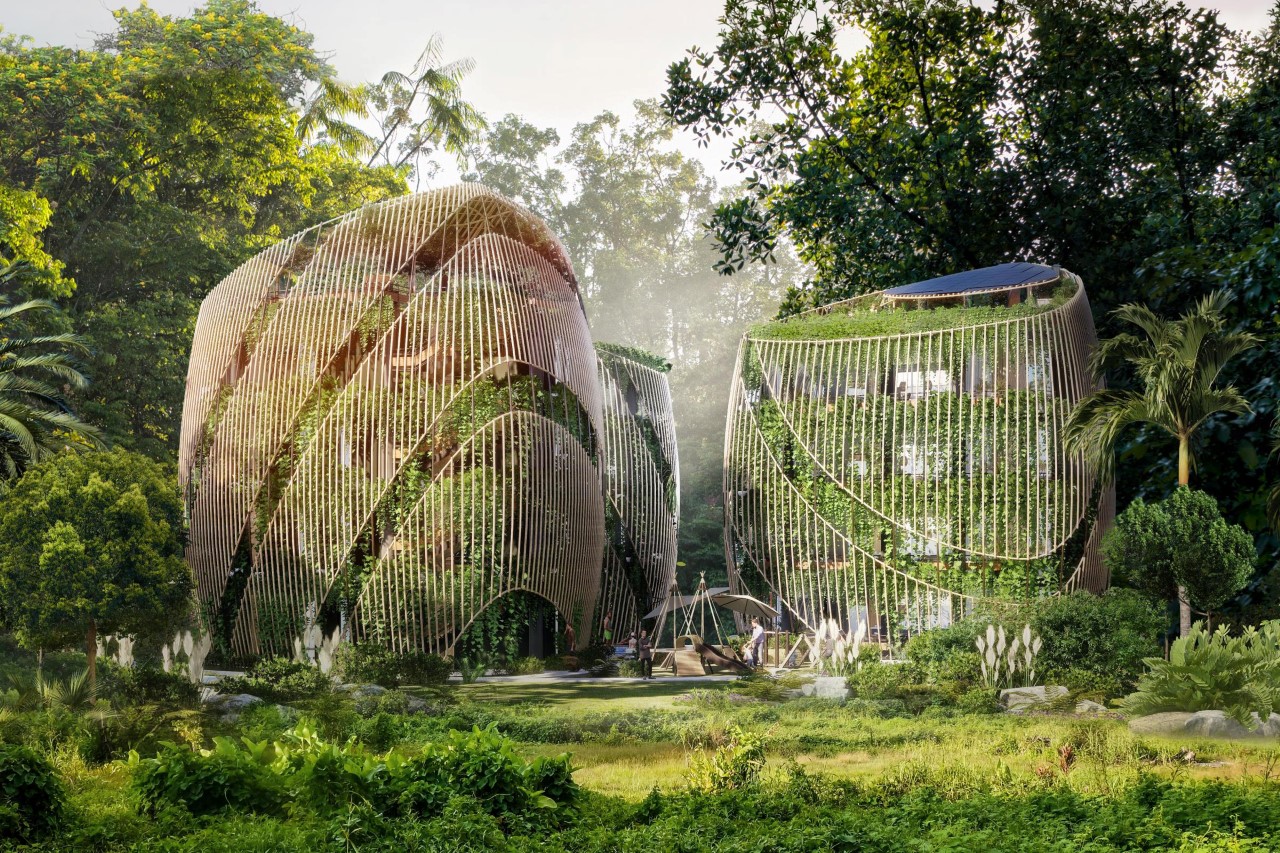 Designed by Mexico-based Sanzpont Arquitectura, ‘Living In The Noom’ puts you in the lap of nature and luxury. Its sanctuary-esque design focuses on three broad pillars – Wellness, Sustainability, and Flexibility. The community features multiple 4-storeyed houses with a uniquely alluring triangular shape, characterized by vertical bamboo channels and a vertical forest growing on the outer facade of the building. Along with giving Noom’s residents a stellar home to live in, the project even comes with amenities like greenery (70% of the project’s area is covered in nature – the buildings occupy just 30% of the overall space), as well as rejuvenation centers, meditation areas, parks, pools, workshop-centers for art, and even the organic garden for healthy eating. Finally, the structure culminates in a terrace on the fifth floor that has solar panels for harvesting energy, and an urban garden where the residents can grow their own food.
Designed by Mexico-based Sanzpont Arquitectura, ‘Living In The Noom’ puts you in the lap of nature and luxury. Its sanctuary-esque design focuses on three broad pillars – Wellness, Sustainability, and Flexibility. The community features multiple 4-storeyed houses with a uniquely alluring triangular shape, characterized by vertical bamboo channels and a vertical forest growing on the outer facade of the building. Along with giving Noom’s residents a stellar home to live in, the project even comes with amenities like greenery (70% of the project’s area is covered in nature – the buildings occupy just 30% of the overall space), as well as rejuvenation centers, meditation areas, parks, pools, workshop-centers for art, and even the organic garden for healthy eating. Finally, the structure culminates in a terrace on the fifth floor that has solar panels for harvesting energy, and an urban garden where the residents can grow their own food.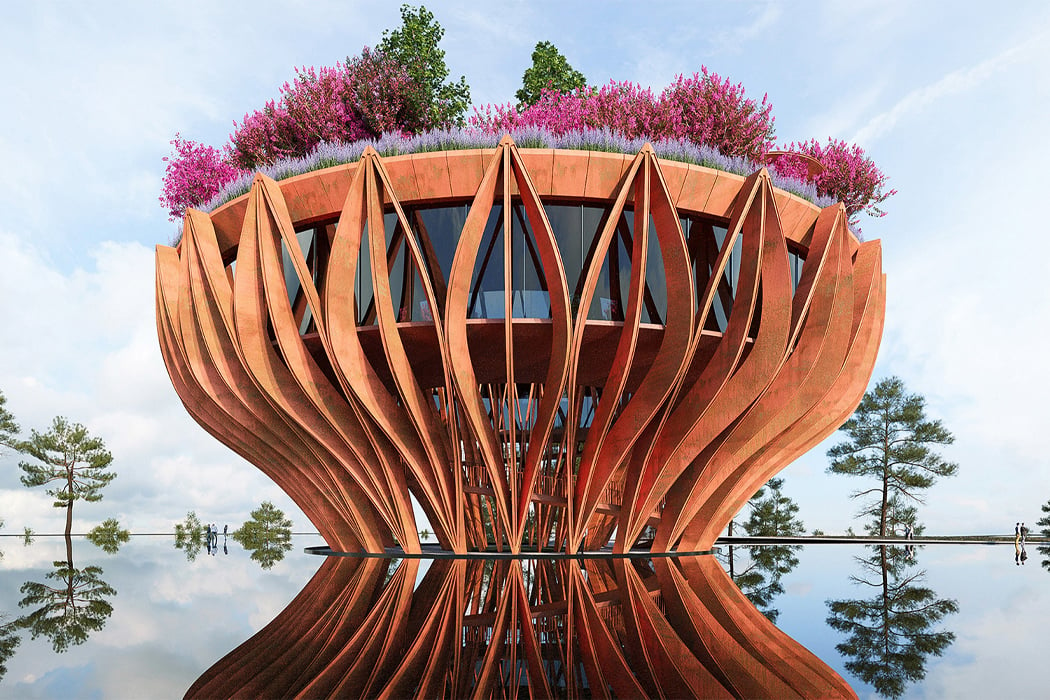
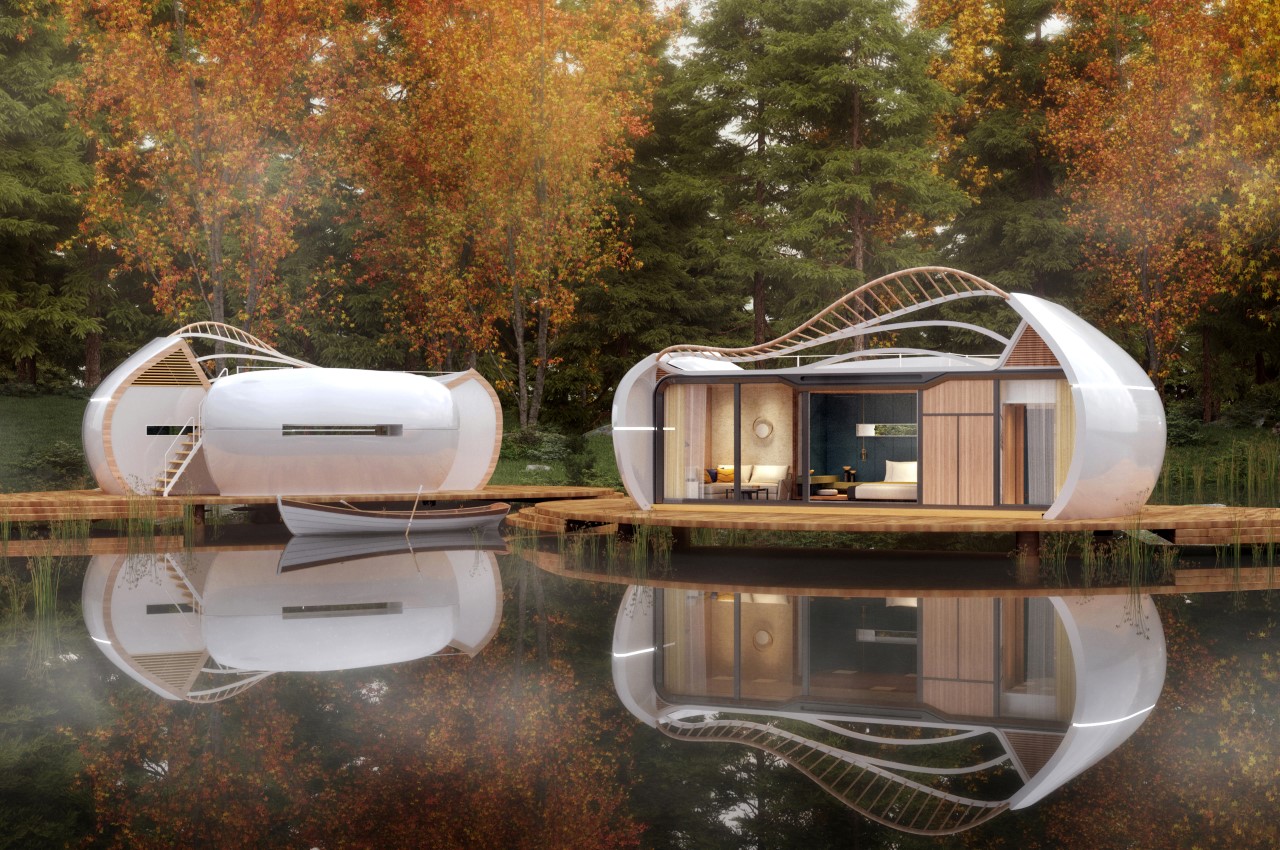 Designed so that you can have a cabin in the woods, a house on the lake, or a property on the beach whenever you want, the Time Holiday is a mobile home that’s focused on what designer Chester Goh calls ‘futuristic sustainability… or basically architecture that’s nomadic, so you don’t need to build multiple homes. Saving on total costs and unnecessary construction waste, these modular pods/villas come prefabricated and do not require any foundation. They’re built to be stable, spacious, and structurally sound, and can easily be lifted up and shifted anywhere on the planet without any limitations to terrains and topography. “Wanting to wake up to the morning of serene blue sea, lush green grassland, or a majestic golden dessert in a modular pod that is closely connected to nature has been the driving inspiration to this project”, says designer Chester Goh.
Designed so that you can have a cabin in the woods, a house on the lake, or a property on the beach whenever you want, the Time Holiday is a mobile home that’s focused on what designer Chester Goh calls ‘futuristic sustainability… or basically architecture that’s nomadic, so you don’t need to build multiple homes. Saving on total costs and unnecessary construction waste, these modular pods/villas come prefabricated and do not require any foundation. They’re built to be stable, spacious, and structurally sound, and can easily be lifted up and shifted anywhere on the planet without any limitations to terrains and topography. “Wanting to wake up to the morning of serene blue sea, lush green grassland, or a majestic golden dessert in a modular pod that is closely connected to nature has been the driving inspiration to this project”, says designer Chester Goh.